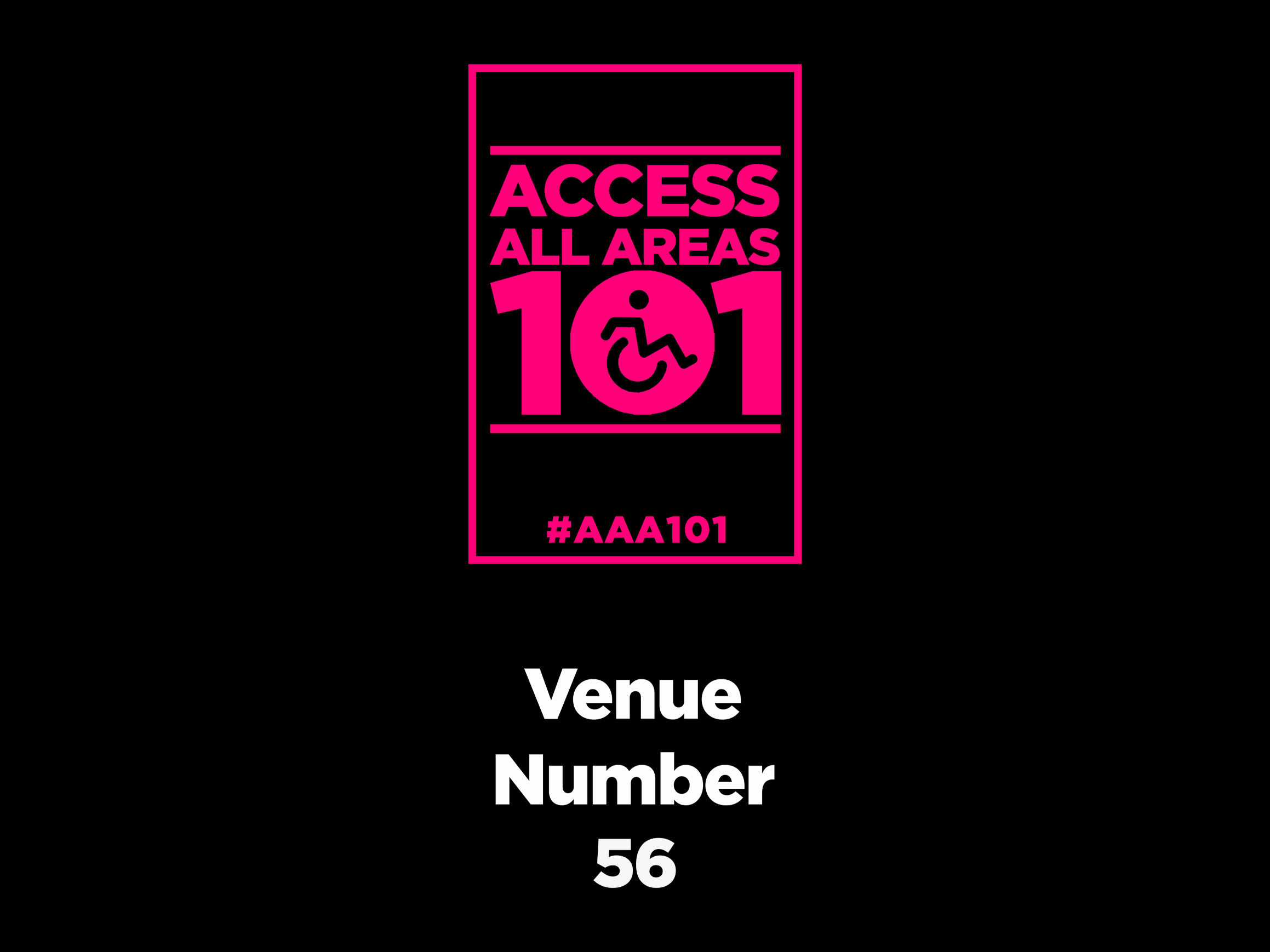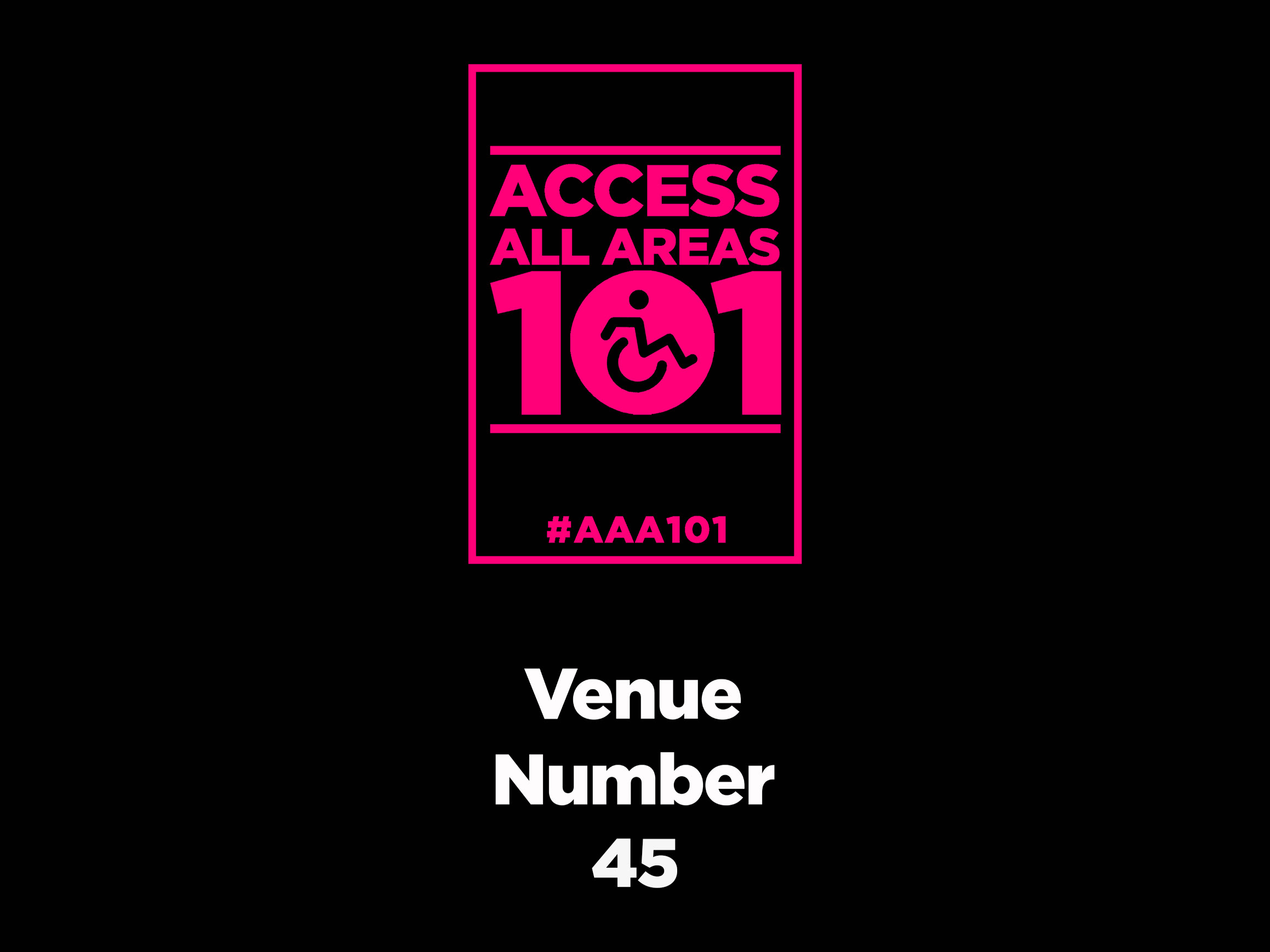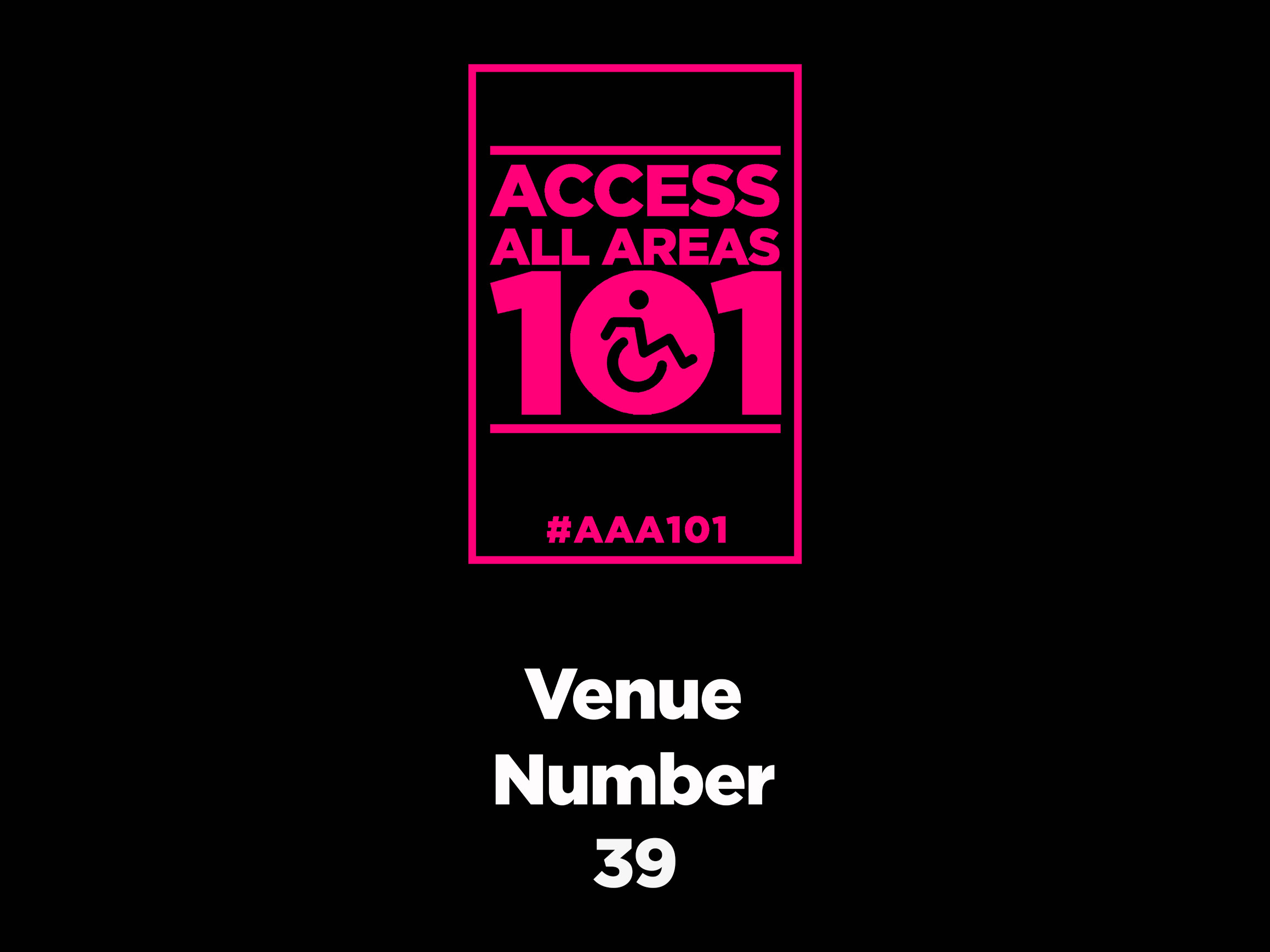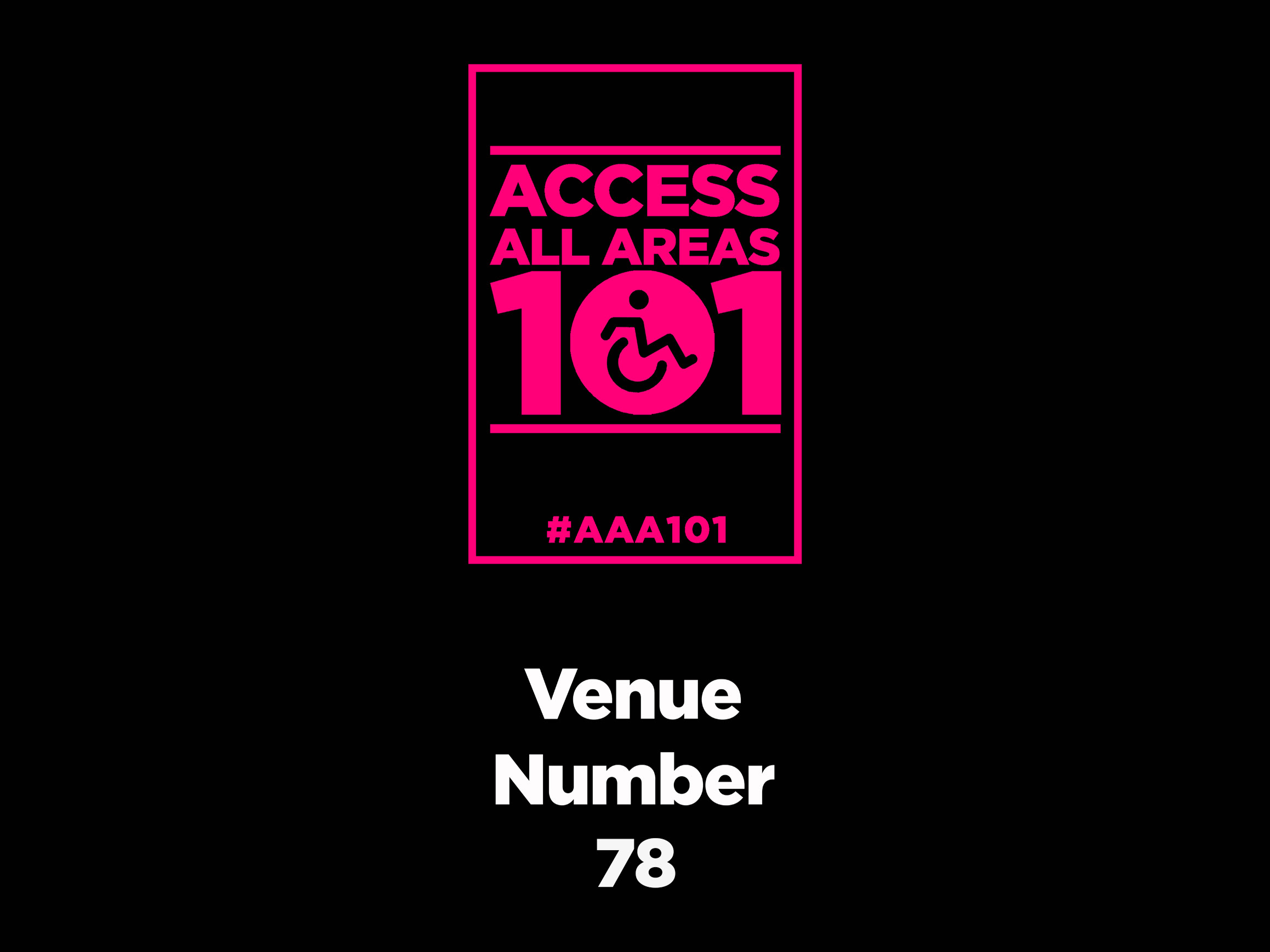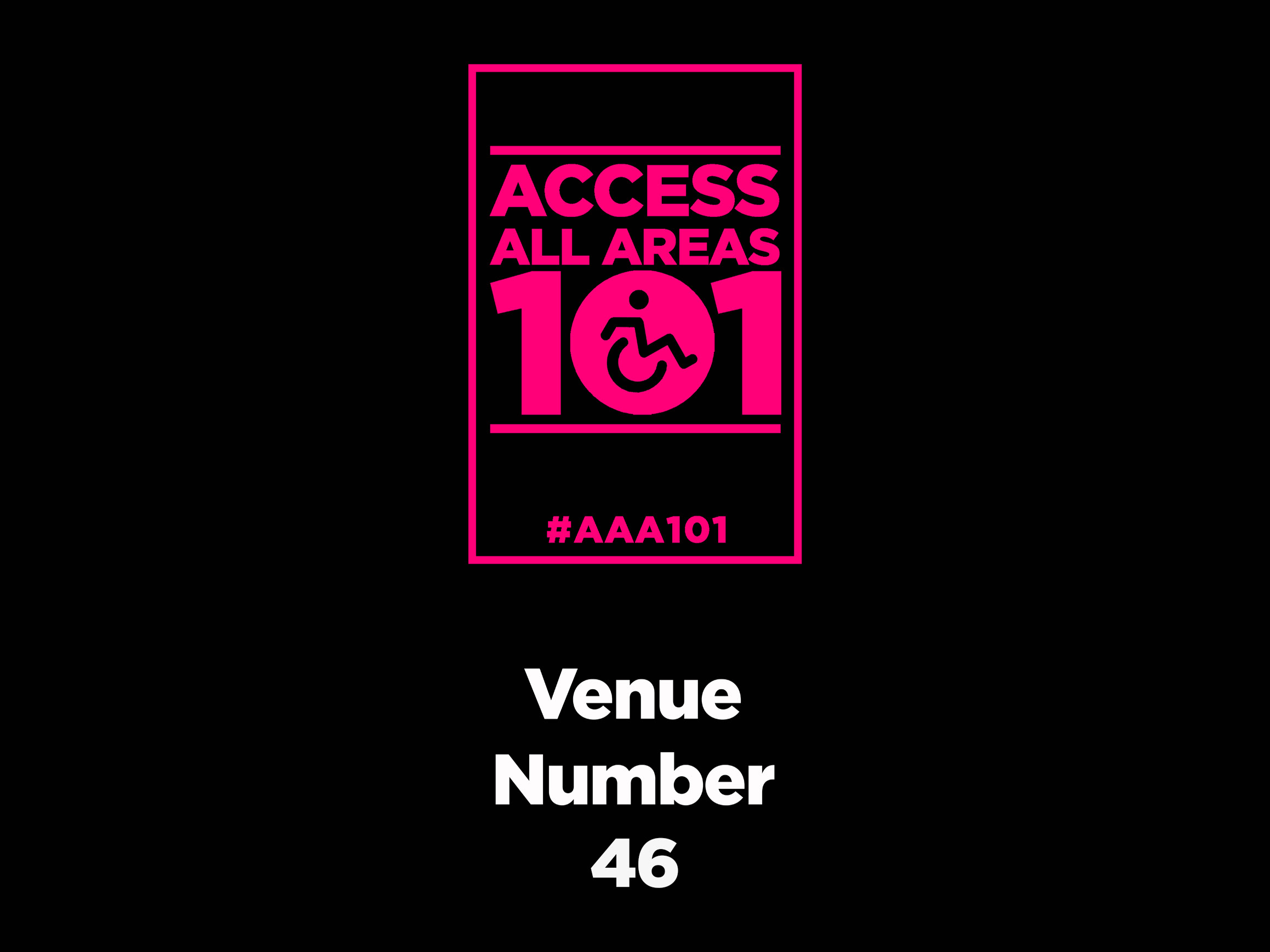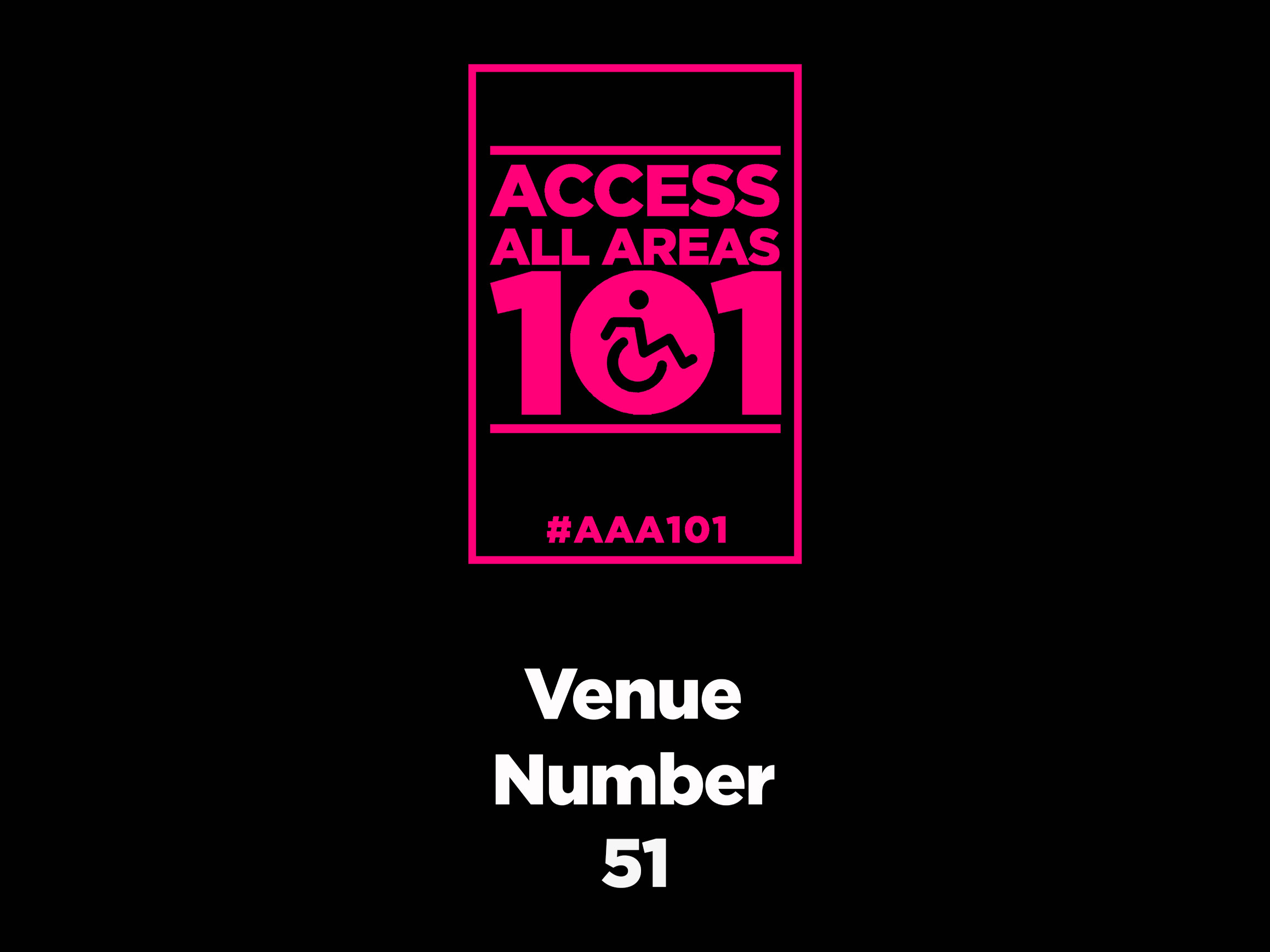Can a city centre public space, transformed into a temporary event space, live up to accessible expectations and become an outdoor venue for everyone? Is its location a problem? Does the space work? Read on and find out!
Millennium Square is Leeds’ award-winning city centre outdoor public space and live entertainment venue.
Situated in the heart of the civic quarter, the venue is surrounded by some of the city’s other most significant and iconic buildings, including Leeds Civic Hall, Leeds Town Hall, The Carriageworks Theatre and Leeds City Museum. This unique space is accessible to all and hosts a varied programme of year-round events, including Summer Live Music Concerts, ITU World Triathlon Series, Christkindelmarkt German Christmas market, Ice Cube outdoor temporary ice rink, Leeds Food & Drink Festival, together with various multi-cultural and community celebrations including Leeds Pride, Vaisakhi and St Patrick’s Day celebrations.
The square is also home to the Leeds Big Screen, regularly showing live major sporting events including Wimbledon Tennis Championships and World Cup and European Championship Football, plus various theatrical screenings and other cultural and local content.
The total area of Millennium Square is 4,500m² with a capacity of up to 2,500 seated or up to 5,904 standing.
https://www.millsqleeds.com/venue-hire/millennium-square/
BOOKING
Leeds Ticket Hub handles accessible bookings for events at Millennium Square. The Hub is a central system run by Leeds City Council for booking arts, events, and venues across Leeds.
The Ticket Hub has an access scheme in which you register your details and access needs to set up an account, providing evidence of your eligibility, which is put on file. The form is easy to complete and can be accessed online.
From that point, whenever you want to book tickets for any of their venues or events, you can simply contact the Ticket Hub, and booking is easy. Being registered with the access scheme also entitles you to a complimentary companion ticket.
For the Sounds of the City Summer Series, people requiring access tickets are asked to either telephone the Ticket Hub or email them. Accessible bookings cannot be made anywhere else. By booking with the ticket hub, you will either be allocated space on the accessible viewing platform or a suitable seating option for seated events.
If you have a large wheelchair or scooter, you will be asked to use the viewing platform for seated events, allowing everyone to enjoy the show without their view being compromised fully. The viewing platform also ensures you are close to the accessible toilets.
If the accessible viewing platform is sold out, you can still book general admission tickets, but you will not be able to access the platform or its facilities.
If you have access needs but you don’t have platform tickets, it’s always worth asking the platform staff if you can be accommodated. If the platform is not sold out, places can be allocated on a first-come, first-served basis, but this is not guaranteed.
Since I was already registered with the Ticket Hub, I called them on the day this event was announced. I was advised when the tickets would be available, so I called back that day and booked over the telephone.
I received my PDF tickets via email, which included a QR code that could be scanned on my mobile device or printed out. I also received an email a couple of days before the event with additional information about the venue, travel arrangements, provisional show times, catering facilities, bag restrictions, and other details.
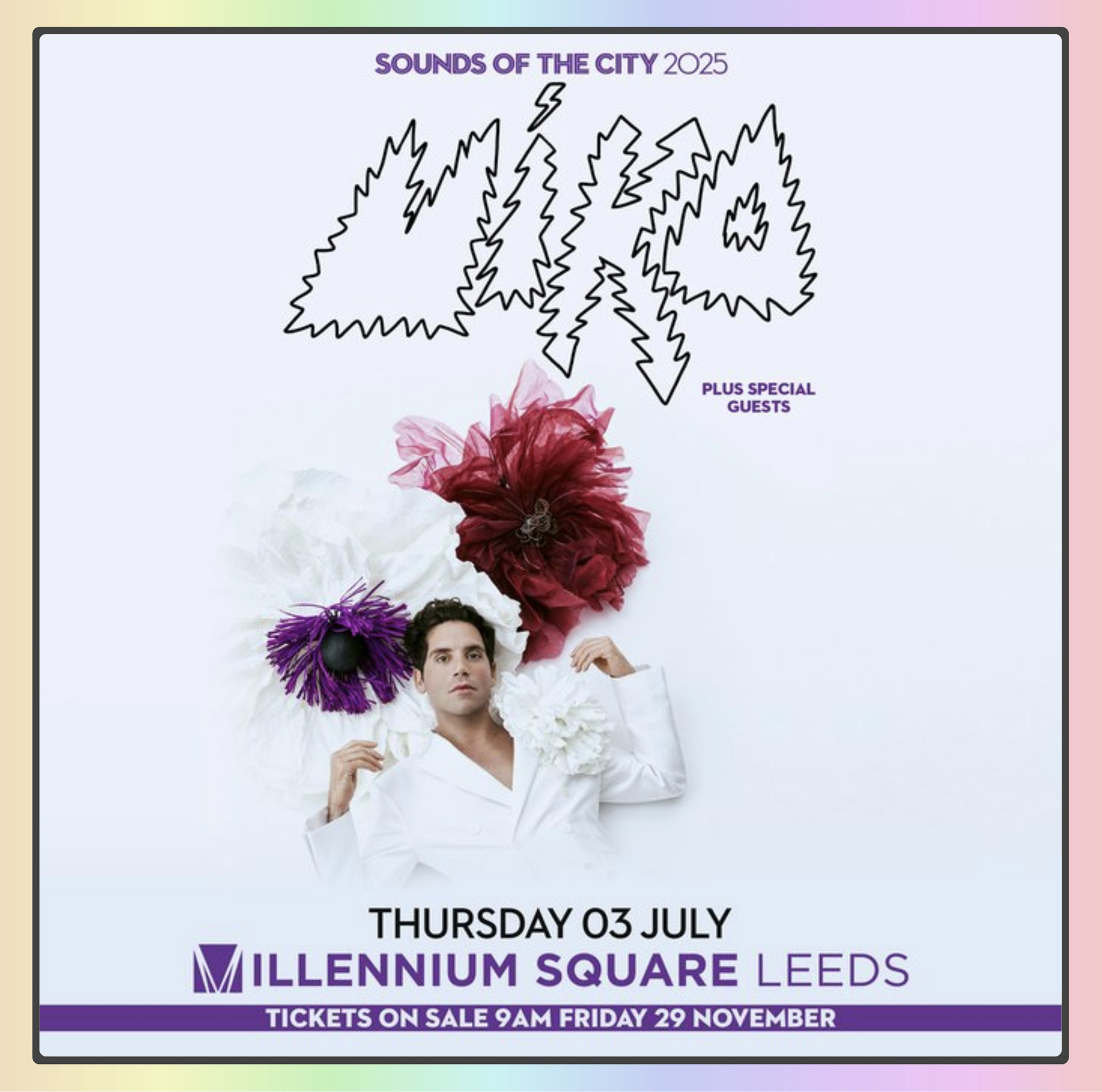
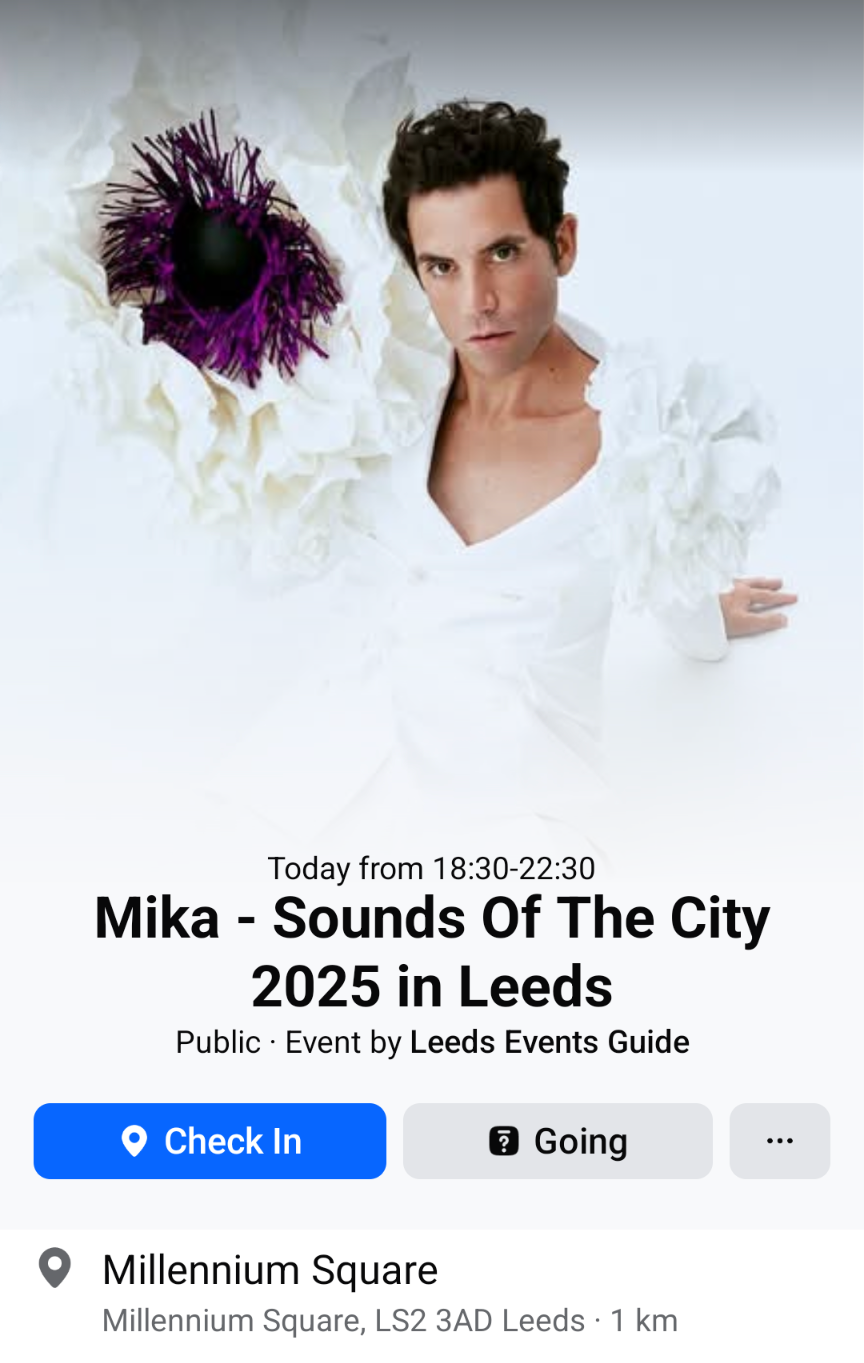
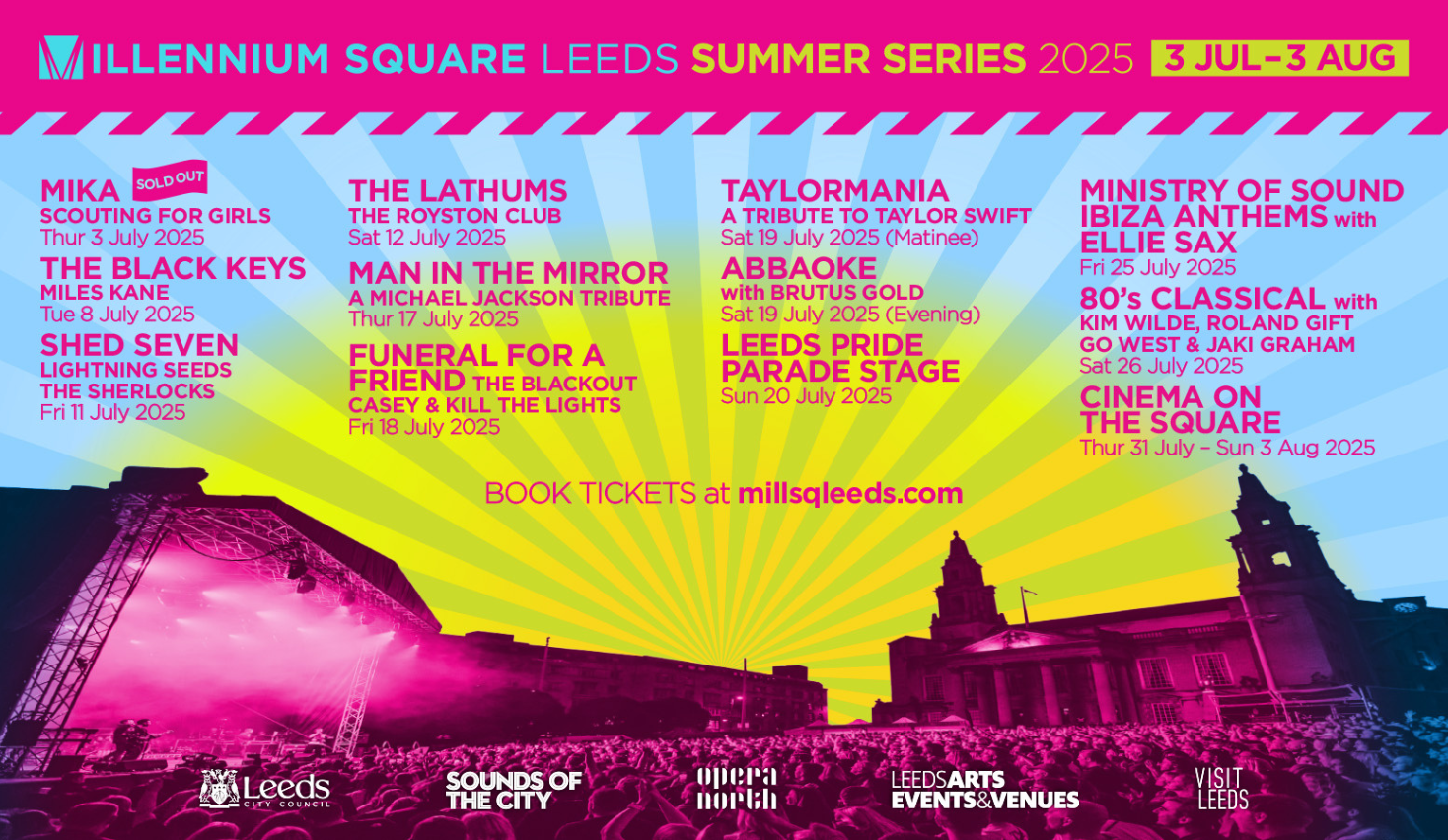
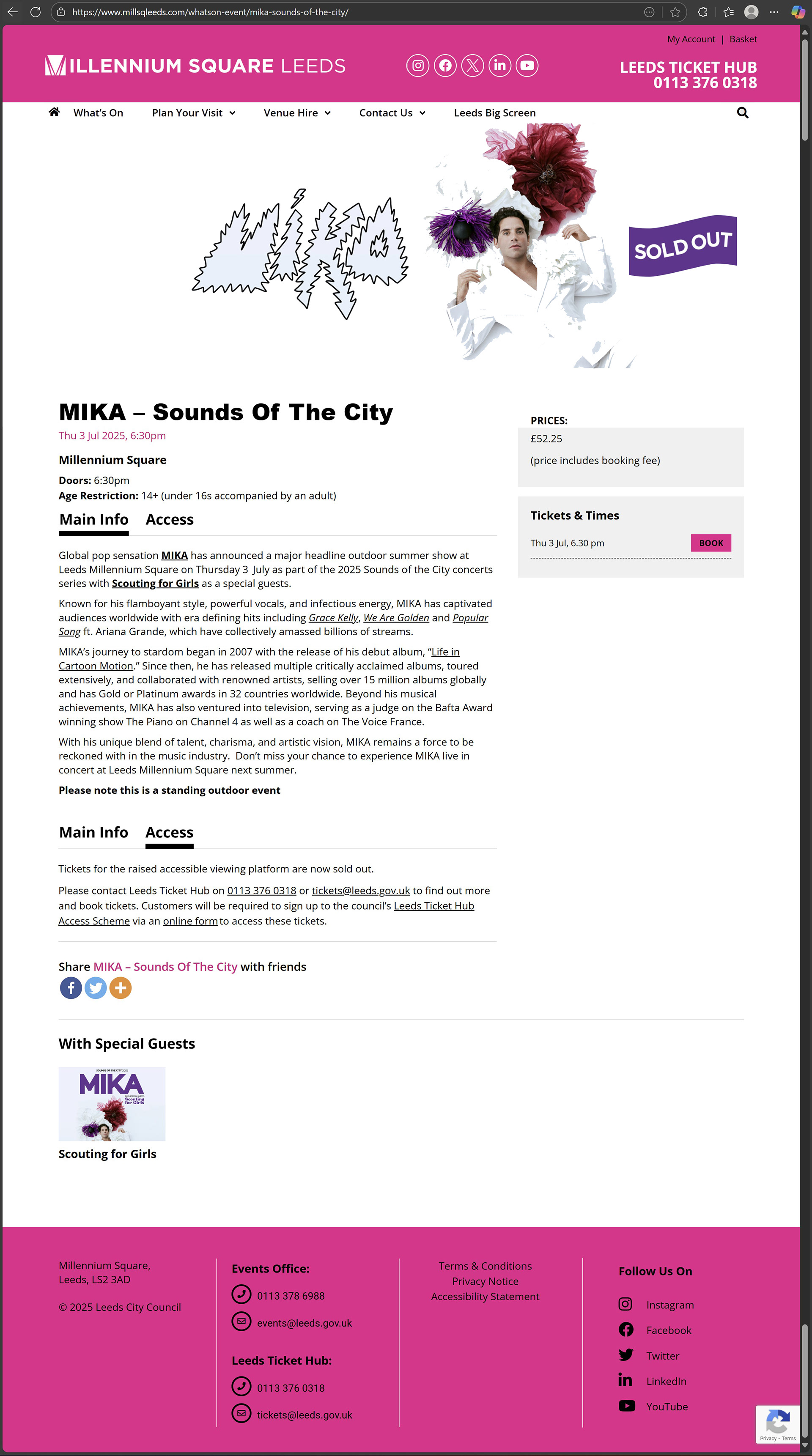
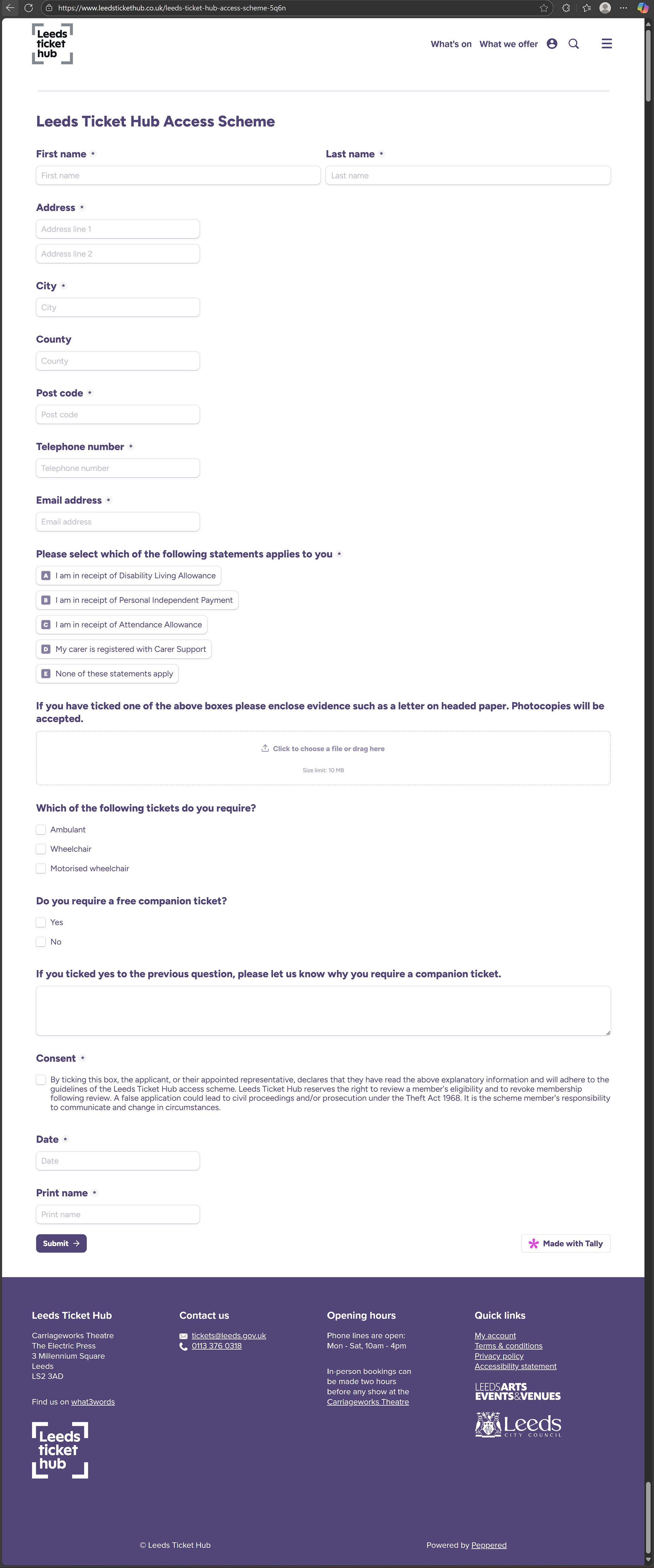
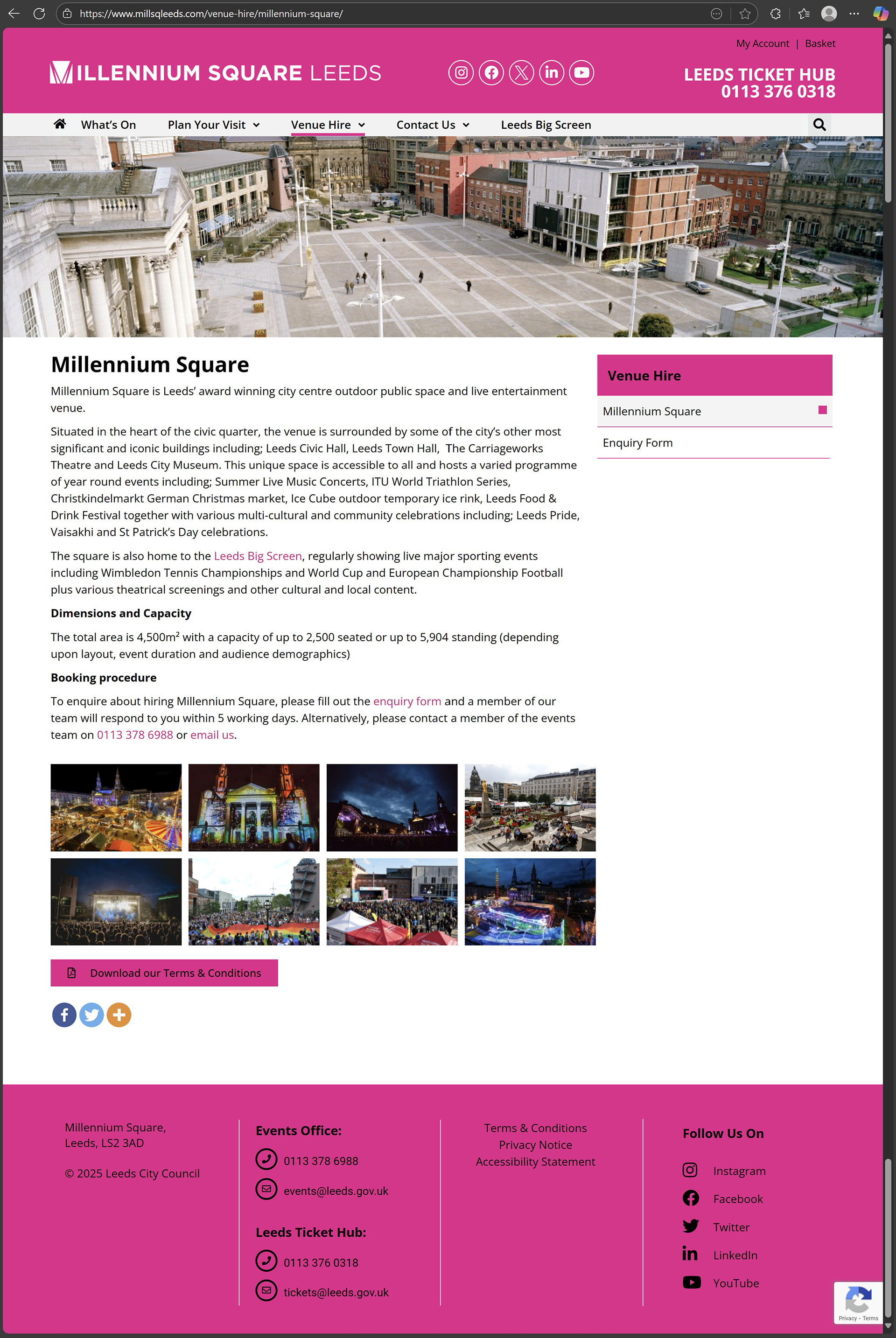
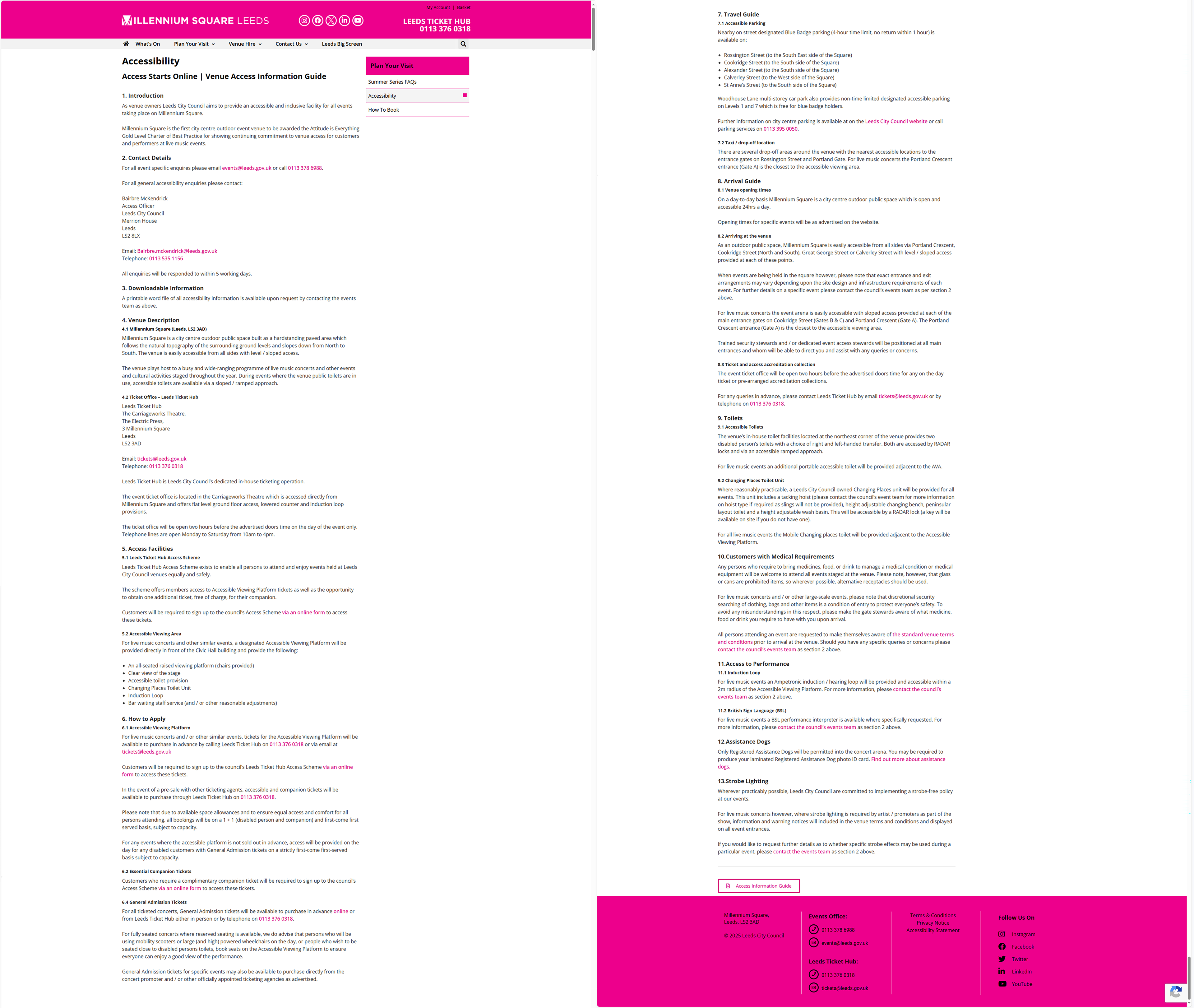
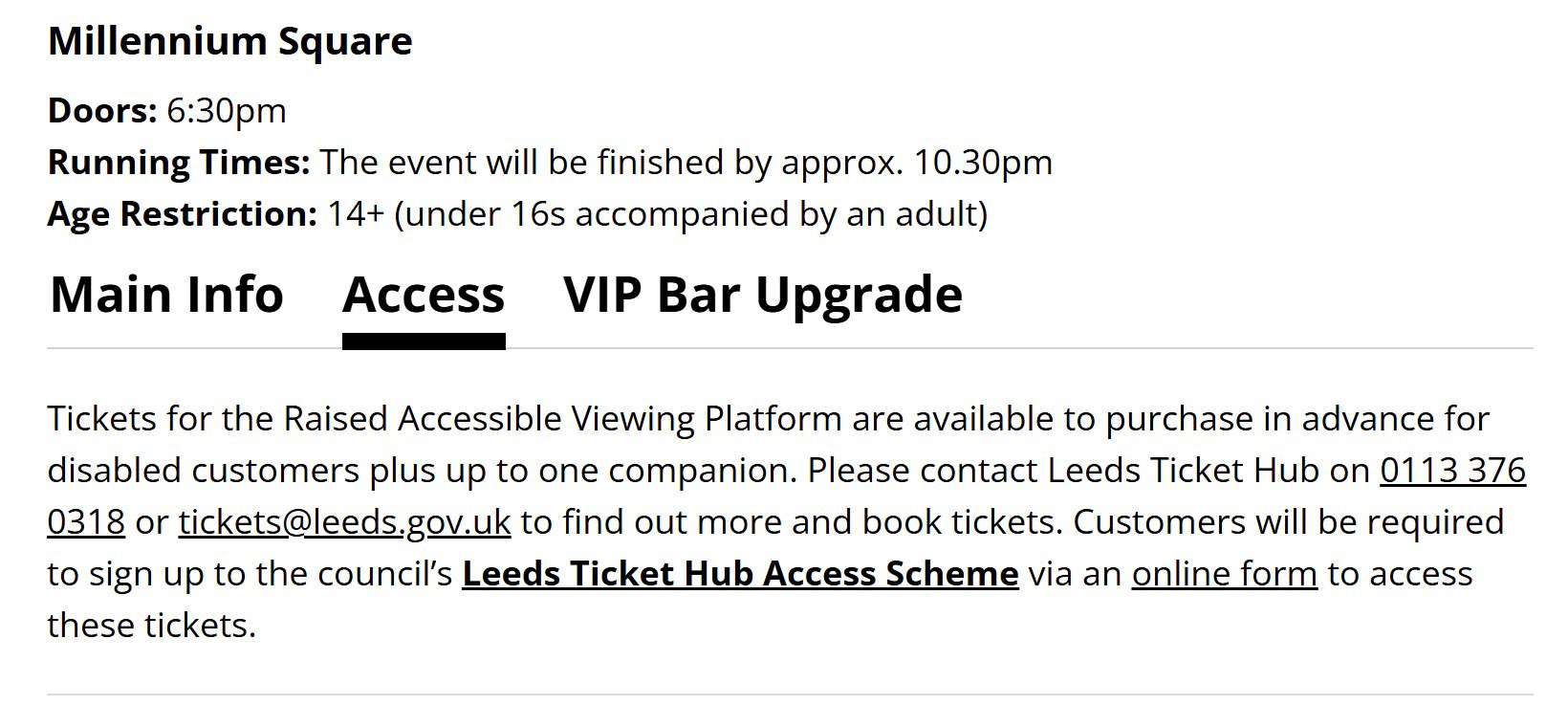

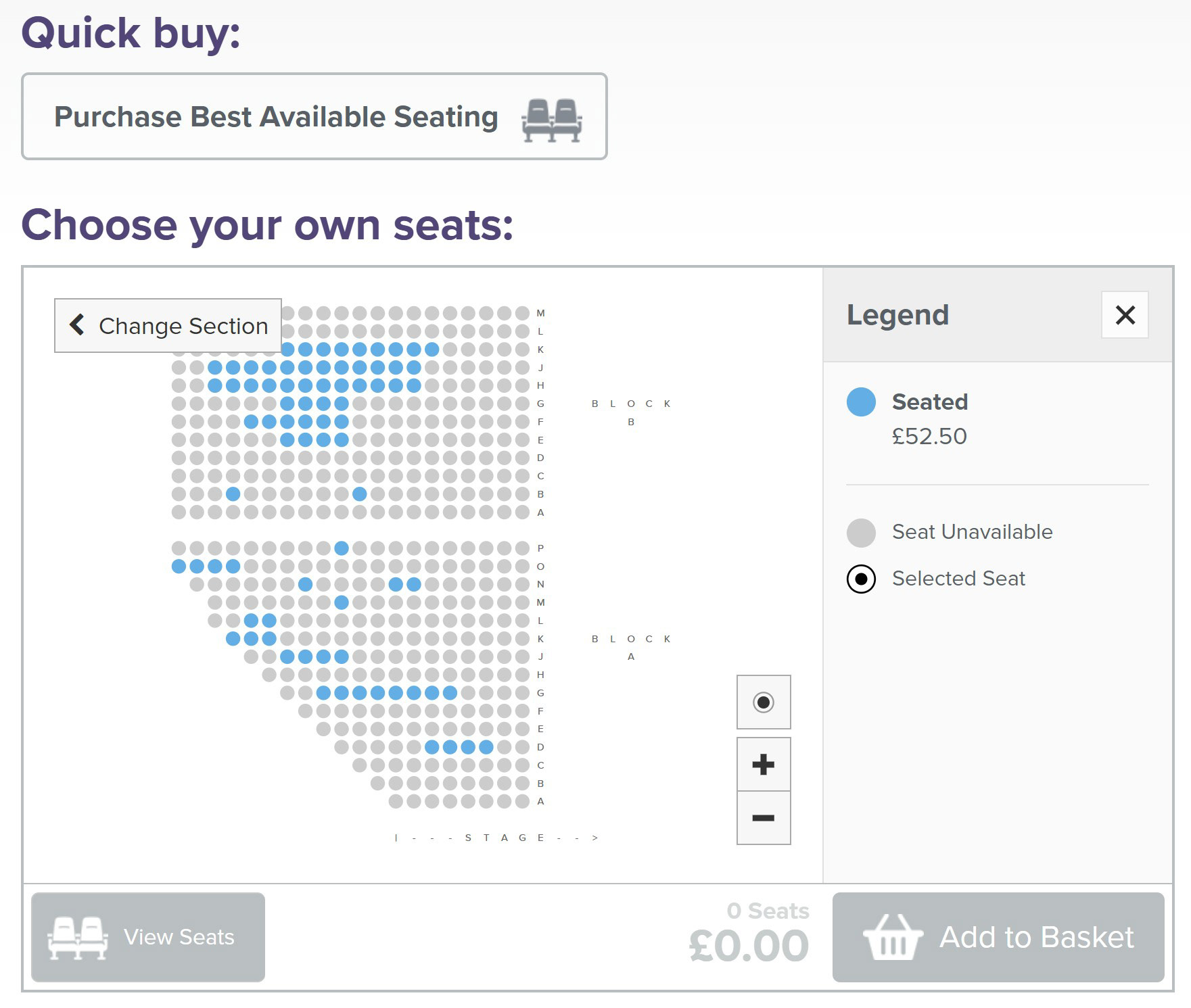

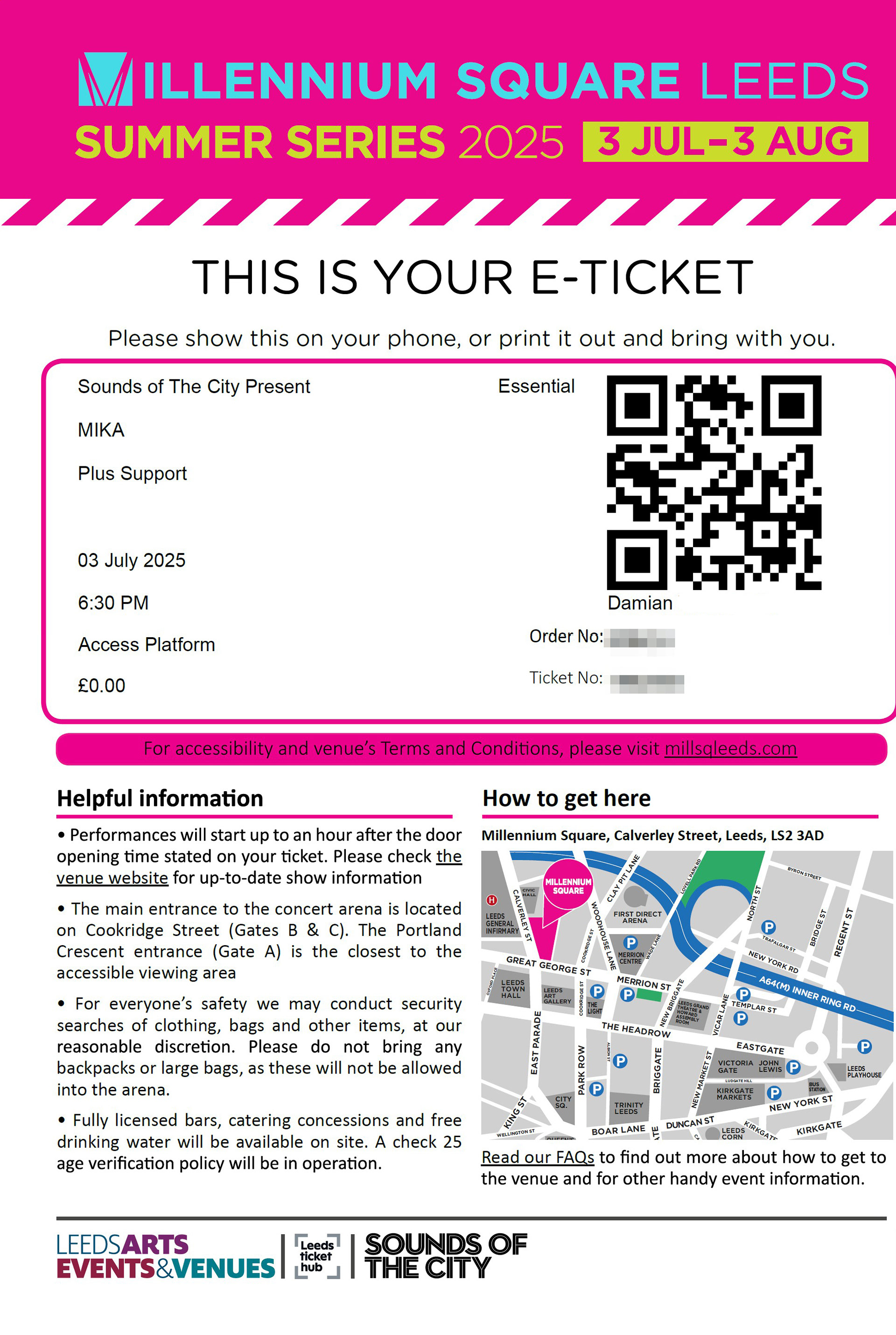

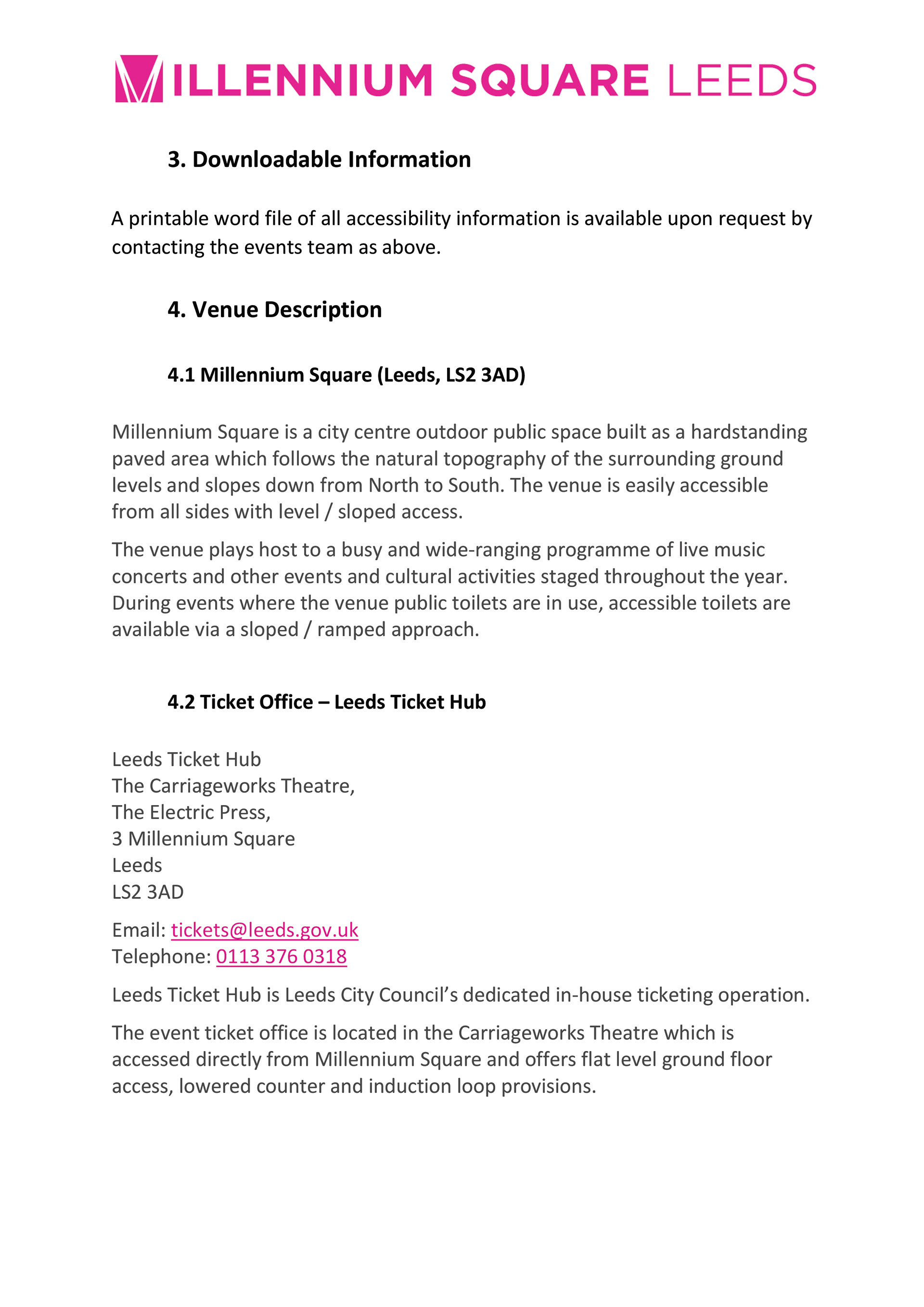
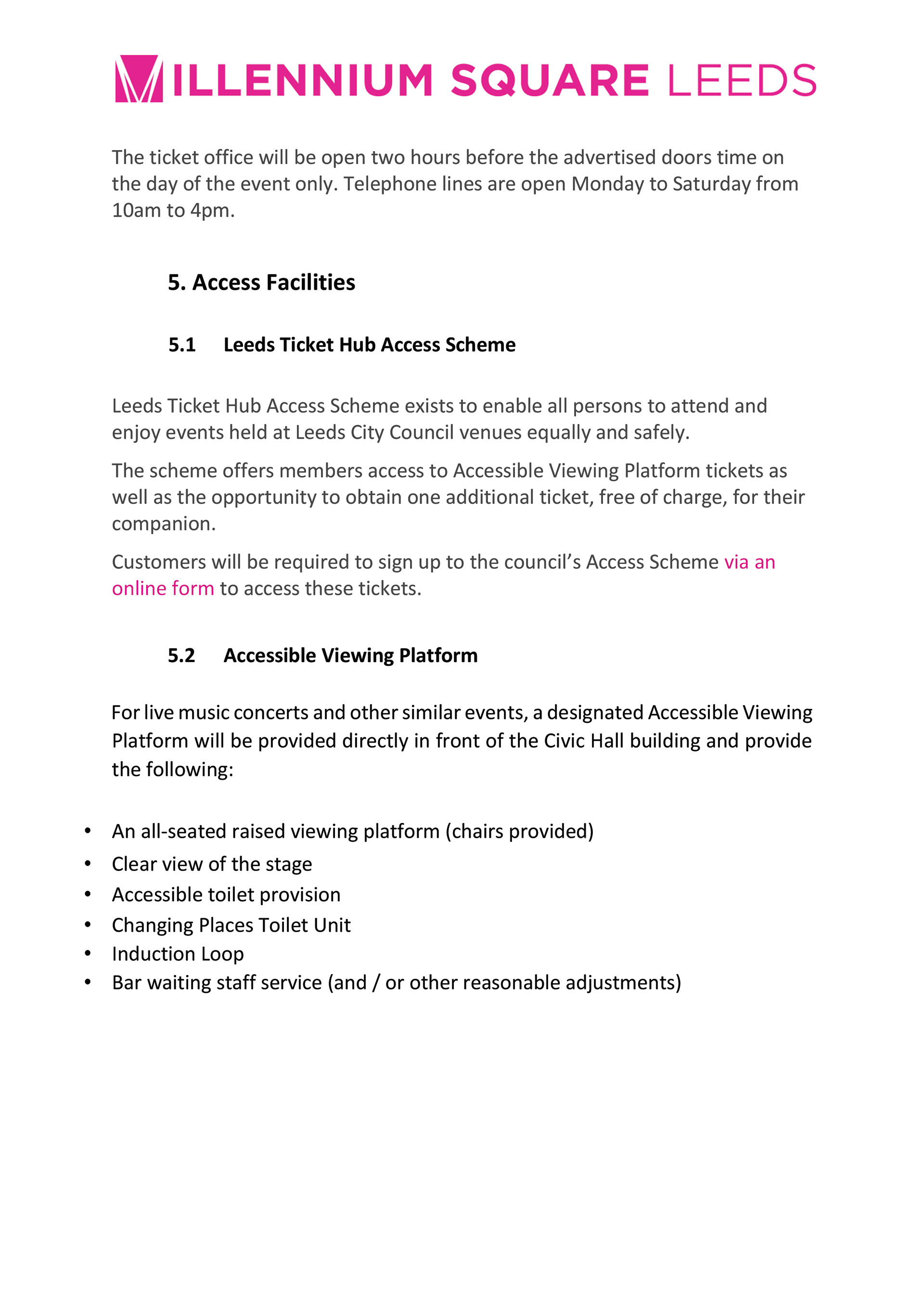
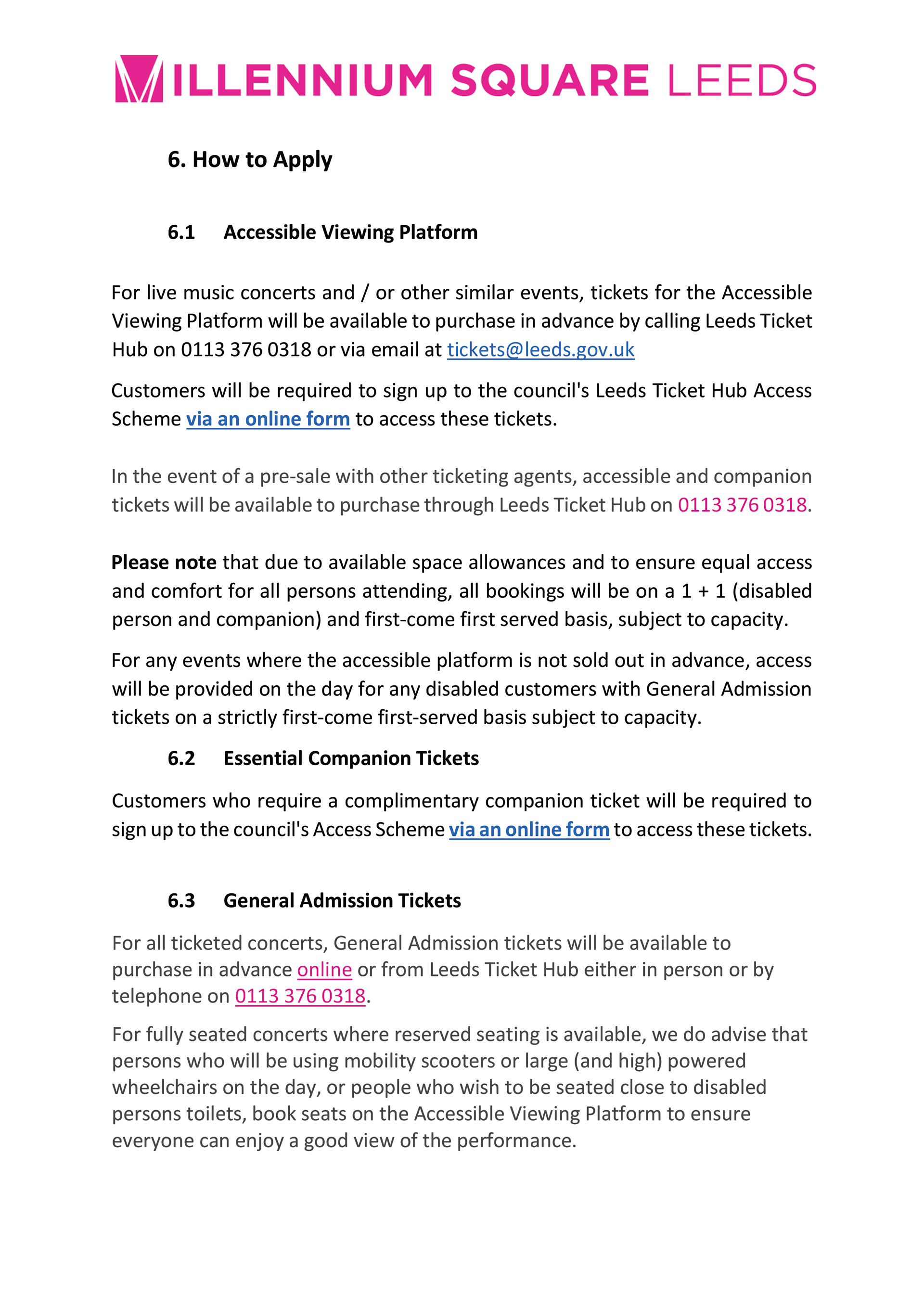
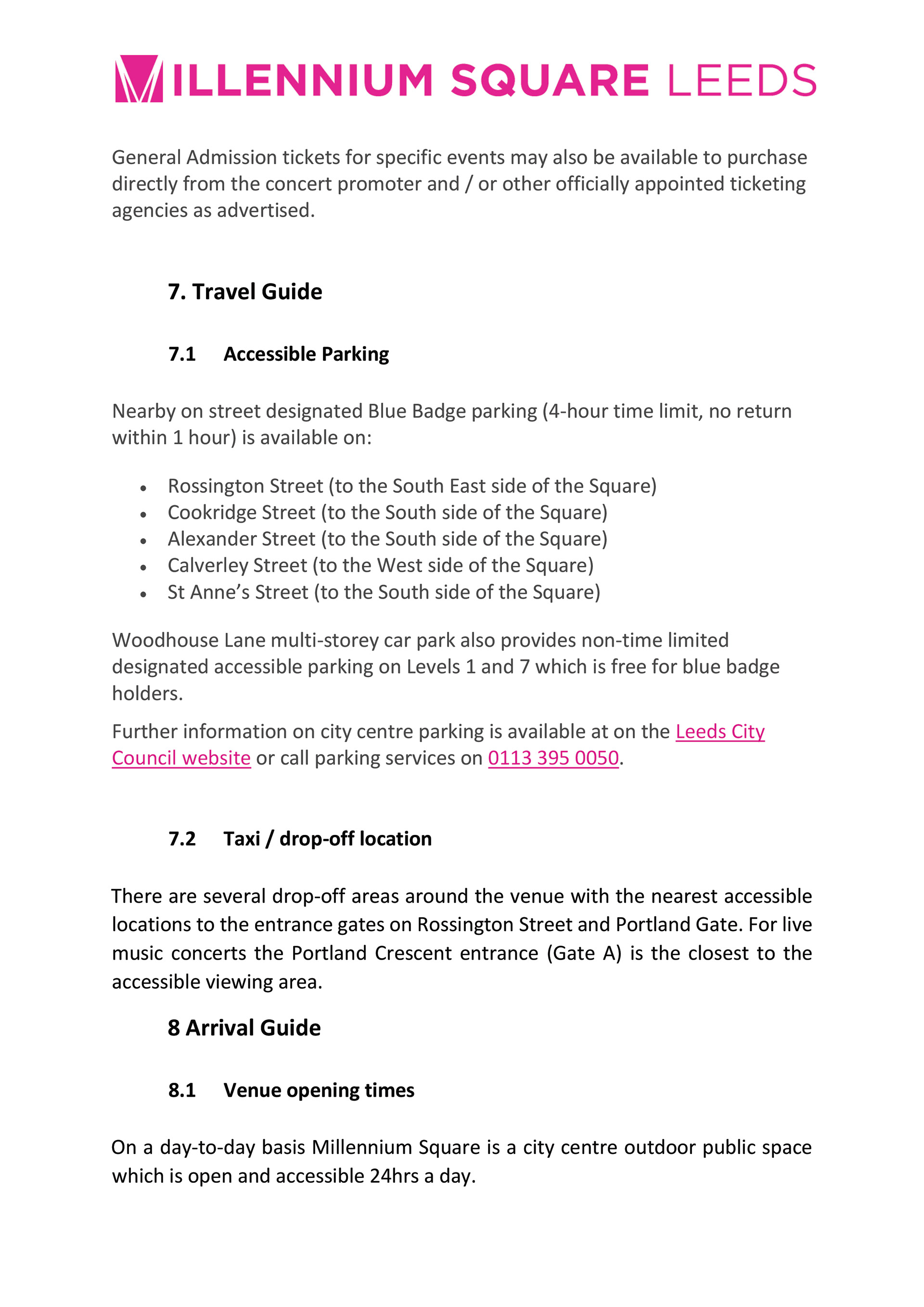
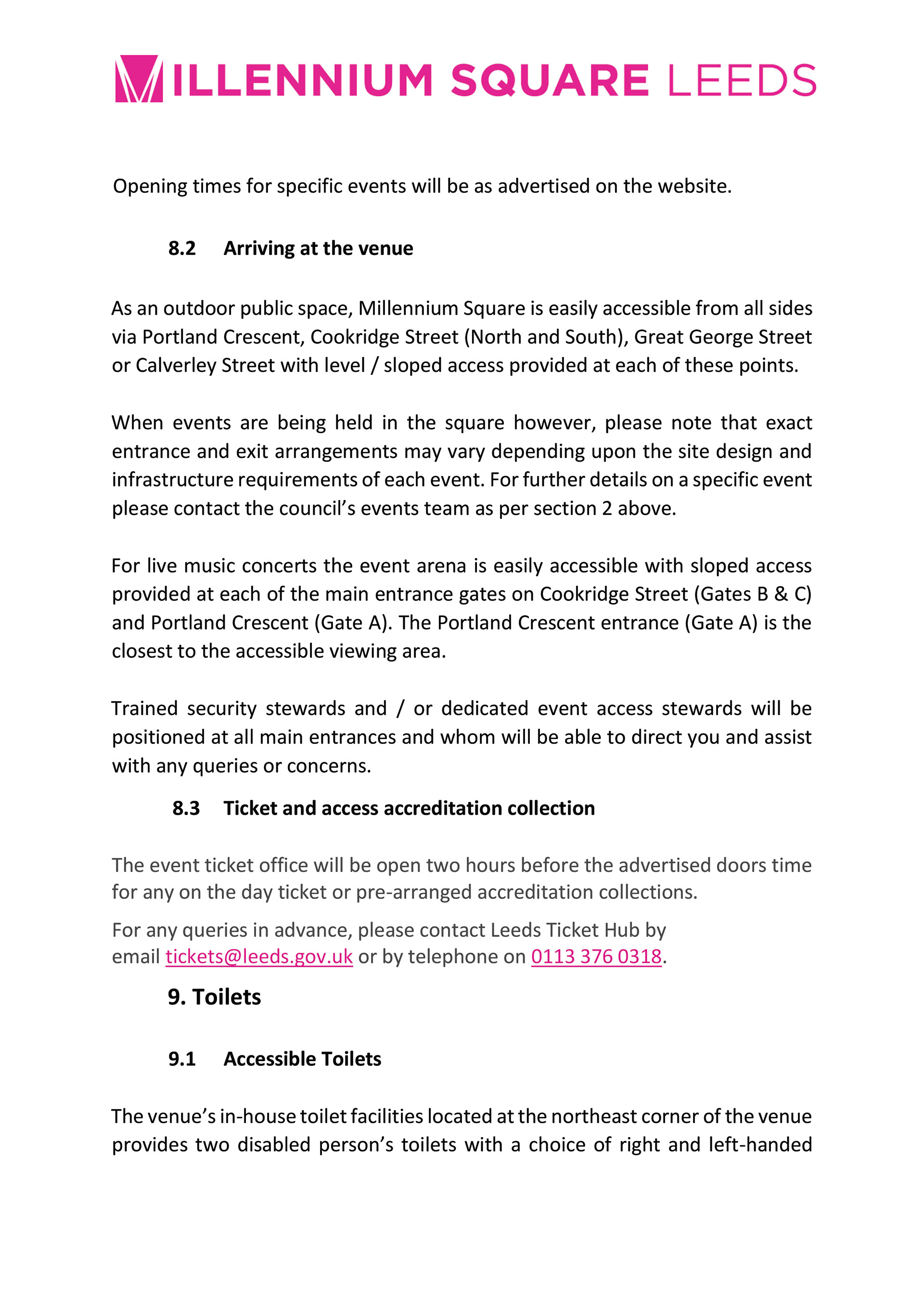
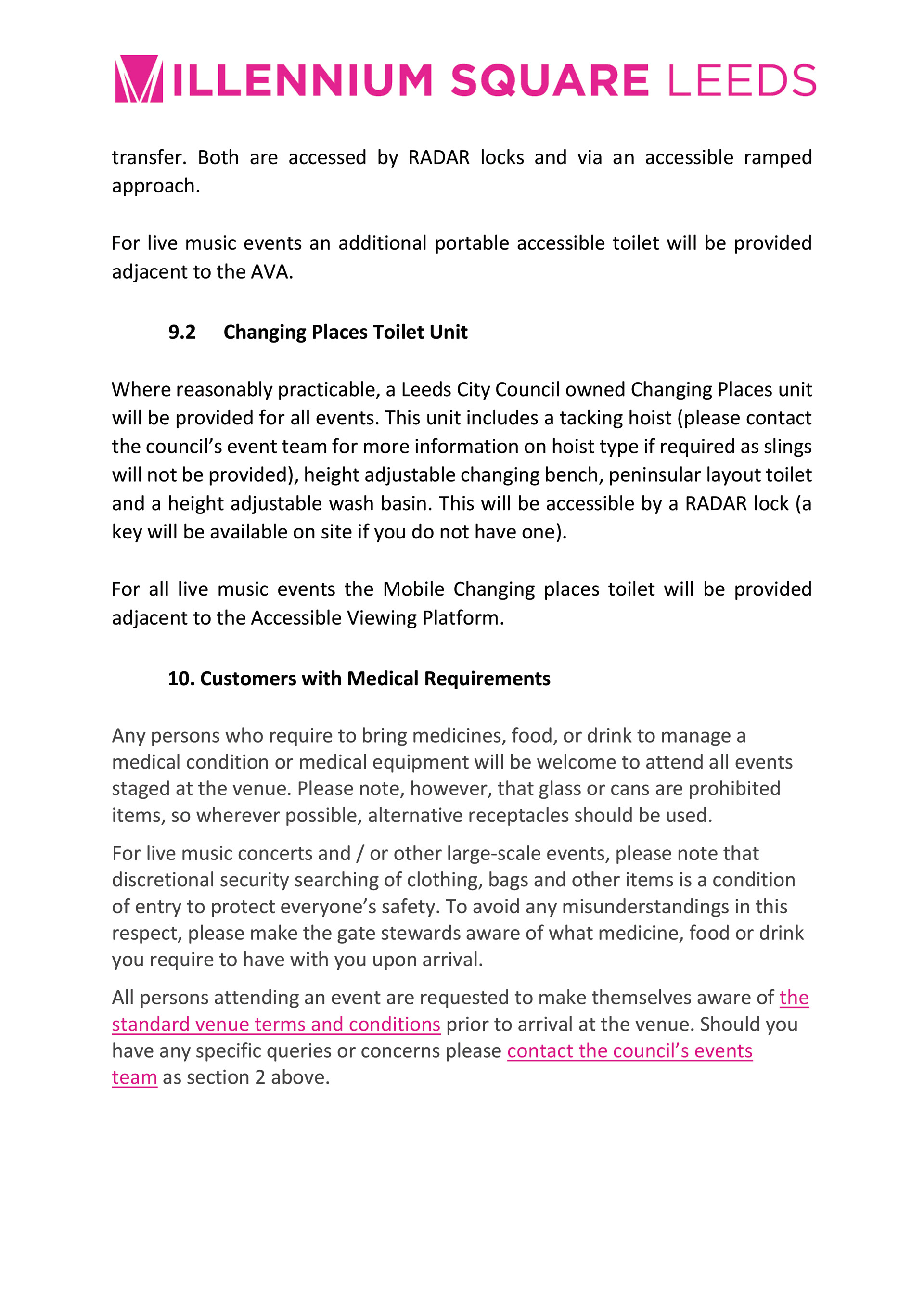

LOCATION AND GETTING THERE
Millennium Square is a large, paved area used for a range of public events, with a slight slope from north to south.
Surrounded by buildings including the Civic Hall, Town Hall, City Museum, and the Carriageworks Theatre, the Square is located close to the LGI Hospital, north of the city centre.
The O2 Academy is just around the corner, and the First Direct Bank Arena is only a couple of minutes away, albeit uphill!
Leeds is well connected to the main UK road networks, including the A1, M1, and M62. The city has a large suburban area, so there is no quick or direct drive into the city without passing through built-up areas and encountering reduced speed limits.
Leeds railway and bus stations are only half a mile and almost a mile away, respectively - it’s not far. However, the city is on a hill, so getting from the stations to the venue is quite a push.
The railway station is served by LNER, Northern, TP Express, and CrossCountry trains, which connect London, Manchester, Liverpool, the north-east Yorkshire coast, Scotland, and beyond. The bus station offers local services, as well as National Express, Megabus, Arriva, and the Yorkshire Coastliner.
Several bus routes cover the Leeds area; most vehicles are fully accessible. There is also a Leeds park-and-ride service. Like many P&R services in the north of England, the travel prices are very reasonable, but the services don’t run late to get you back to your car after a show.
There are several hotel options around the railway station and other popular tourist areas. Other options are available throughout the city and scattered around the Arena area. If you prefer to stay outside the city, budget options are available, including Premier Inn and Travelodge, which are just a short drive away. These options are closer to the main road links, and the prices are usually lower than in the city.
If you are driving into the city, there are many parking options depending on where you want to park and for how long. There are numerous accessible bays scattered throughout the city, but they have time limits. Most are 4 hours with no return within an hour. The best accessible option near the O2 Academy I’ve found is around the back of the First Direct Arena. There are nine bays; each bay is limited to 6 hours with no return within an hour. It’s only a 5-minute walk or roll down to the Academy. The only issue with these bays is that they are only available if there is no event at the Arena. If it’s an arena event day, staff from the arena will check your event ticket and take your contact details if you are parking there, and the 6-hour limit still applies.
There are also many on-street pay-and-display bays around the city. As with most councils, parking is free and unlimited with your blue badge. Some streets behind the Academy get very busy, as the Leeds General Infirmary, with a Major Trauma Centre, is nearby.
I will warn you that if you are driving in, there are many one-way streets and bus lanes, so you need to be alert.
There are pay-and-display bays on Cookridge Street, located near the O2 Academy, as well as several accessible bays with a 4-hour parking limit on Portland Crescent and Portland Gate, situated around the sides of the building. Portland Crescent also has pay-and-display bays.
And, if you’re heading into Leeds from further afield, Leeds Bradford Airport is a half-hour drive away or just under an hour by public transport.
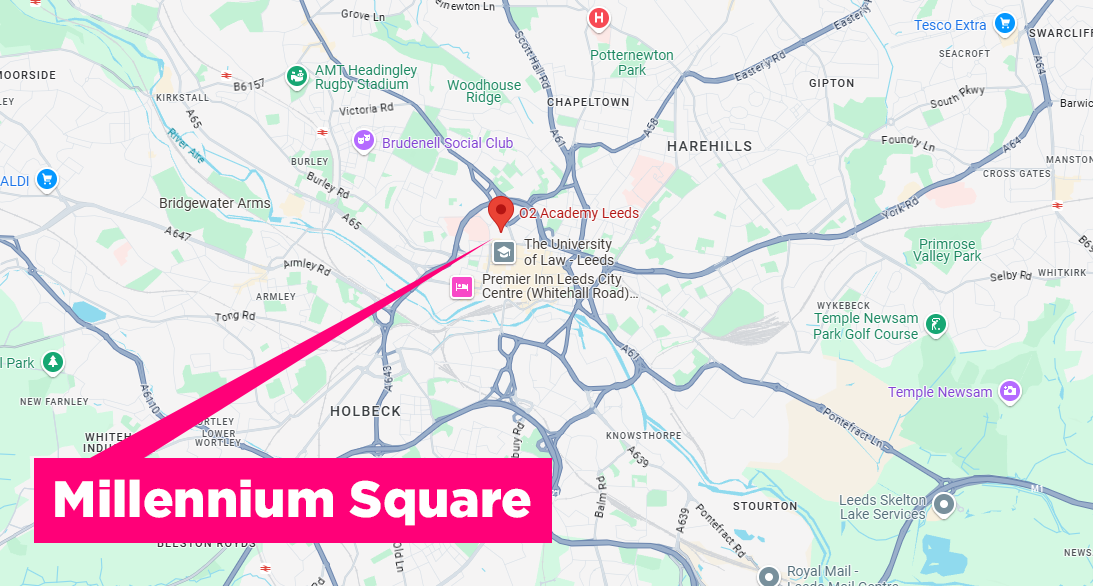

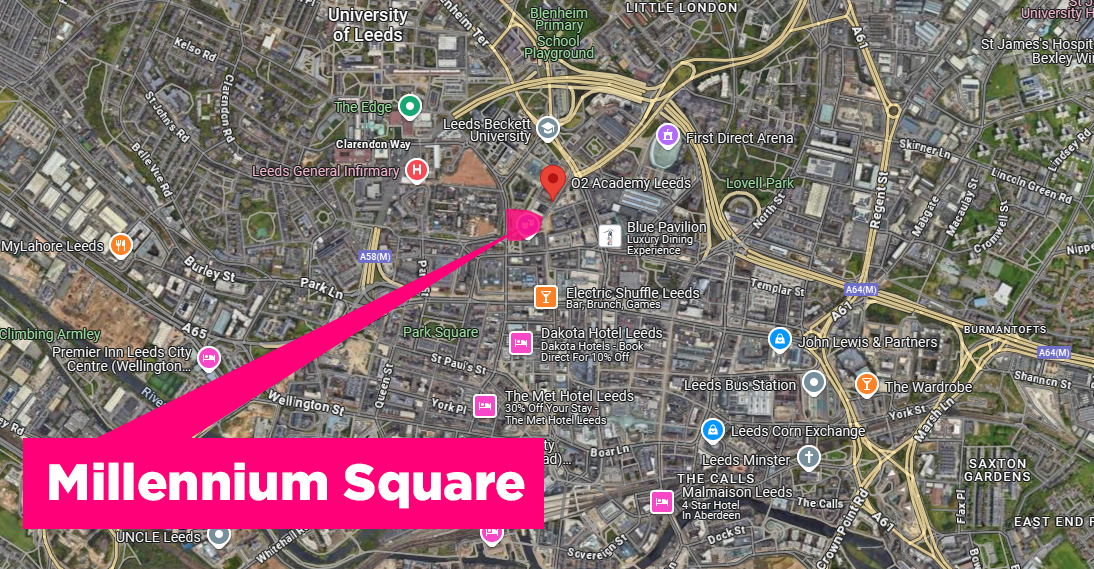
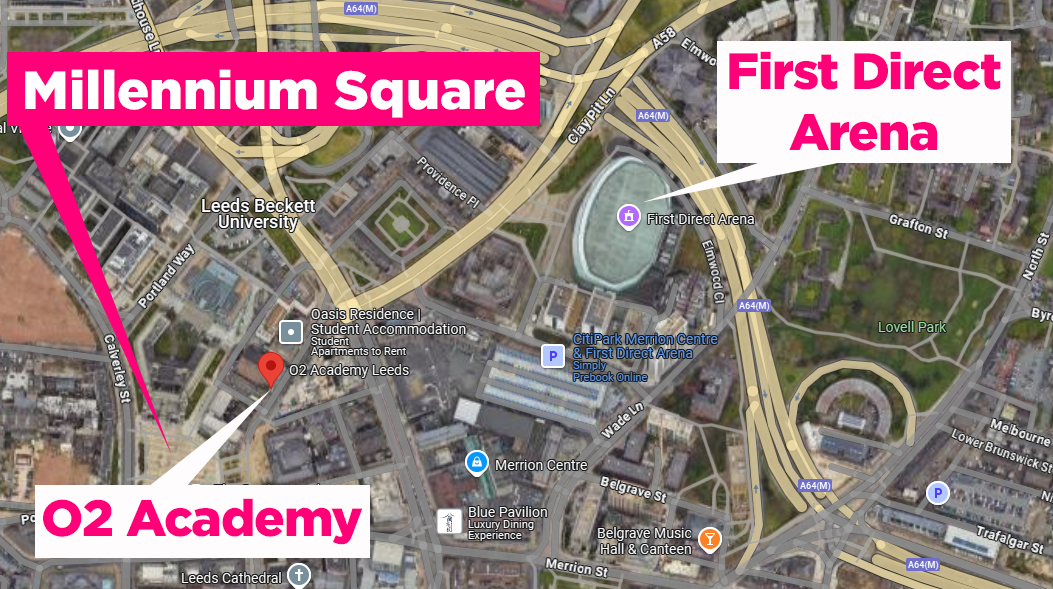
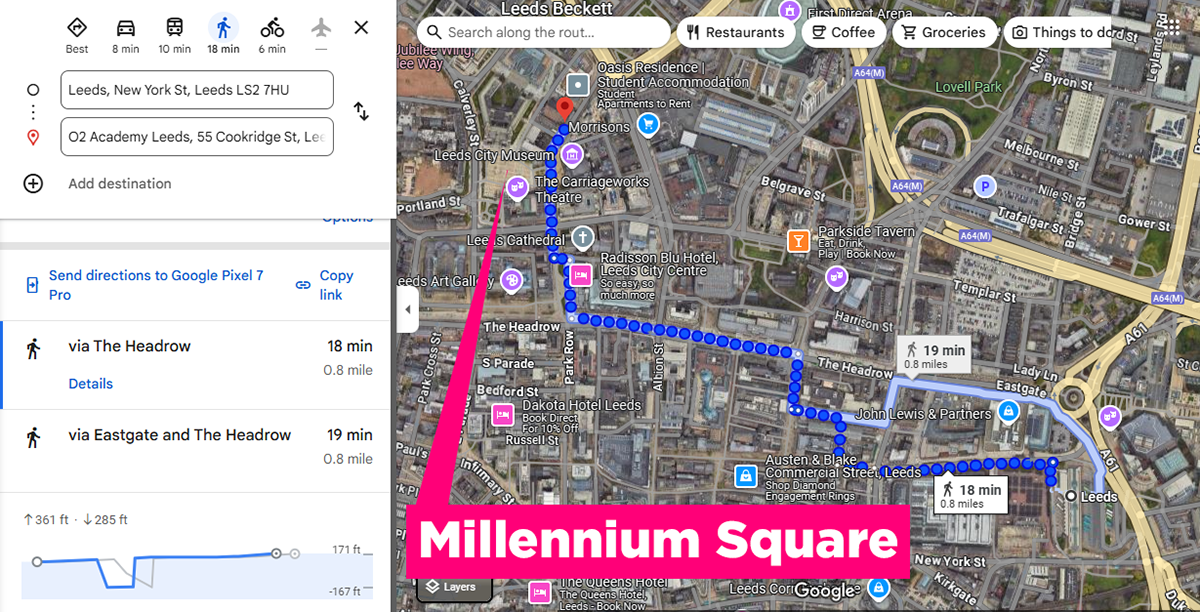
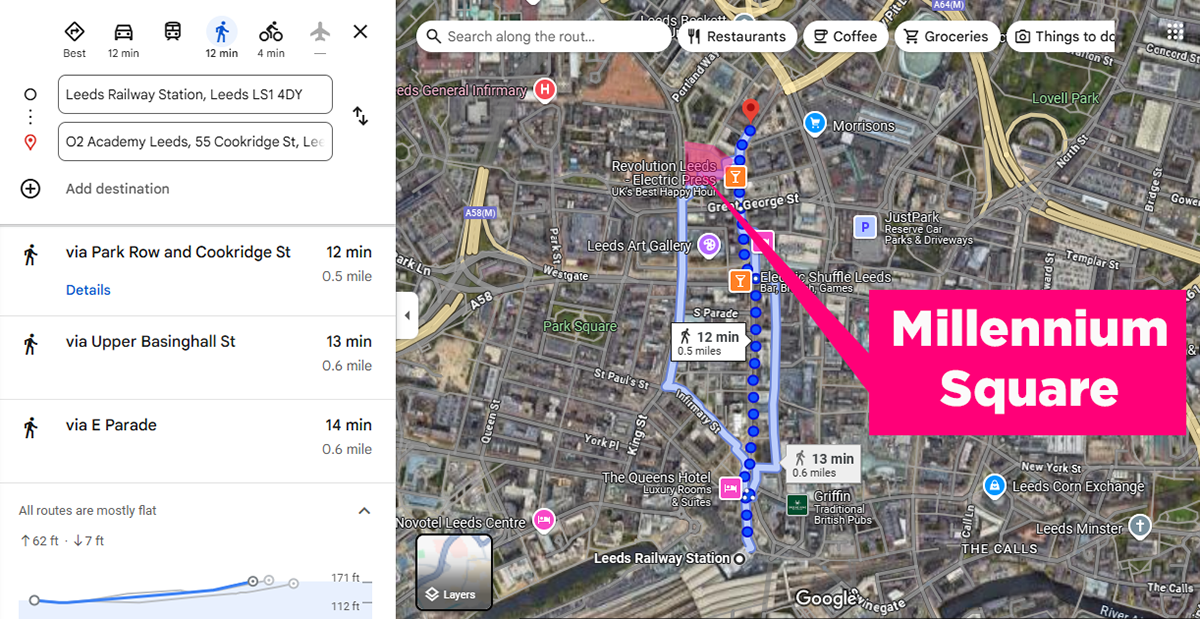

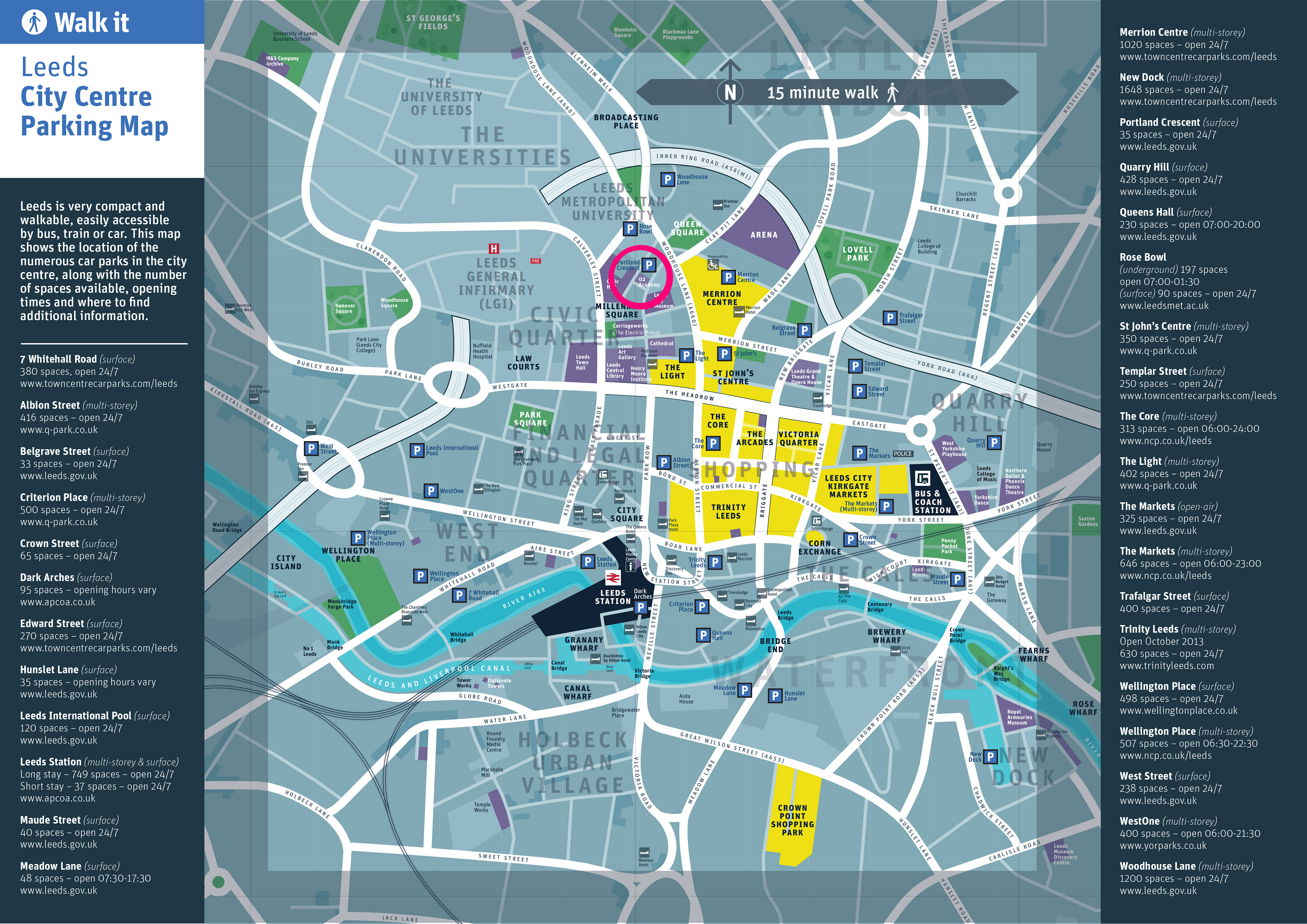
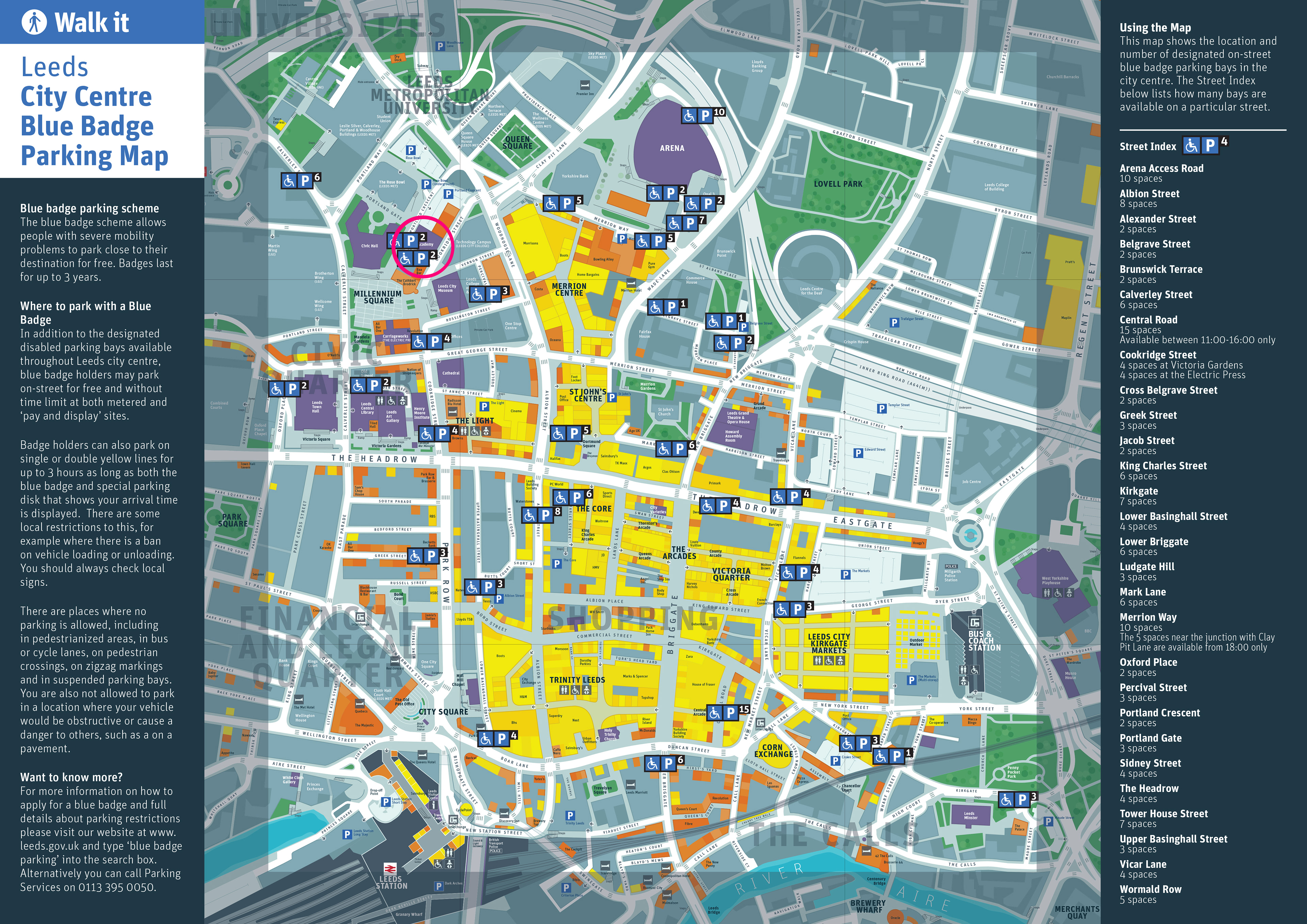
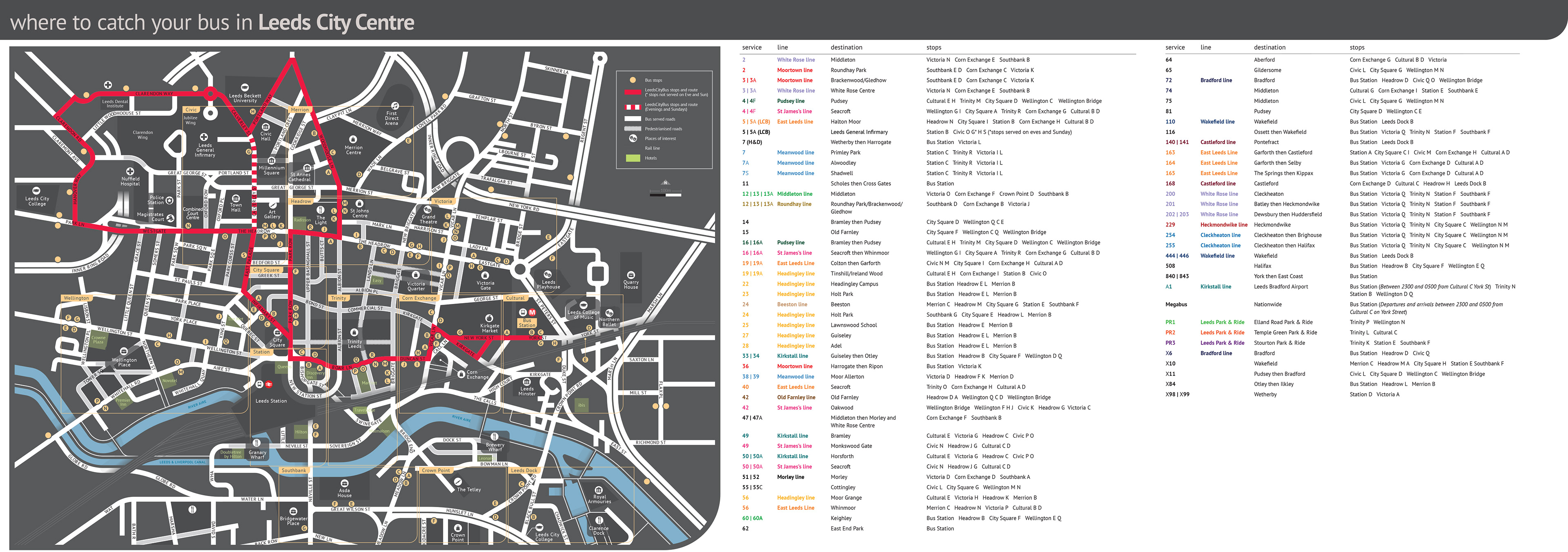
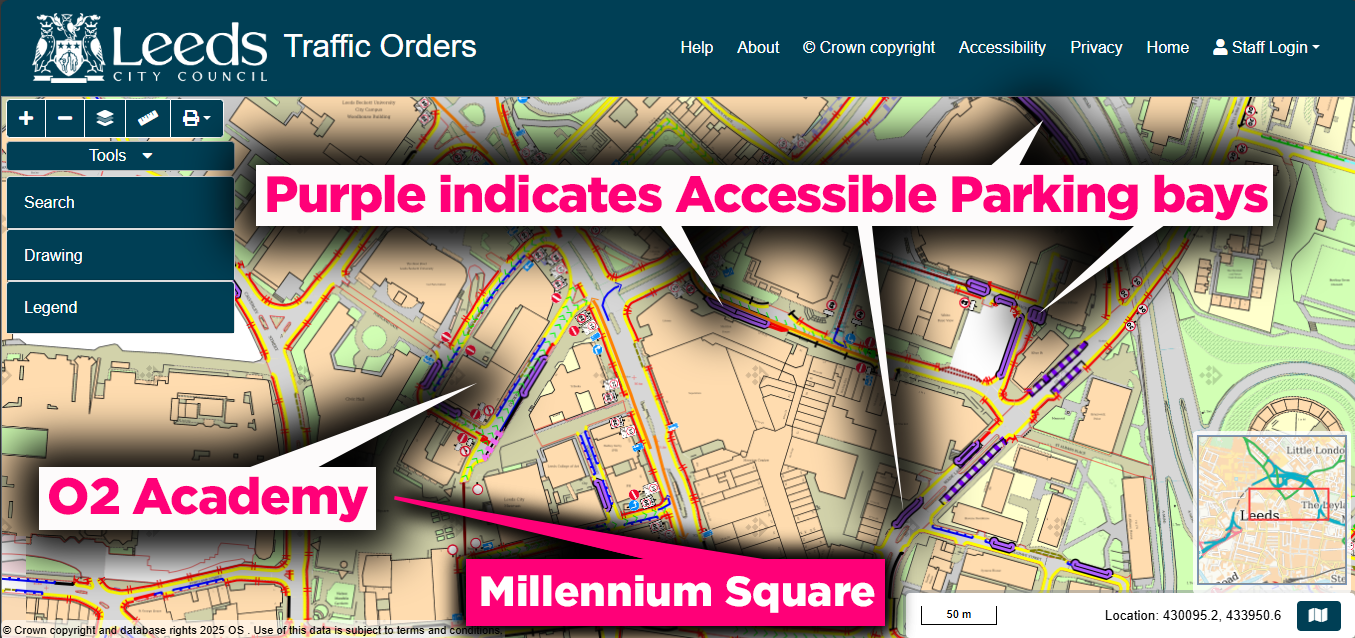
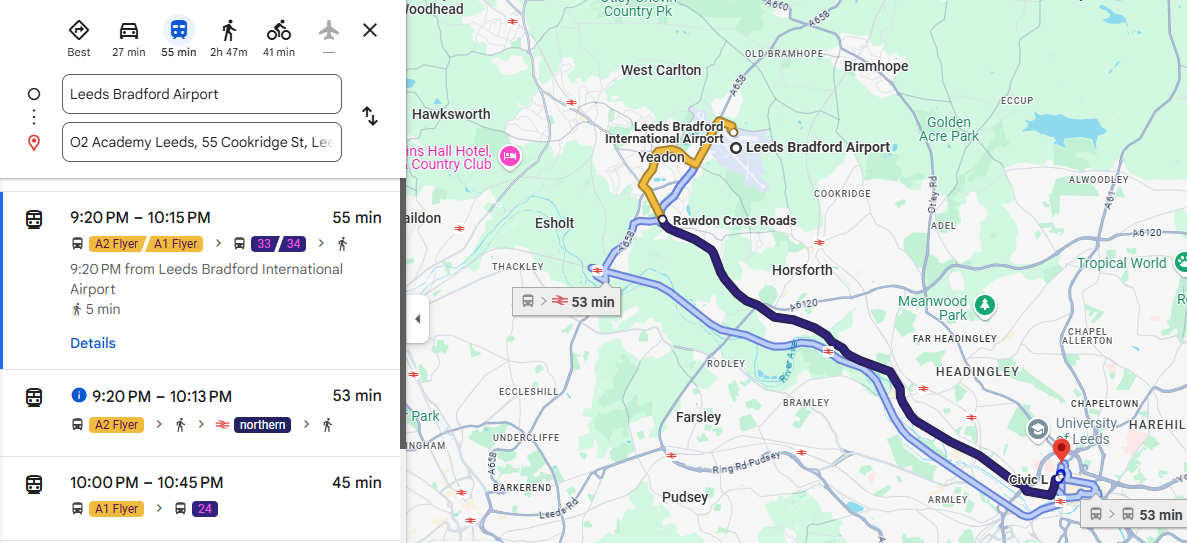
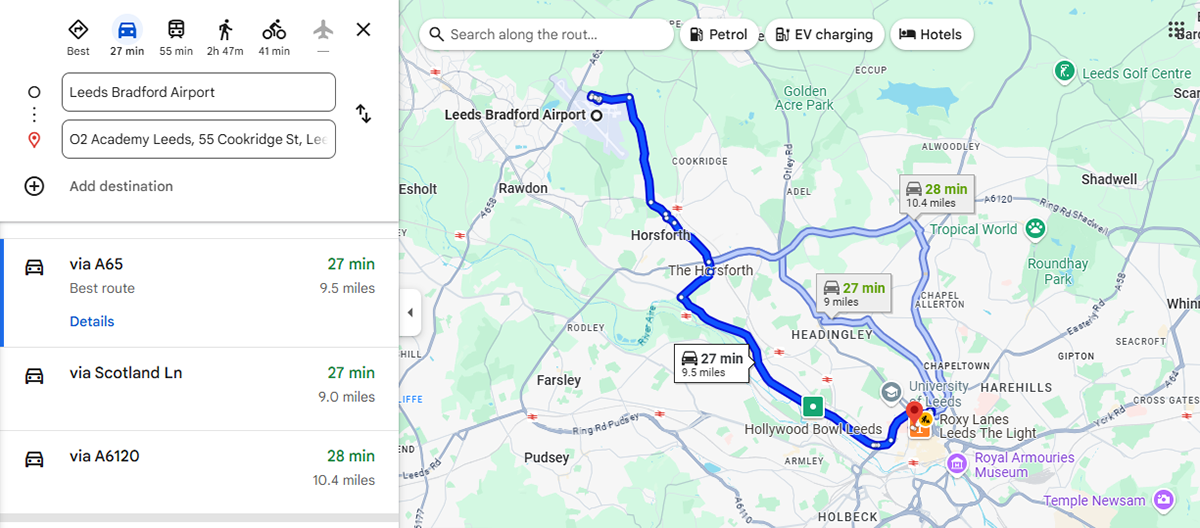
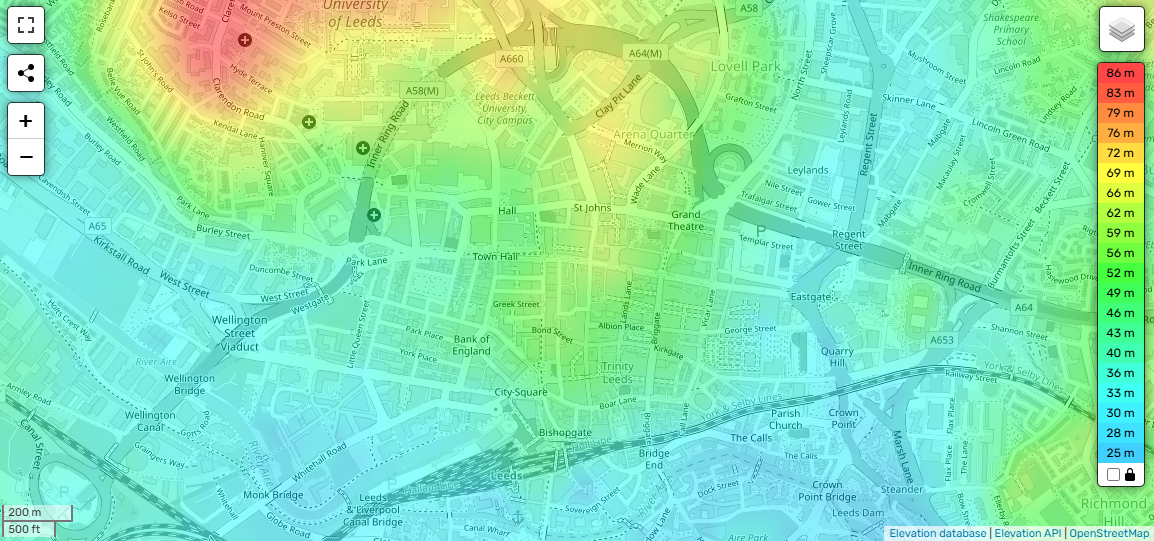

GETTING IN
A couple of days before the event, I received an email with lots of information about the event. There were details about how to enter the Square. Unfortunately, the provided map did not include all the street names mentioned in the instructions. To anyone without any local knowledge, the map wouldn’t be of much help, and you would still need to do your own research.
All entrances into the Square are step-free; however, it is recommended that access ticket holders enter via Gate A on Portland Crescent, as this is the closest entrance to the accessible viewing platform. This gate is along the side of the O2 Academy, near to the entrance to the Civic Hall.
The gates were all clearly labelled as you approached them, but due to the amount of surrounding buildings, it is impossible to see where the other gates are without moving around the area.
As we had accessible viewing platform tickets, we made our way to Gate A. There was a long queue along the footpath on Portland Gate and a small number of access customers waiting close to the gate. There was no signage to indicate a specific access queue, and no staff were present at the gate to offer advice or directions.
We joined the other access customers on the right side of the gate.
There was no seating available for anyone in the queue, and some ambulatory access customers were using the stonework near the Civic Hall to sit while waiting for the gates to open. Numerous times while we were in the queue, a member of the security staff from the Civic Hall would come out and move people away from the entrance, stating it was an emergency exit that had to be kept clear.
It wasn’t a problem for me in my wheelchair, but other people who had issues standing were really struggling, with nowhere to sit and nothing to lean on.
Once the gates were opened, the access queue moved forward, between the large rubbish bin and the wooden fencing. We were given a quick bag check and had our tickets scanned before being directed to the entrance of the accessible viewing platform, located at the back of the square and to our right.
There were a couple of staff members at the entrance to the accessible viewing platform. They had a list of all of the accessible ticket holders, ticked our names off and showed us through to the platform.
The pathway led to the left, around the front of the Town Hall. The path was relatively level. There are steps leading up to the Town Hall. In front of these steps is a level area, followed by an additional three shallow steps. Towards the Town Hall, these steps level off to allow you to wheel towards the middle of the Hall entrance. You need to keep to the right to make wheeling easier. The accessible viewing platform is located to your left, built over the remaining steps.
The ramp onto the platform has a very slight incline, as the land naturally slopes downward, so the platform doesn’t need to be raised too high. Once you’re on the platform, there is a marked central walkway with seating for ambulatory access customers to the right and wheelchair spaces and companion seats to the left.
We weren’t issued a wristband or pass of any kind, so if you left the platform and came back, you had to reconfirm your name at the entrance. As the evening progressed, the staff got familiar with faces and recognised you, allowing you to get on and off the platform easily. The flash of a wristband would be advantageous, but there was no hassle.


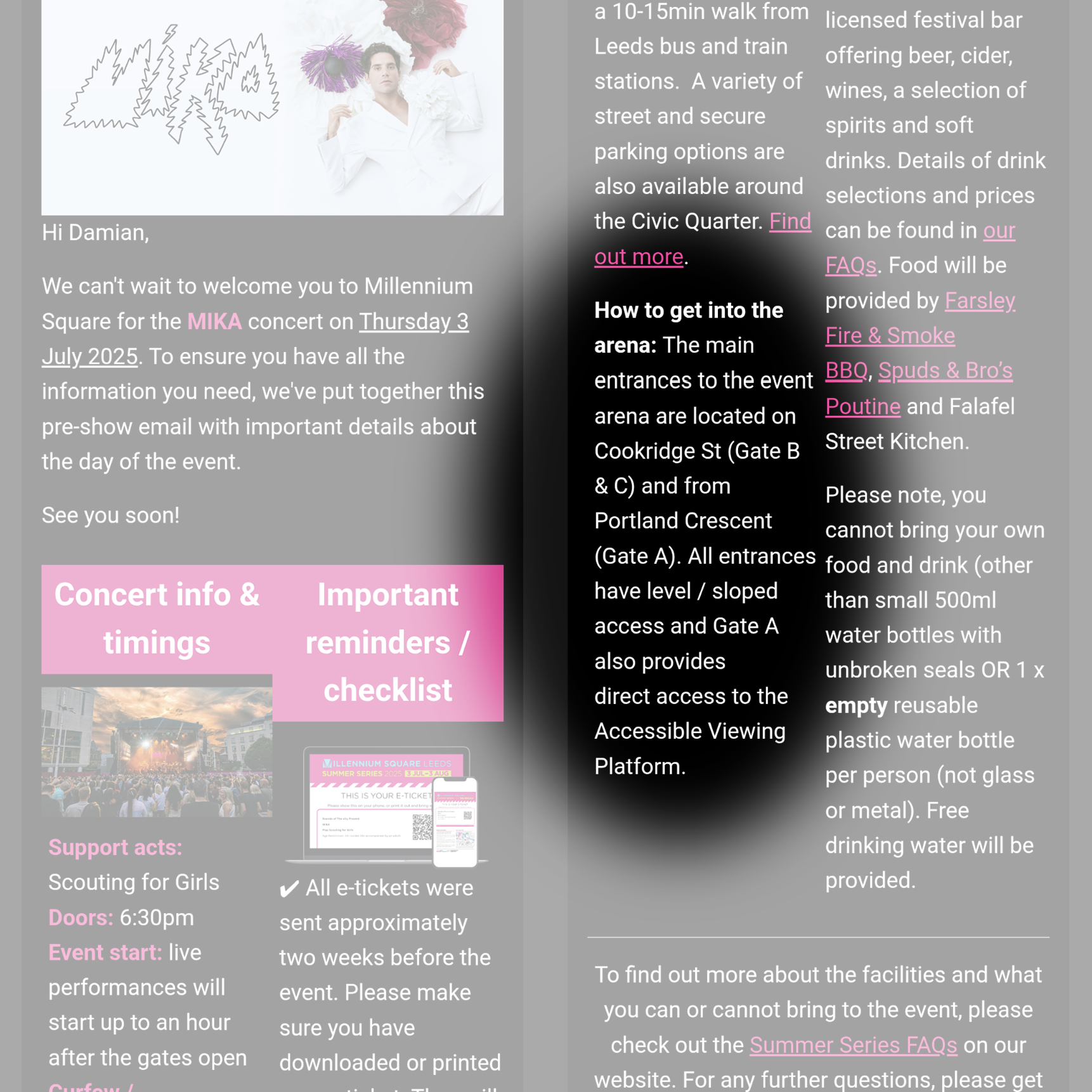

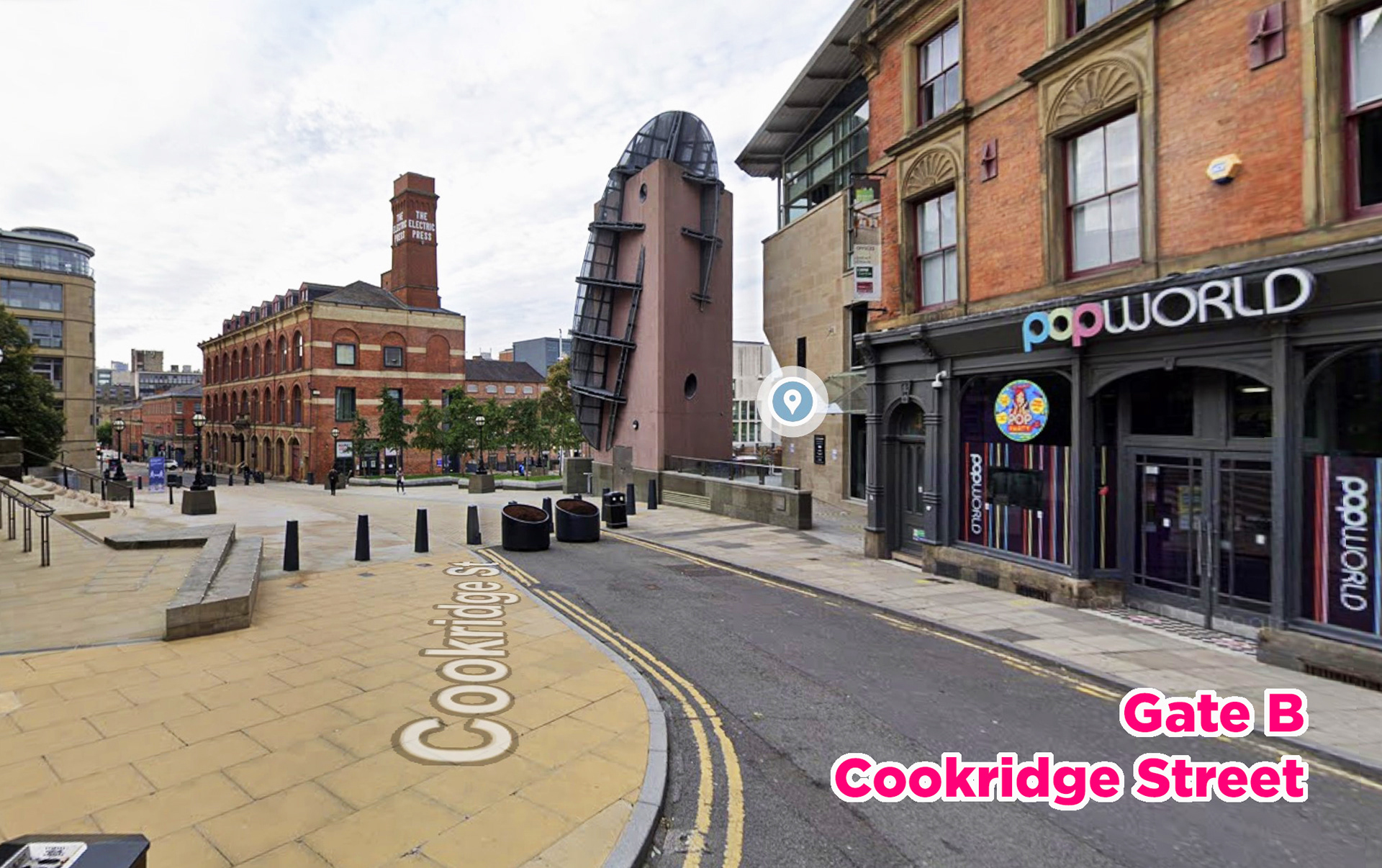
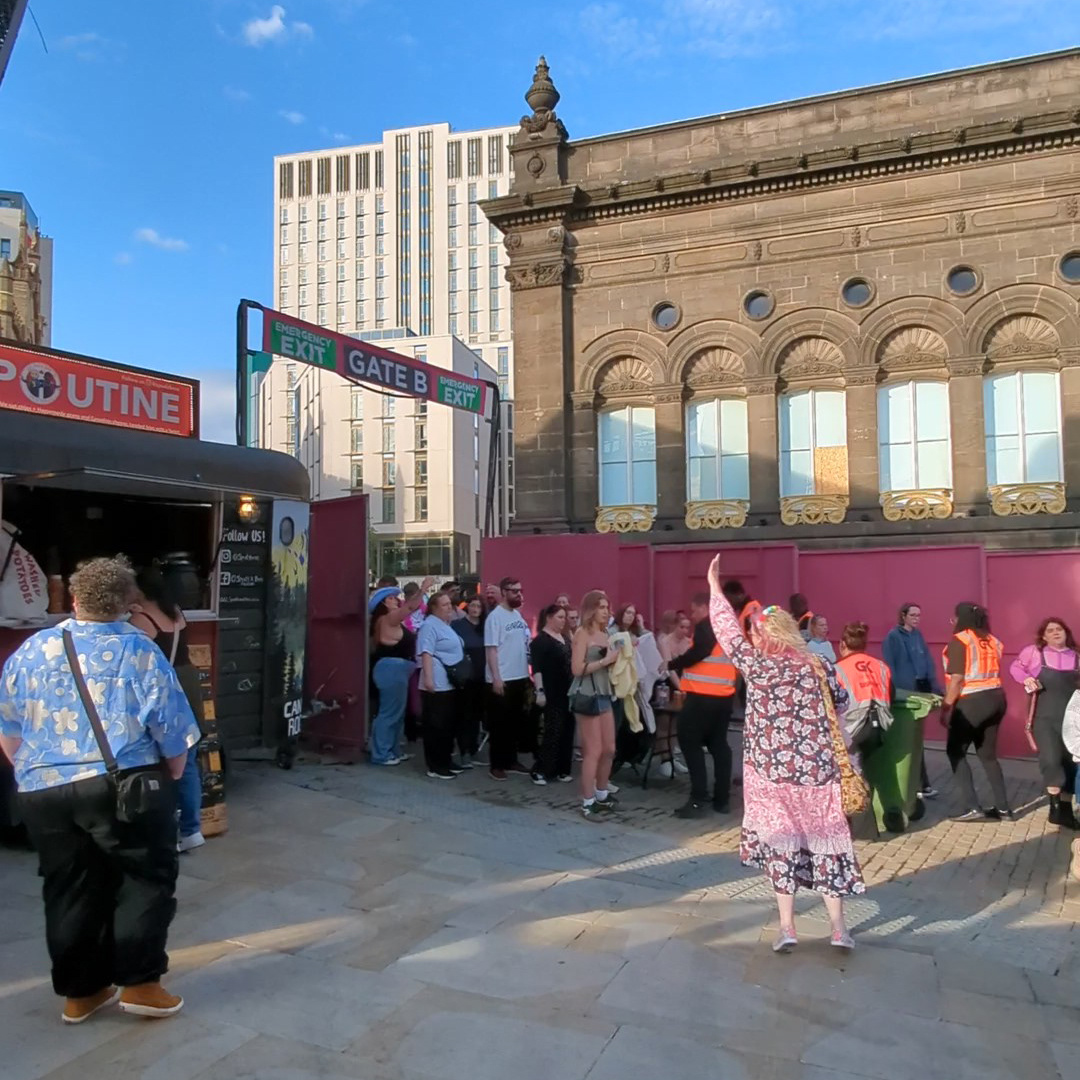
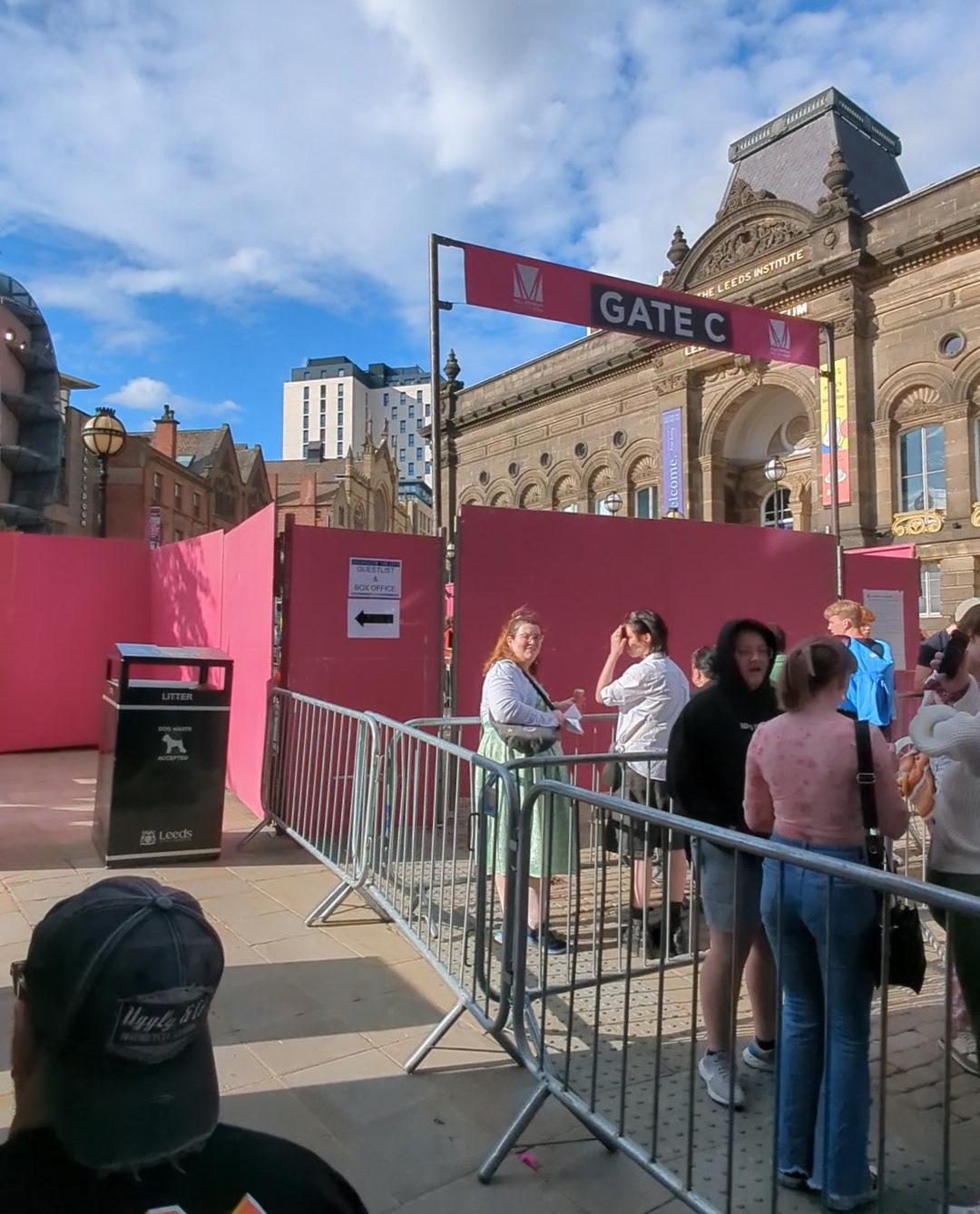
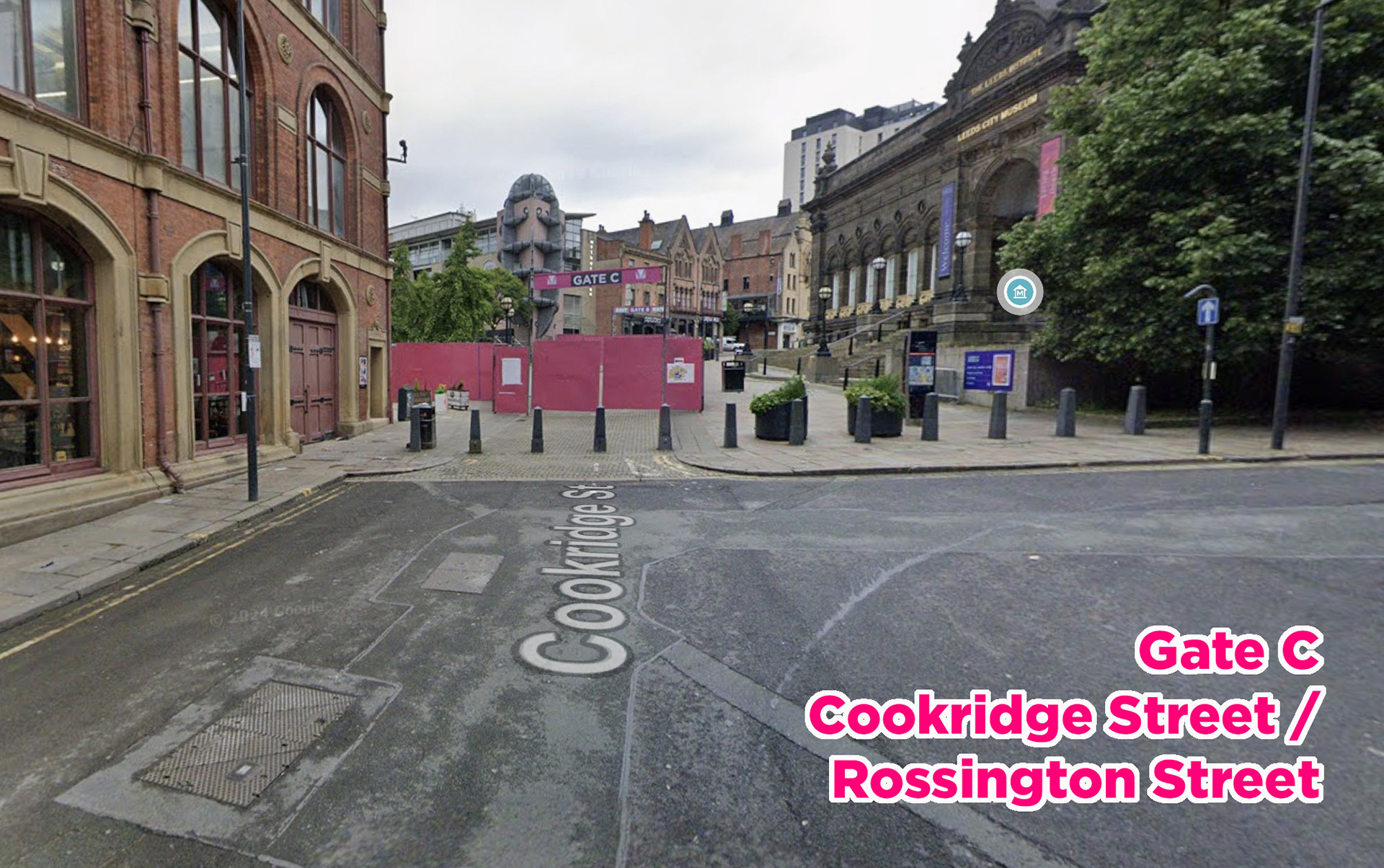


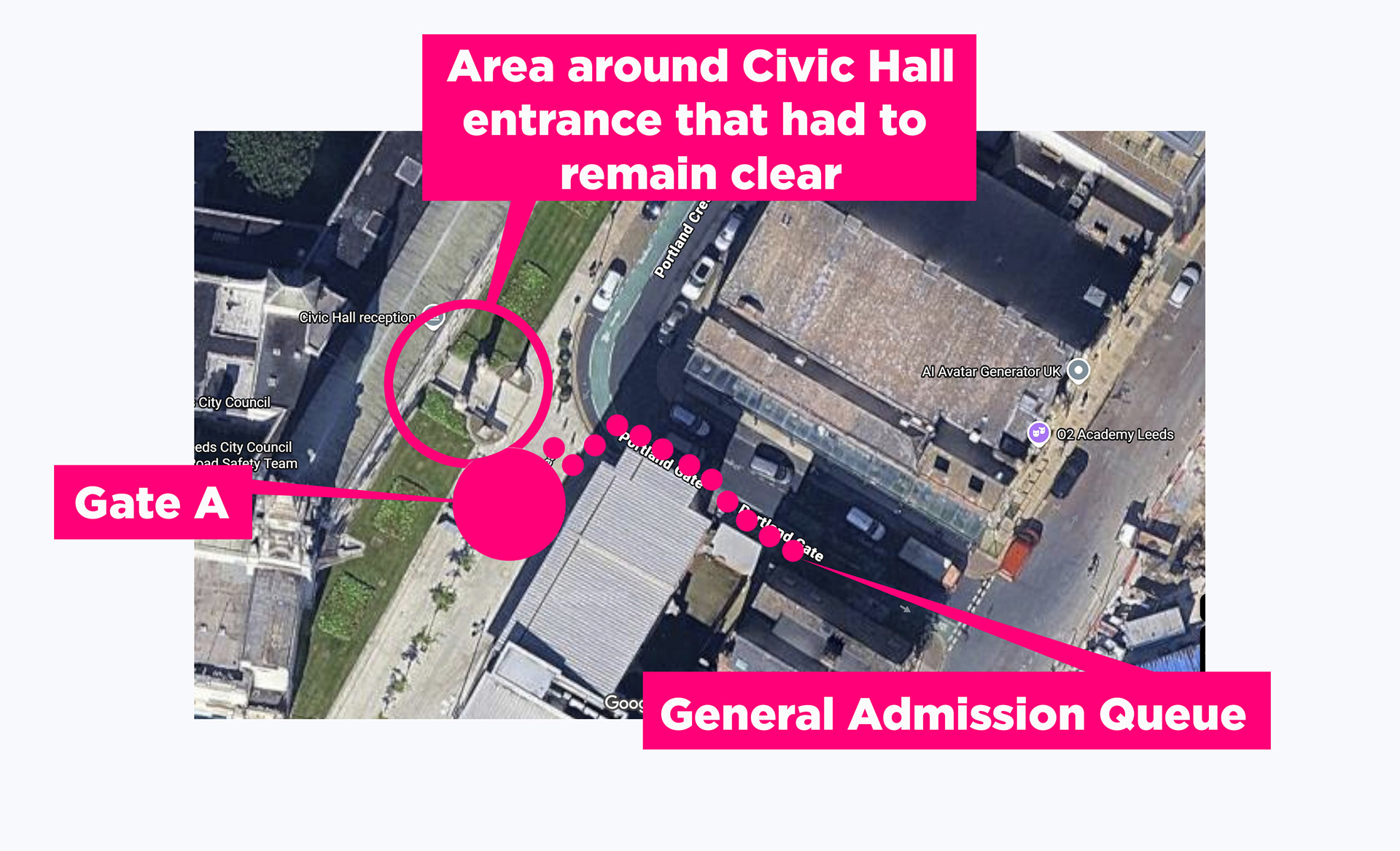
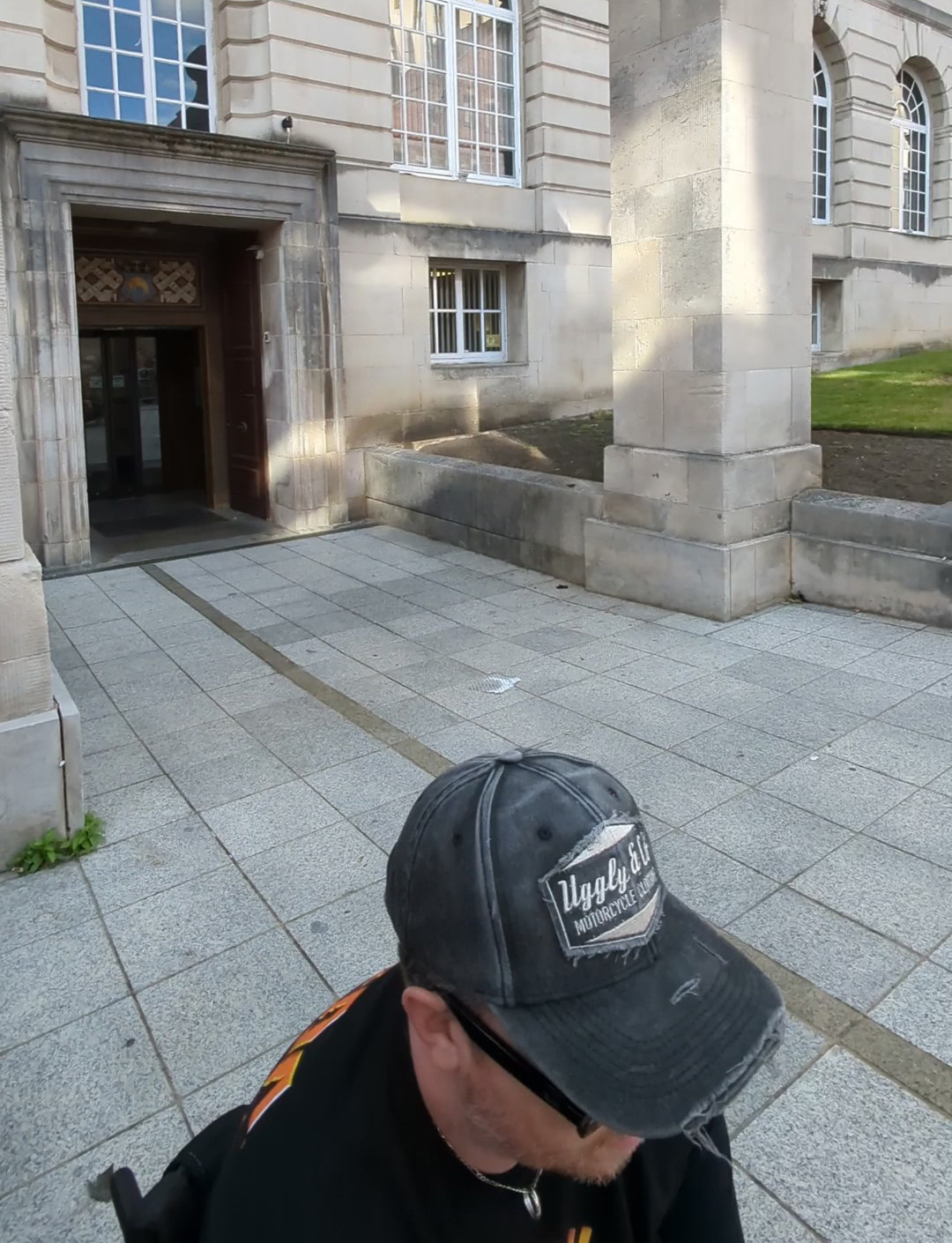

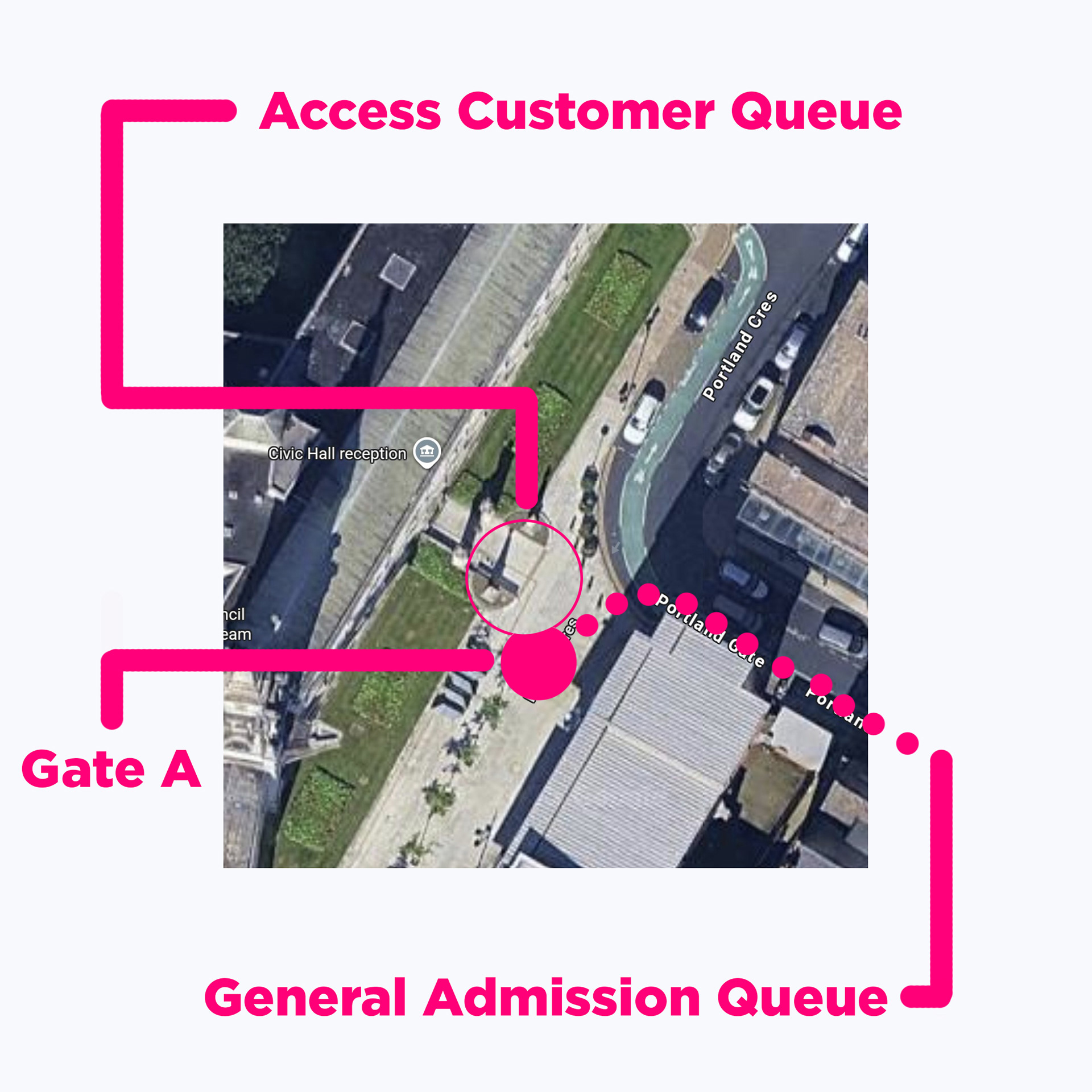
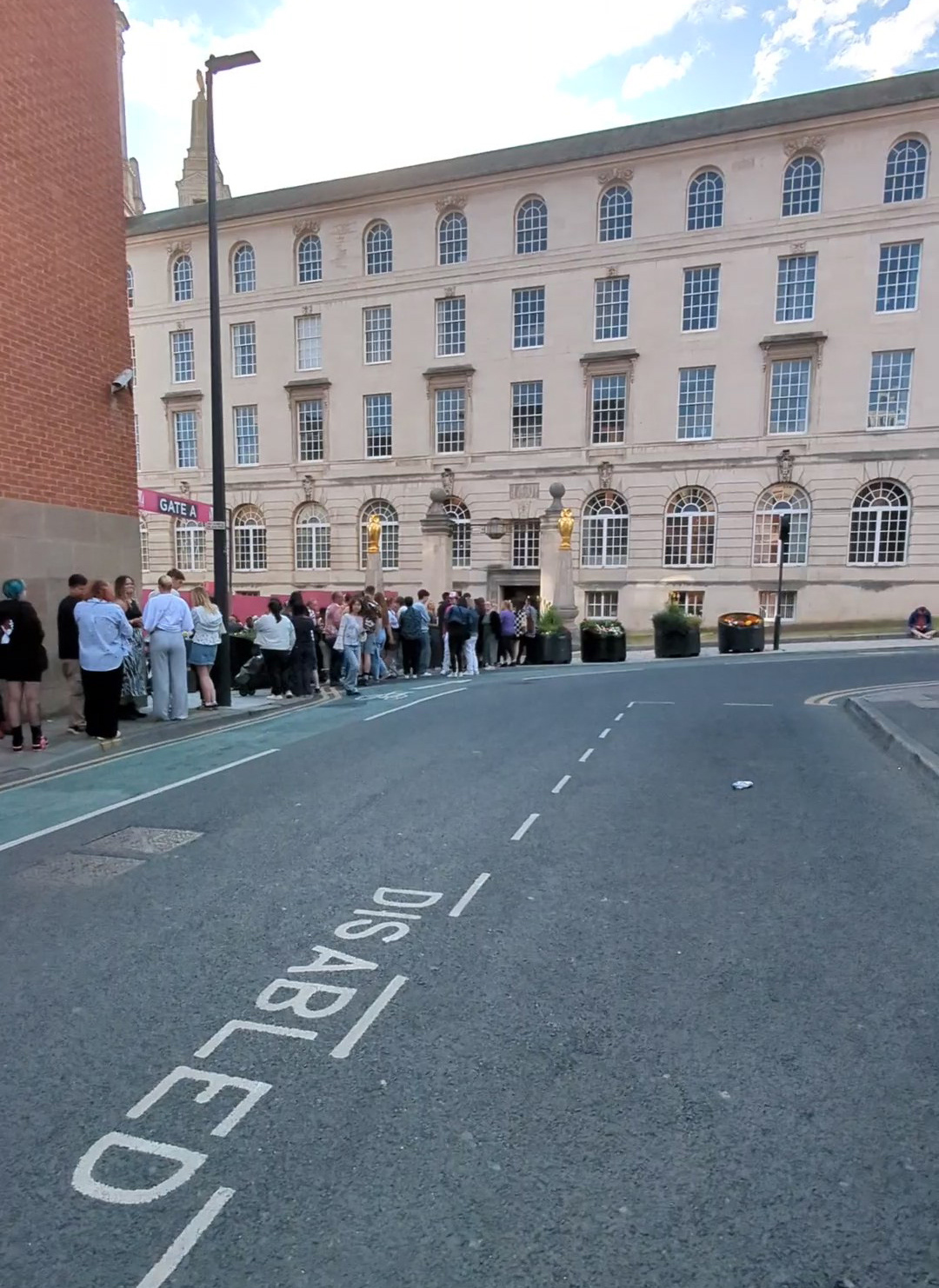
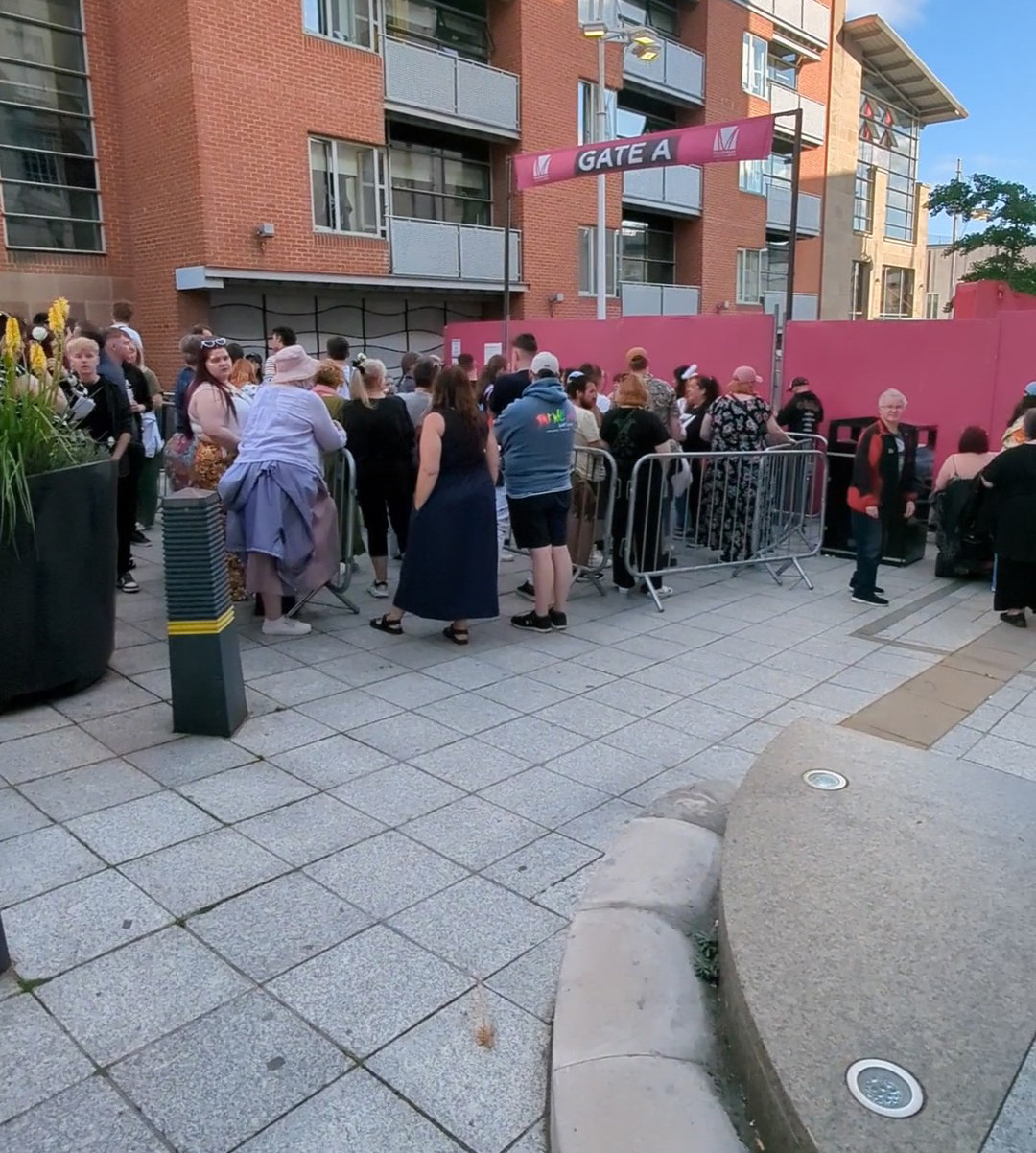
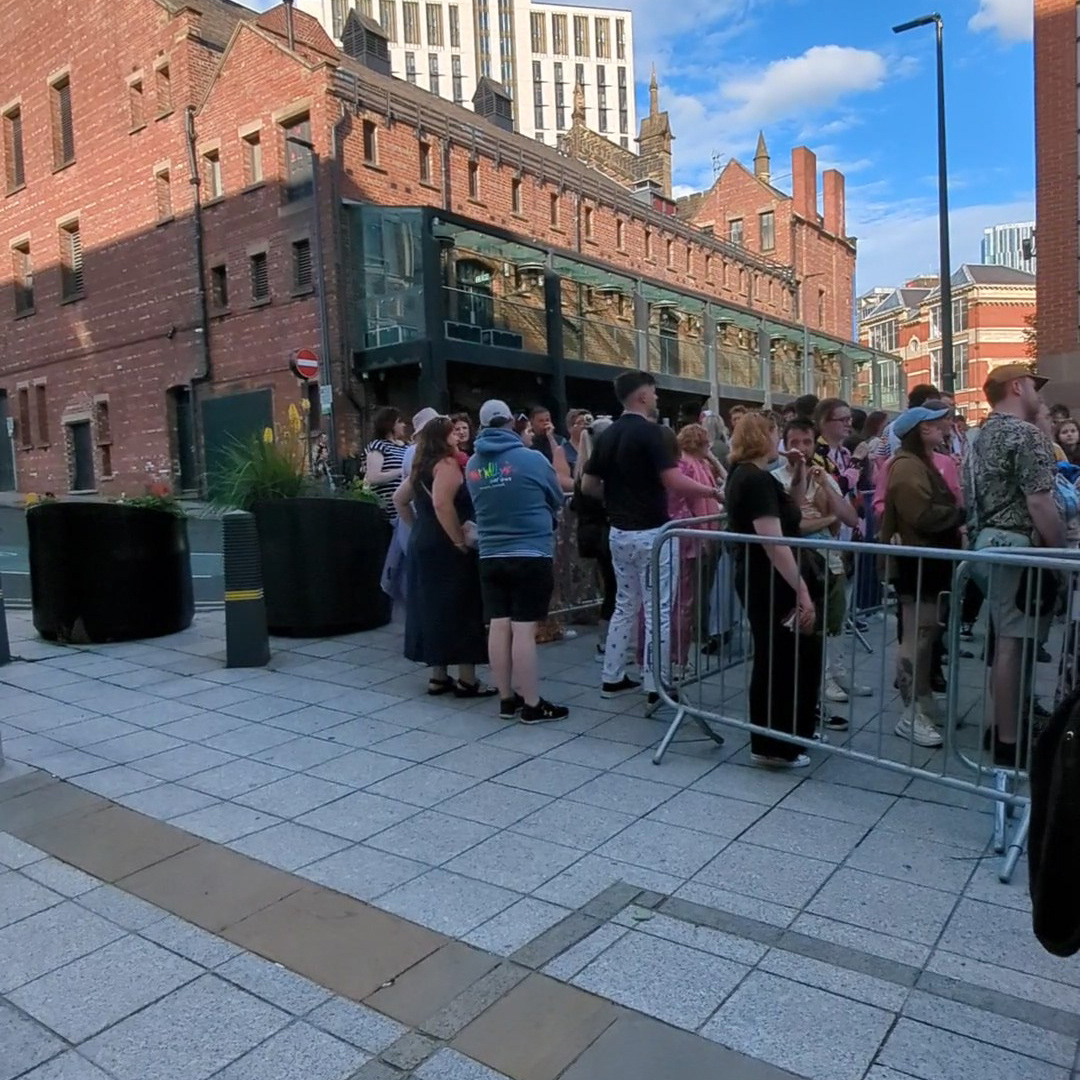
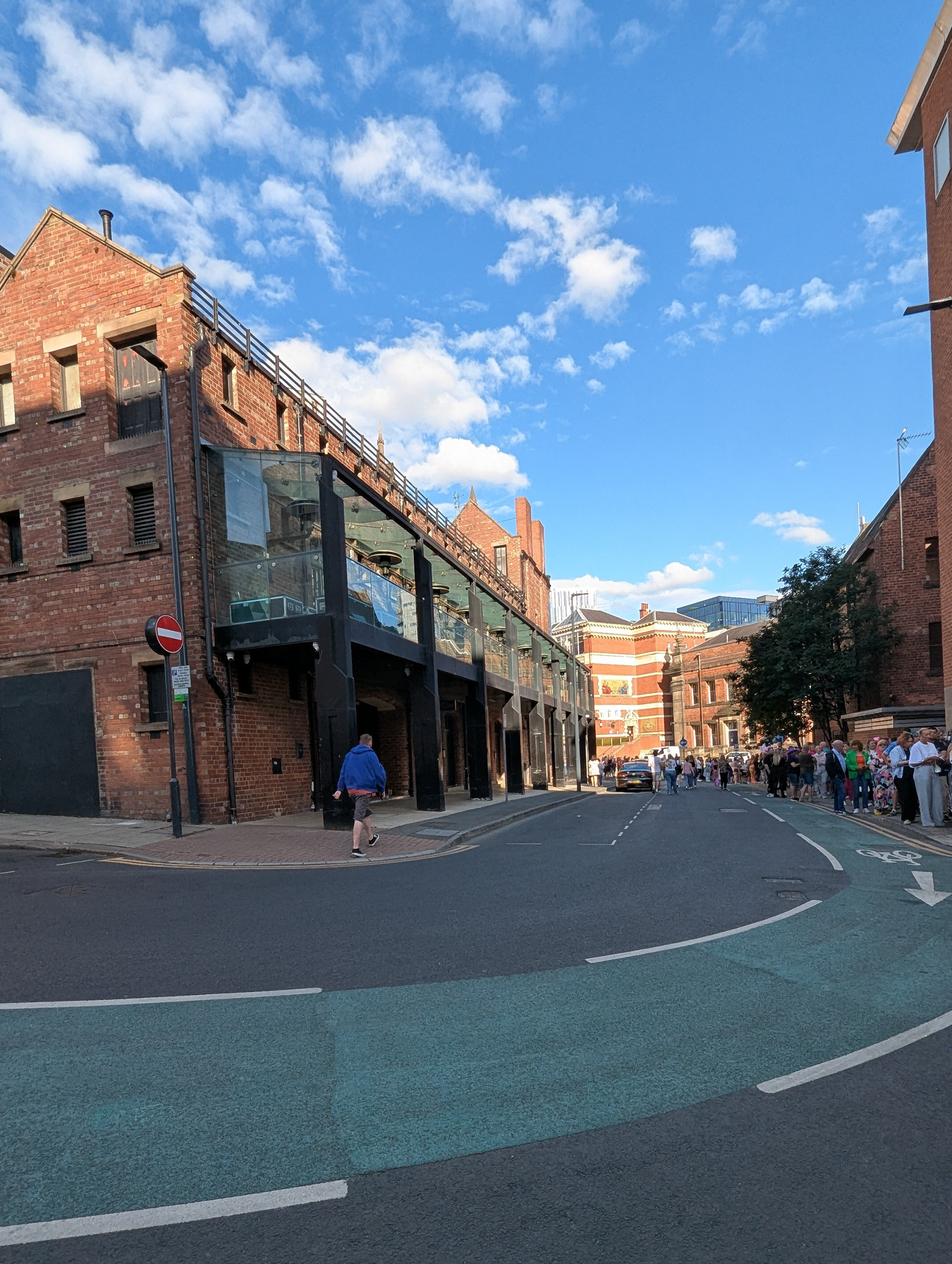
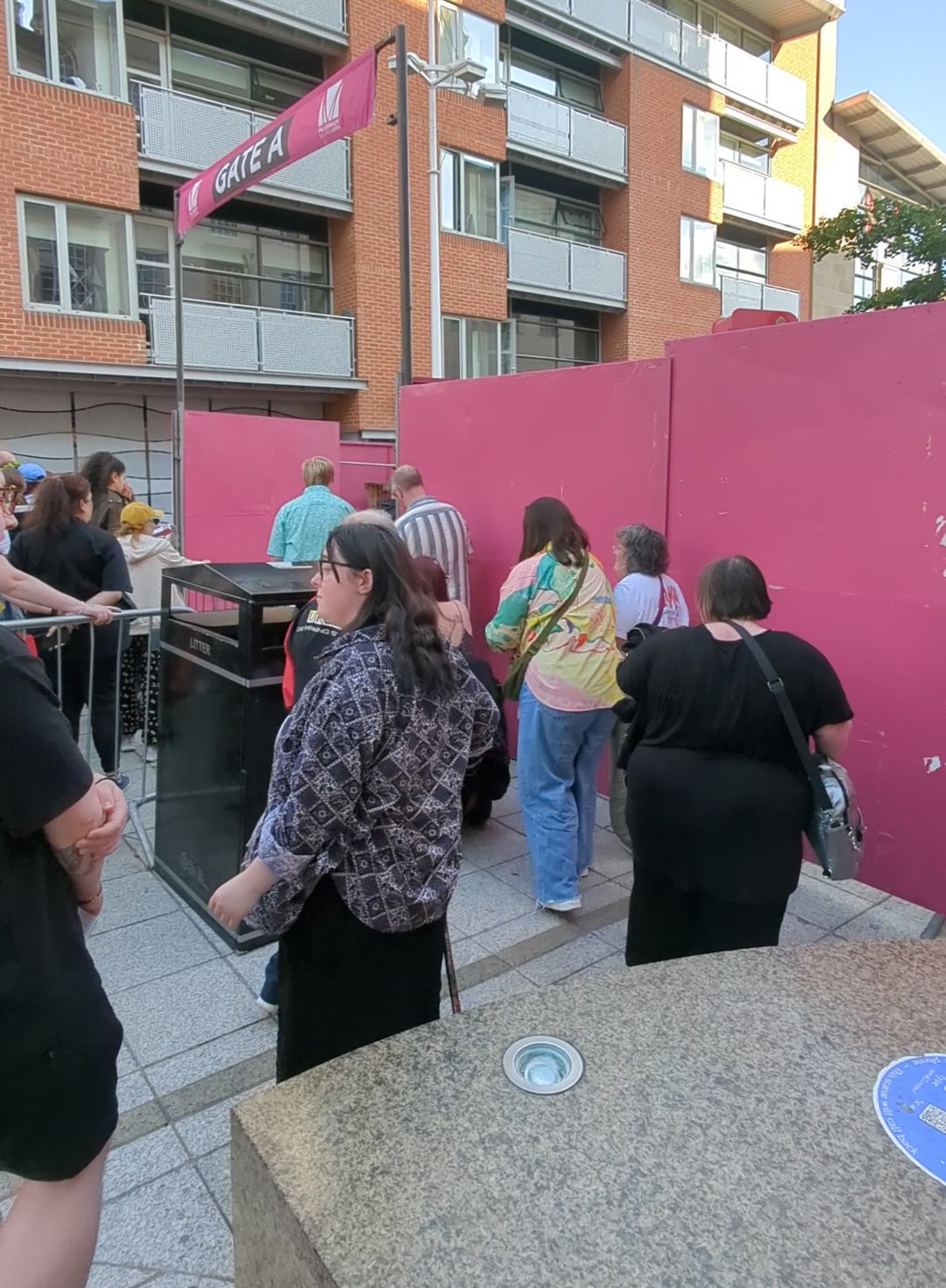

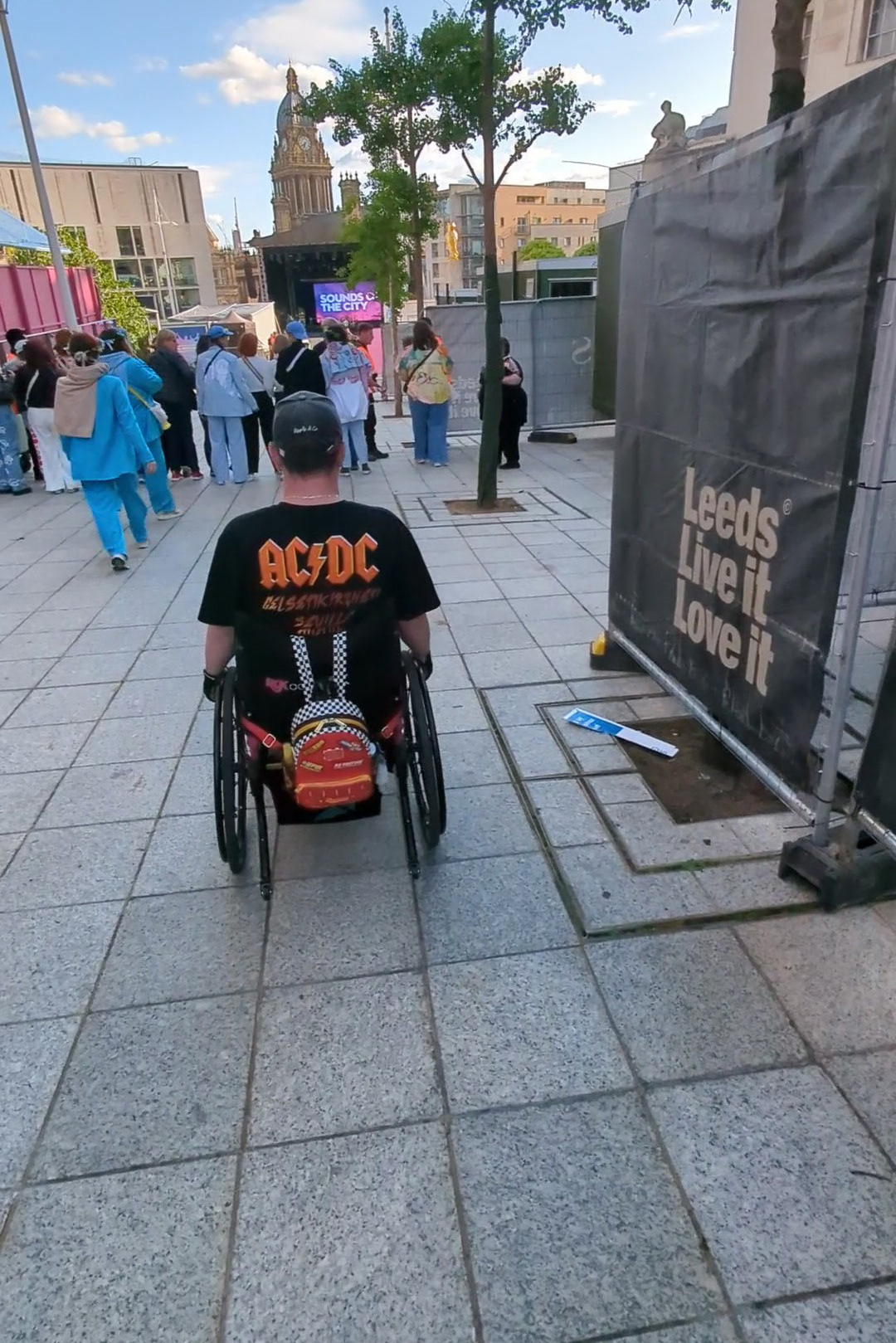
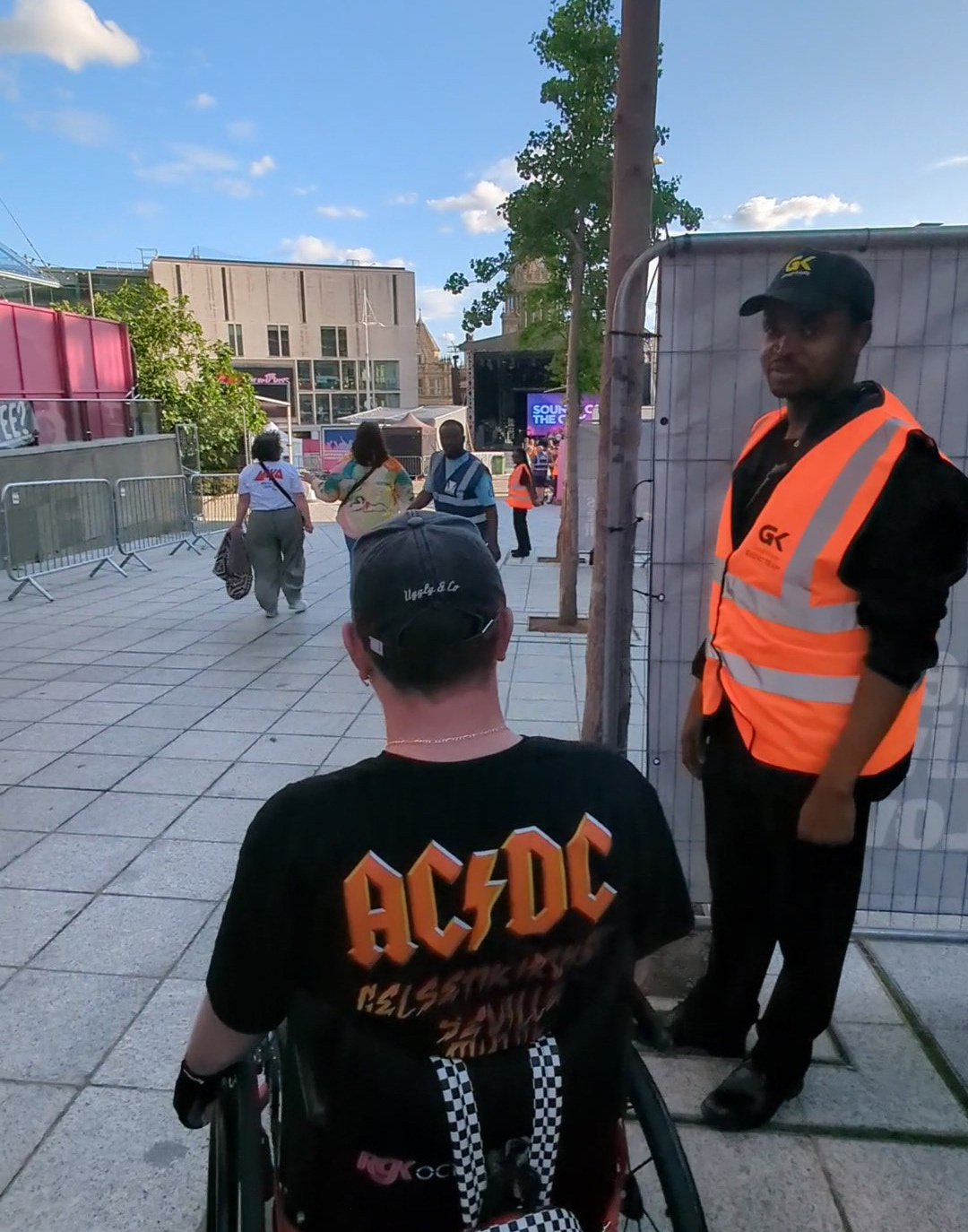
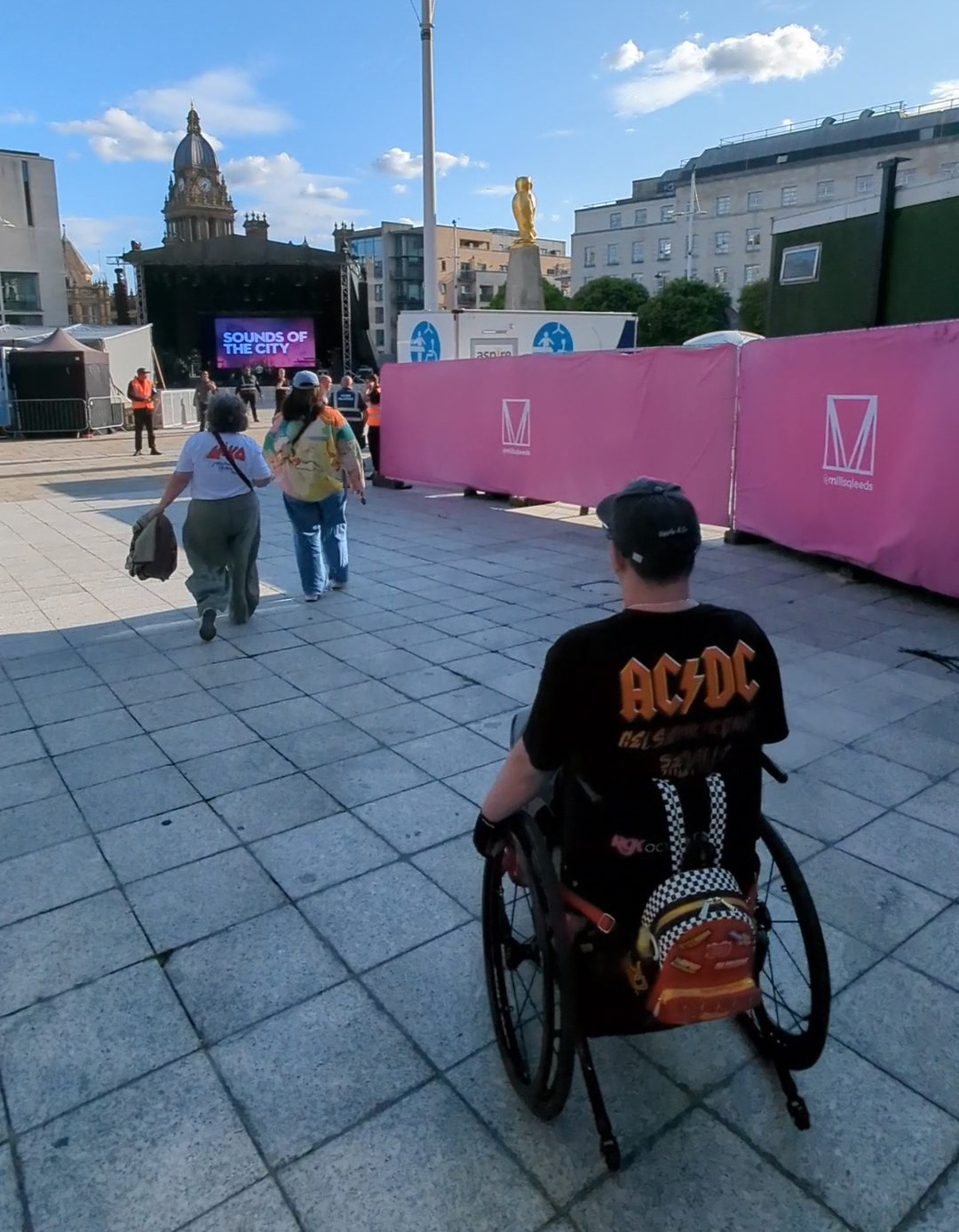
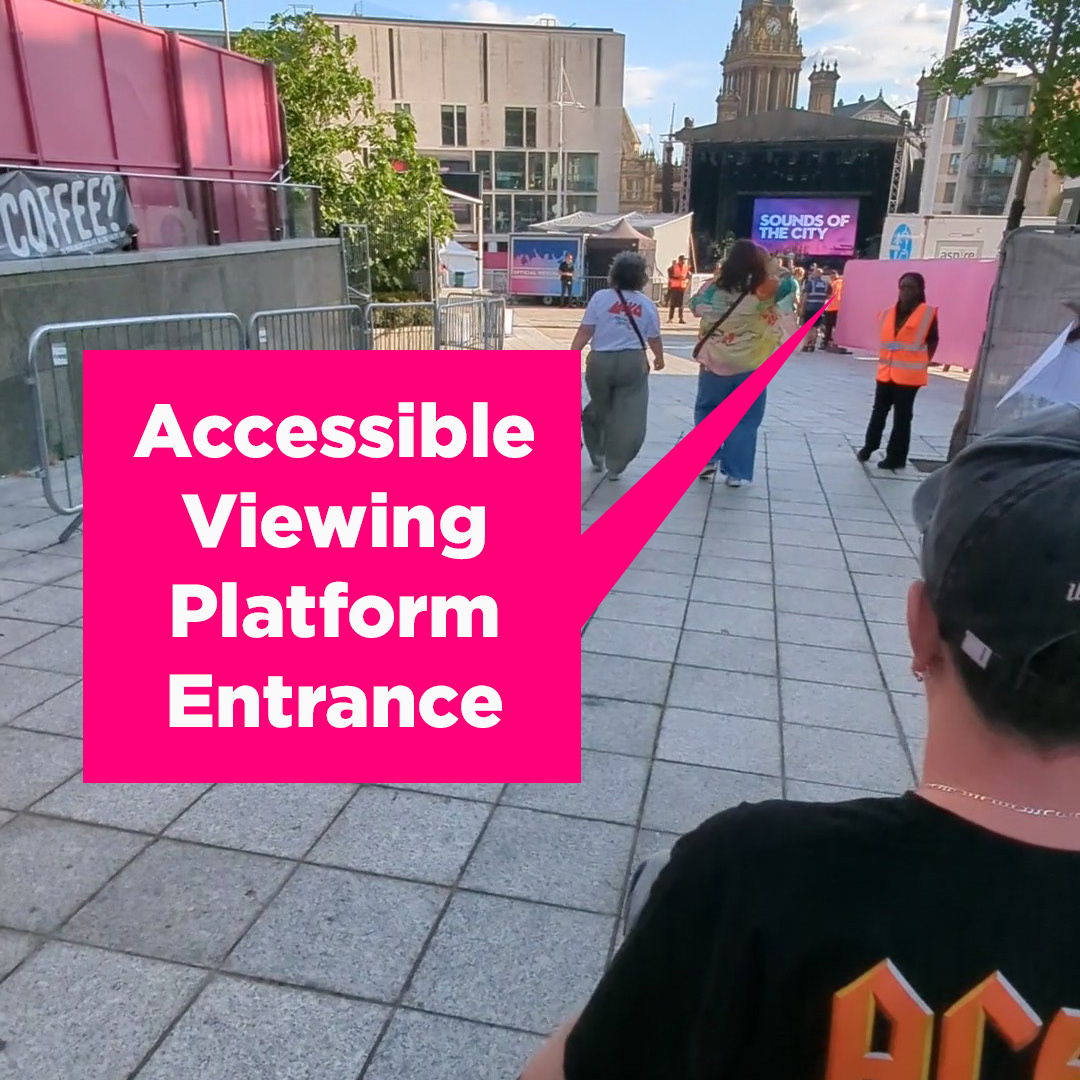
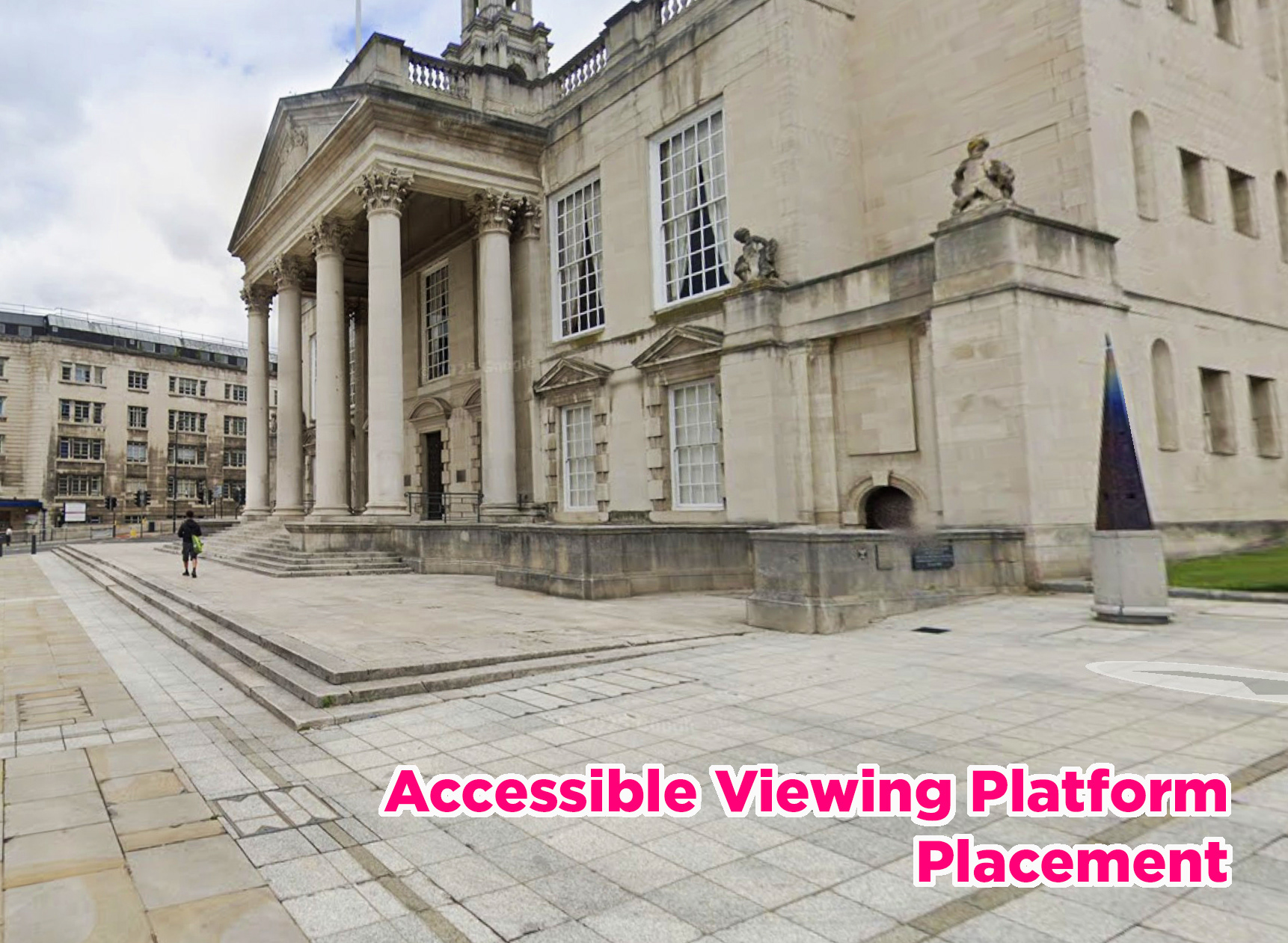
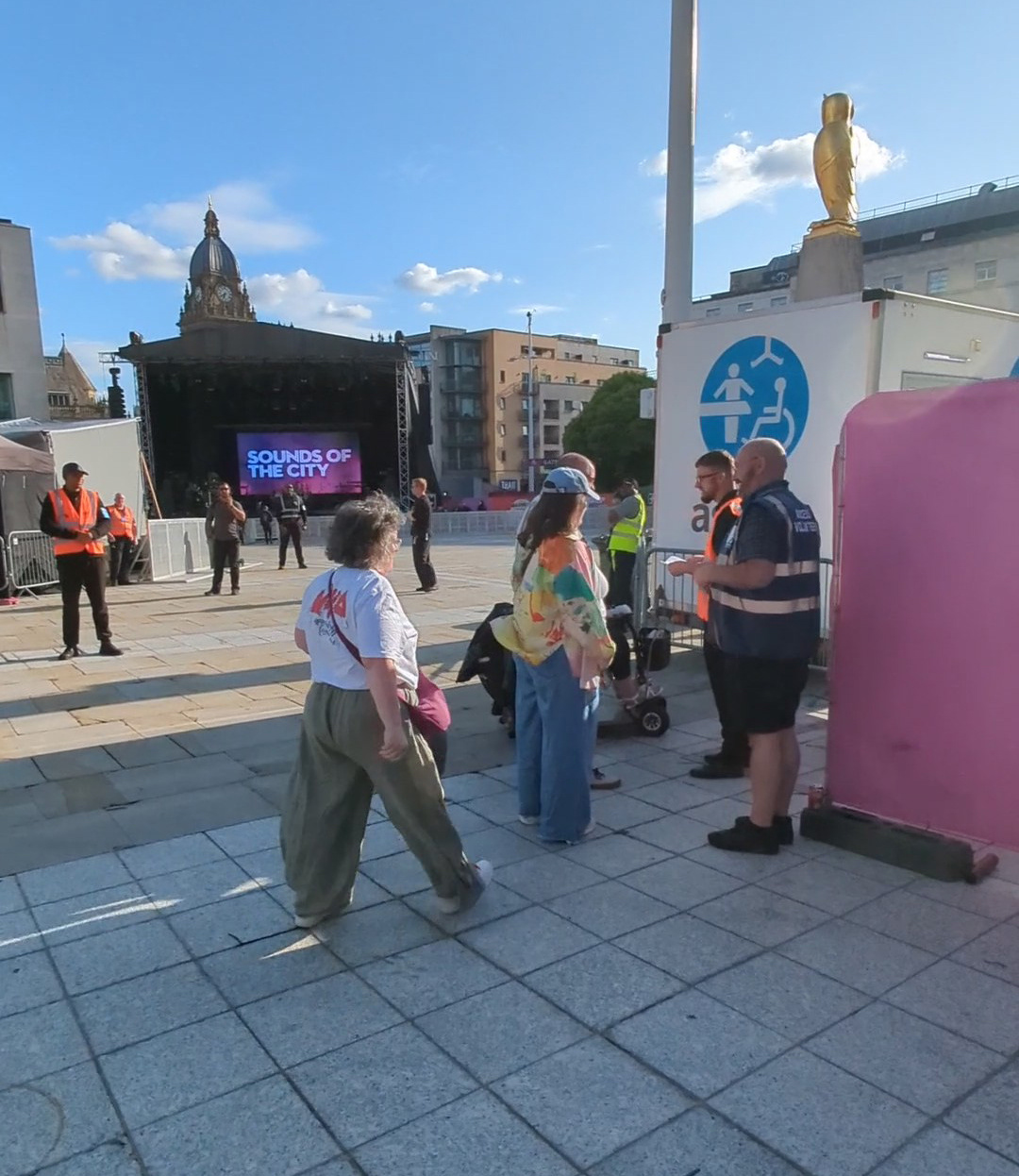
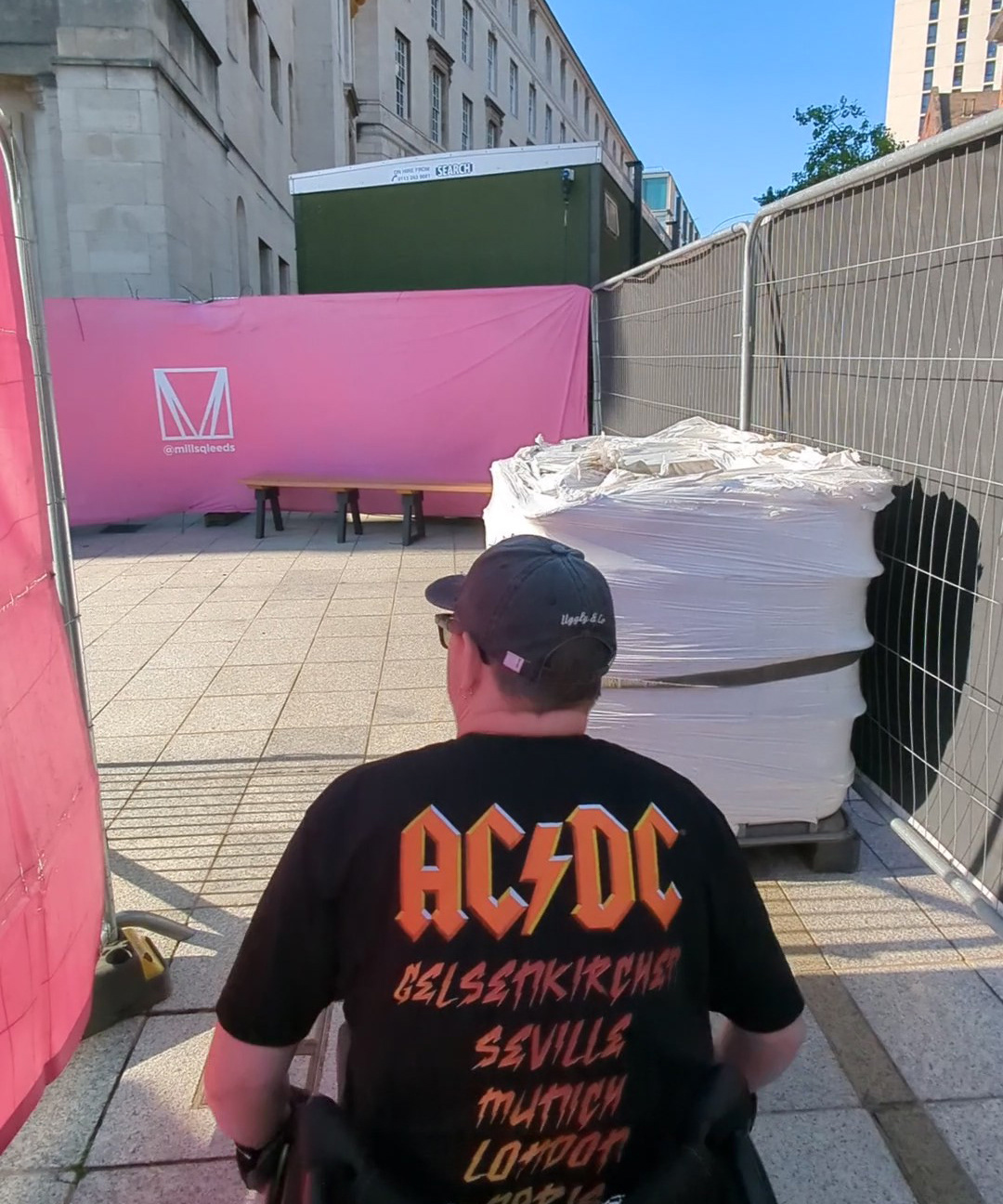

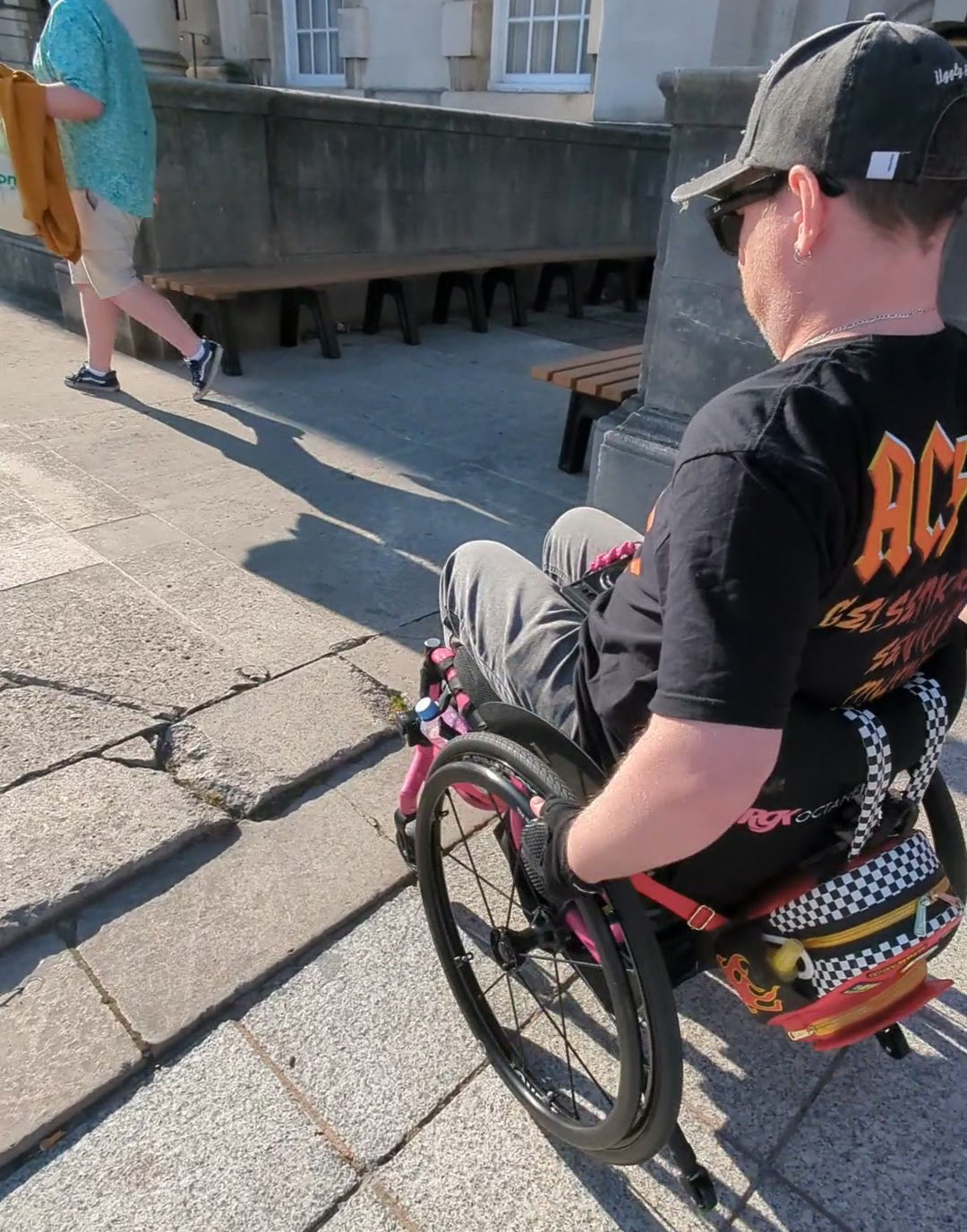

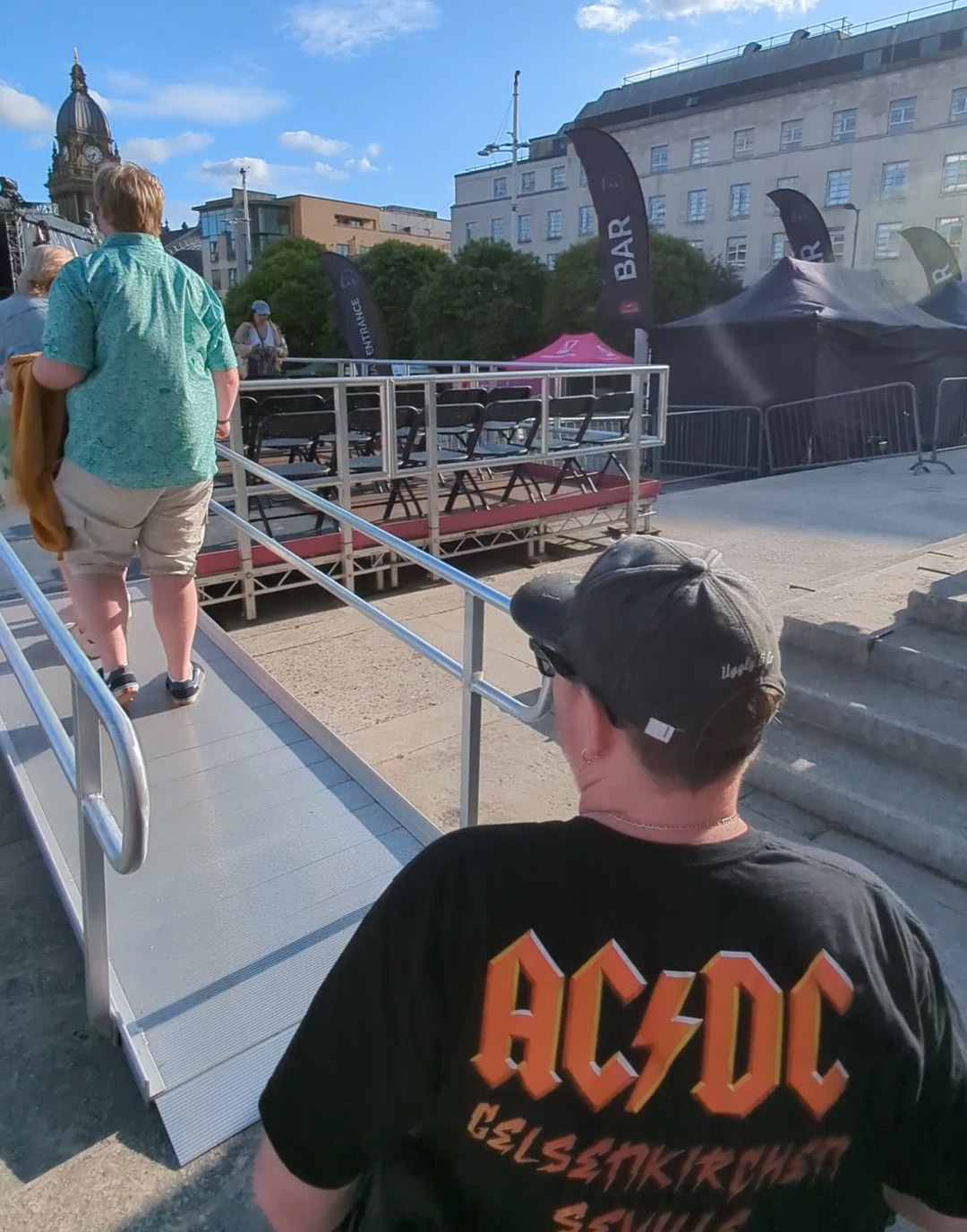
FACILITIES
There is a minimum amount of facilities in the Square. In the northeastern corner, there are public toilets, including one that is accessible. With a single entrance down a sloping tunnel, it will cause a bottleneck when it’s busy. For this event, this entrance was designated as the male toilets entrance.
The ladies' toilet entrance was an emergency exit located under the Wetherspoon’s pub, close to the accessible viewing platform, which led downstairs to the opposite end of the public toilets. The stairway is narrow, so queuing was awkward.
Additional portable toilet blocks were located on the pathway between the accessible viewing platform and Gate A.
An accessible portaloo and a mobile Changing Places unit were positioned inside the accessible viewing platform area for exclusive use of platform ticket holders. They were clean and well-maintained.
To the right of platform there was a large bar with a good selection of drinks. Beyond the bar, along the fence running along Calverley Street, there was a water refill point. The point consisted of a stainless steel tray with 3 turn taps. The unit was mounted at a high level so not reachable from a wheelchair and I would struggle turning the taps.
Next to the stage, running along the front of the Carriageworks Theatre there were additional bars.
Staff on the accessible viewing platform provided an in-seat drinks service, taking payment by card machine and bringing your drinks to you.
There was a limited number of food outlets between Gates B and C, but the choice was limited, and there was little provision for food allergies. Additionally, there was no in-seat service, so you had to cross to the opposite side of the Square from the accessible viewing platform to purchase food.
There was a small merchandise trailer located close to the sound desk, but since there were no specific items for this show, the trailer wasn’t open.
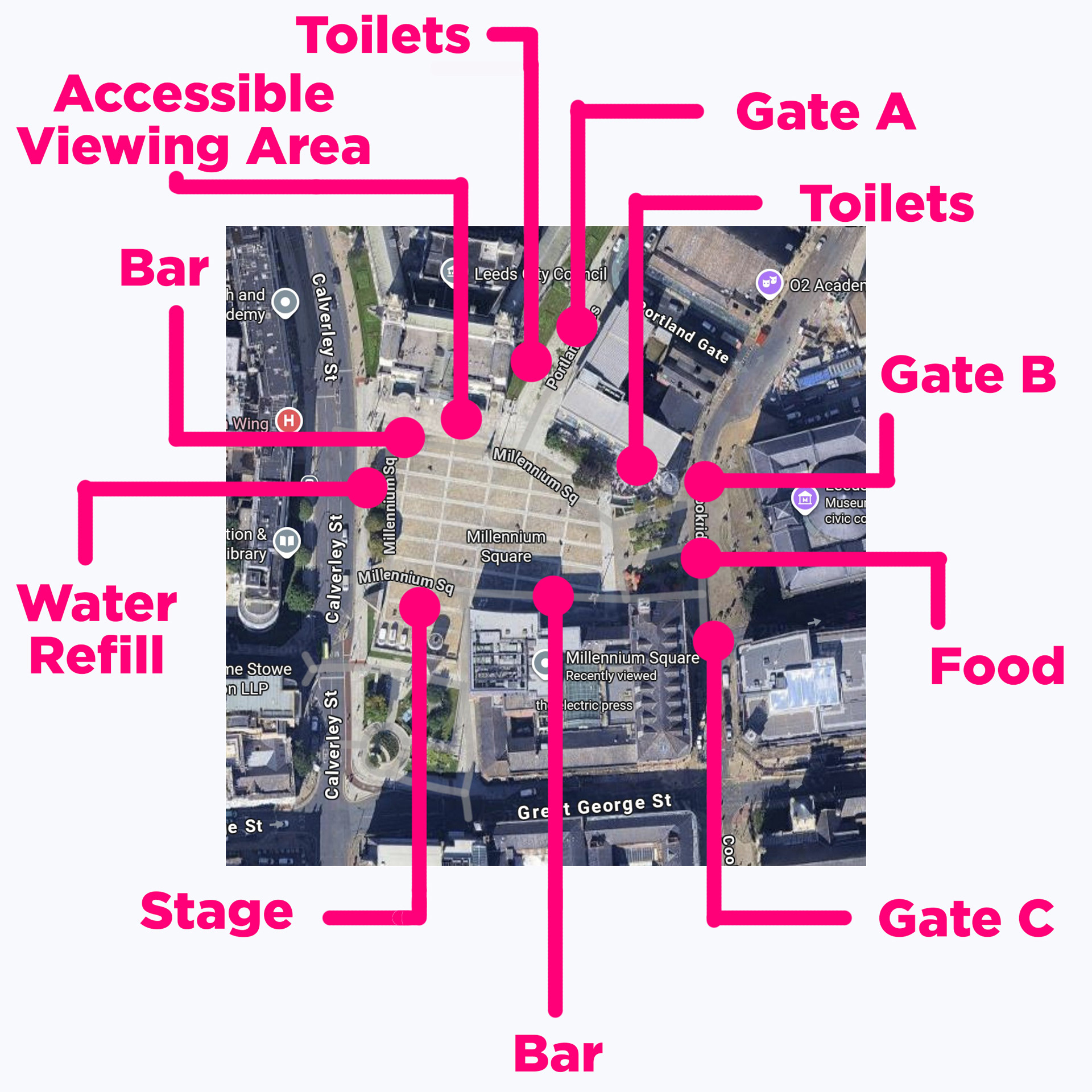
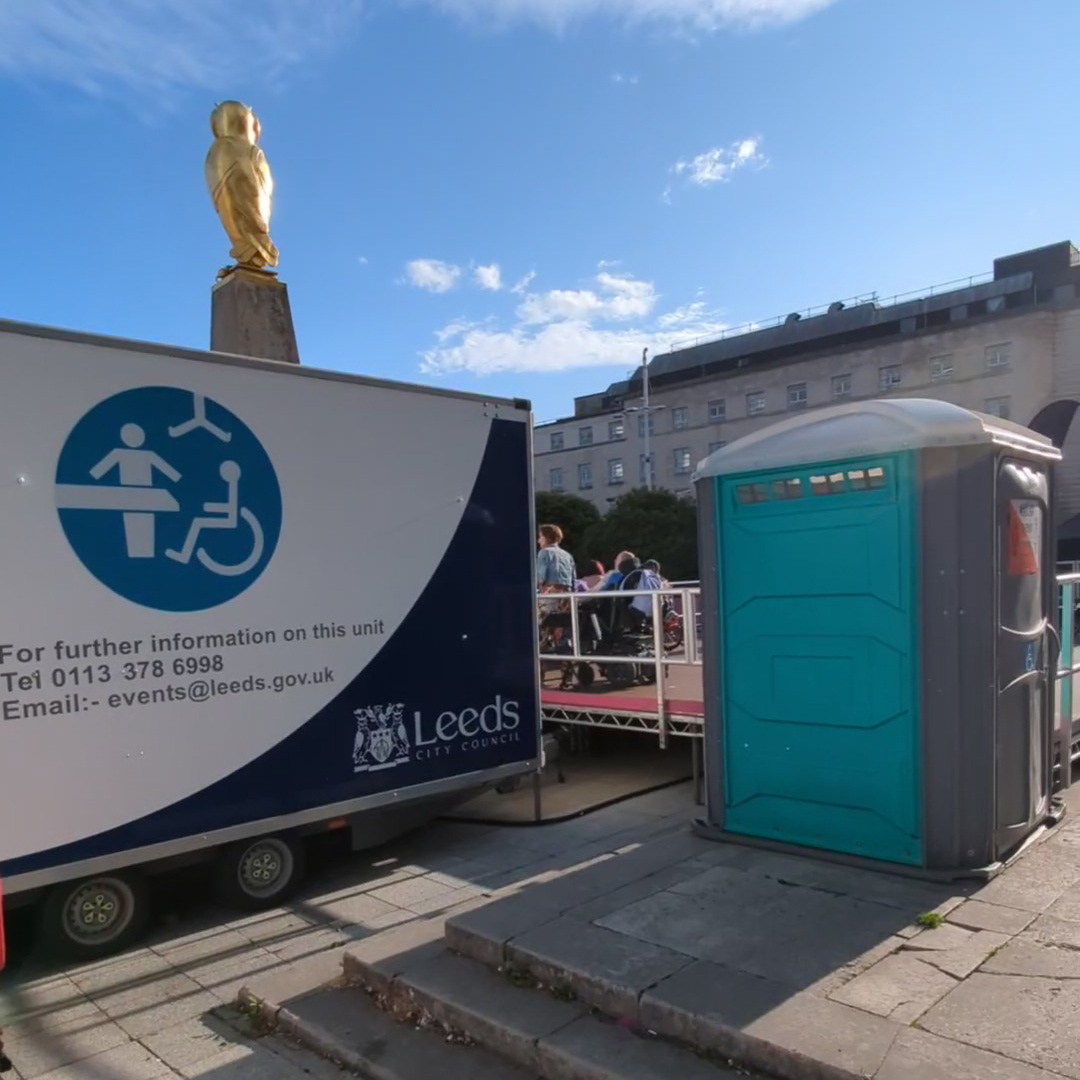
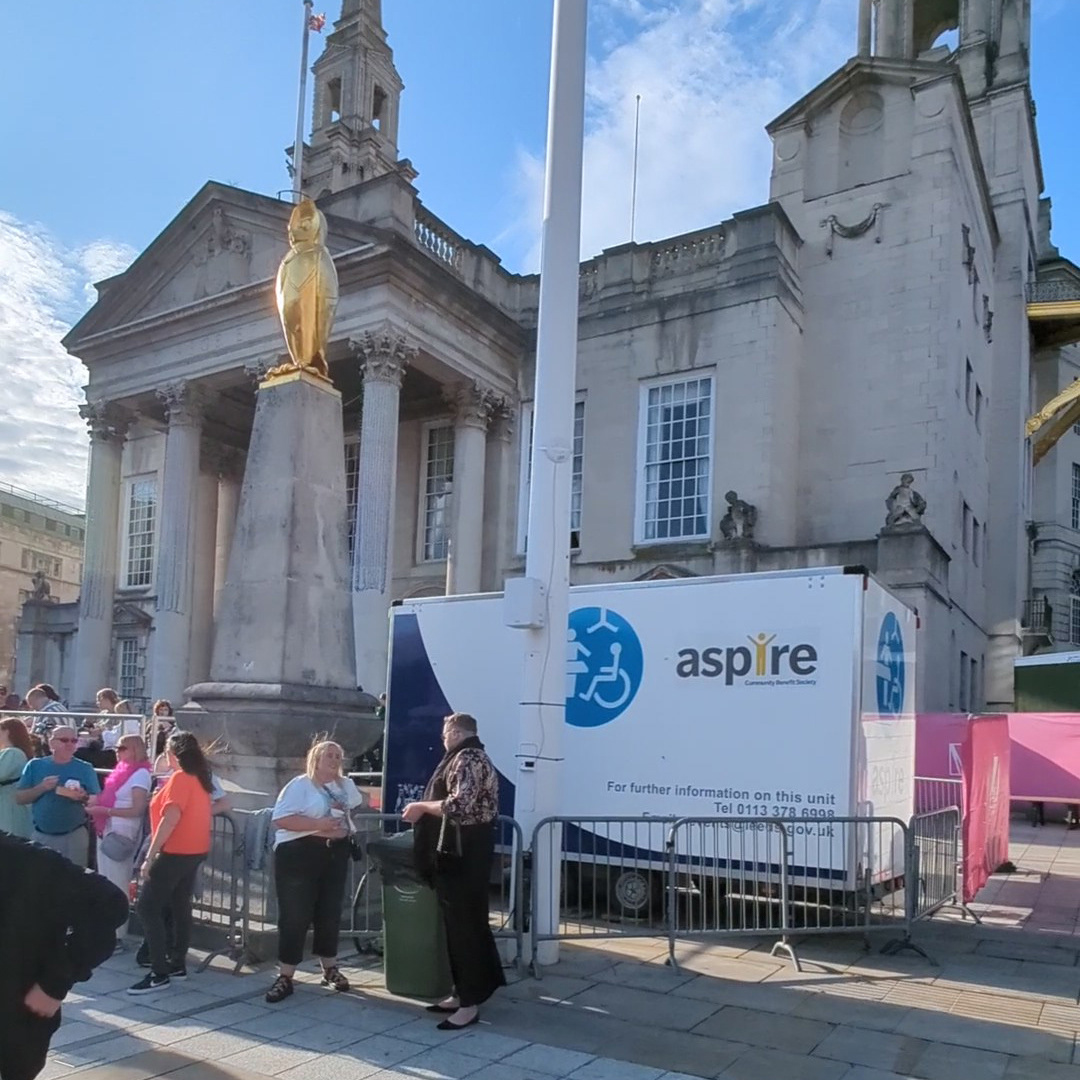
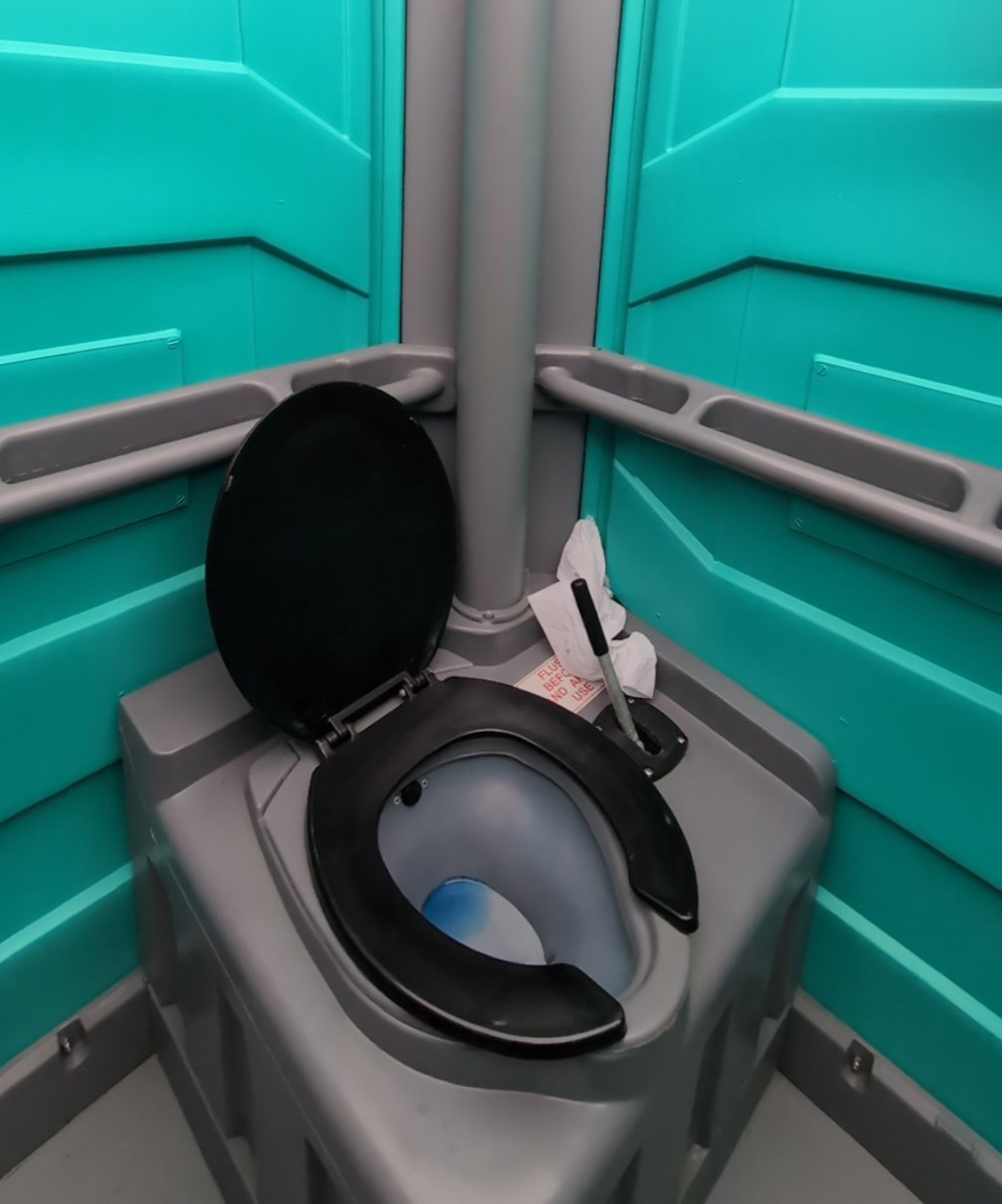



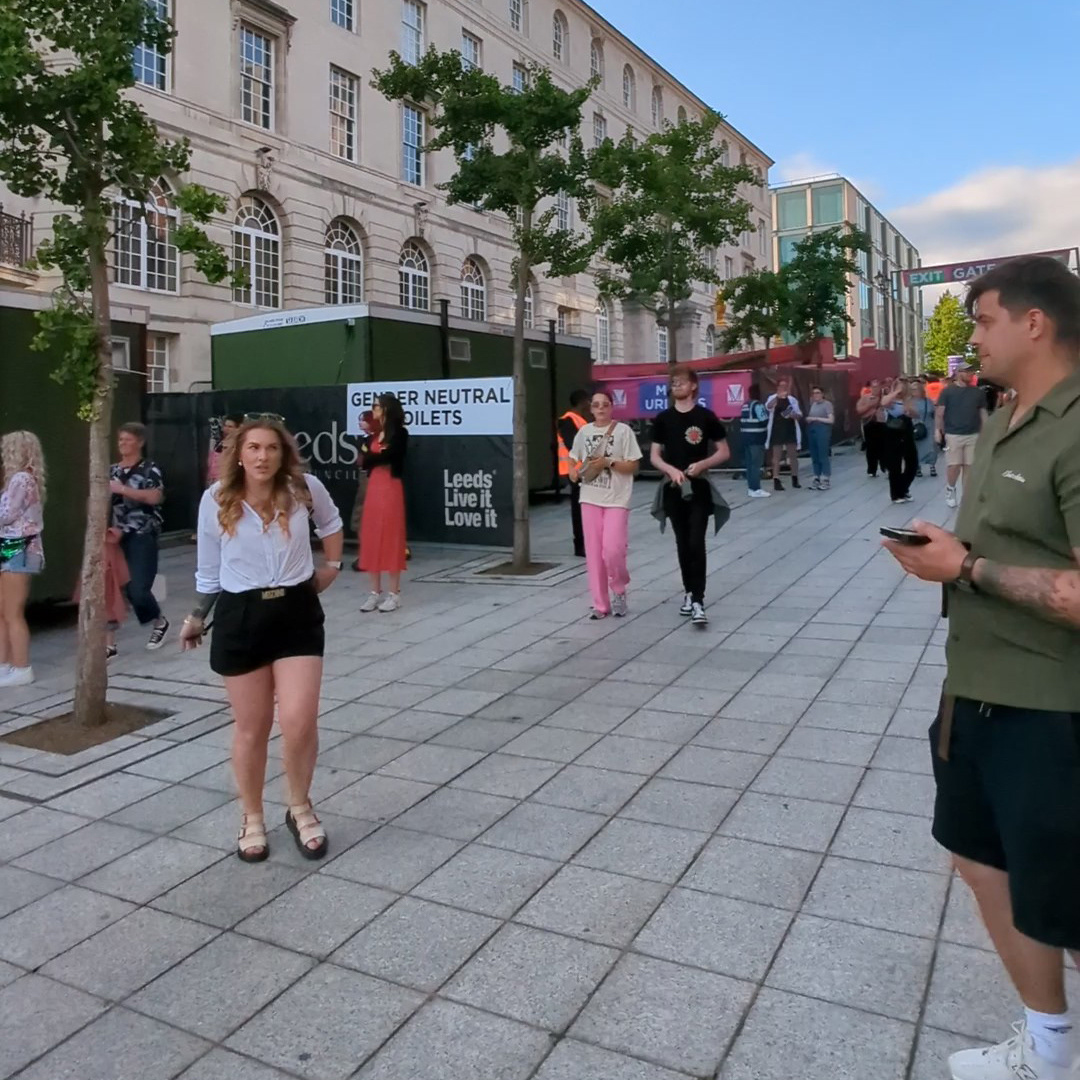
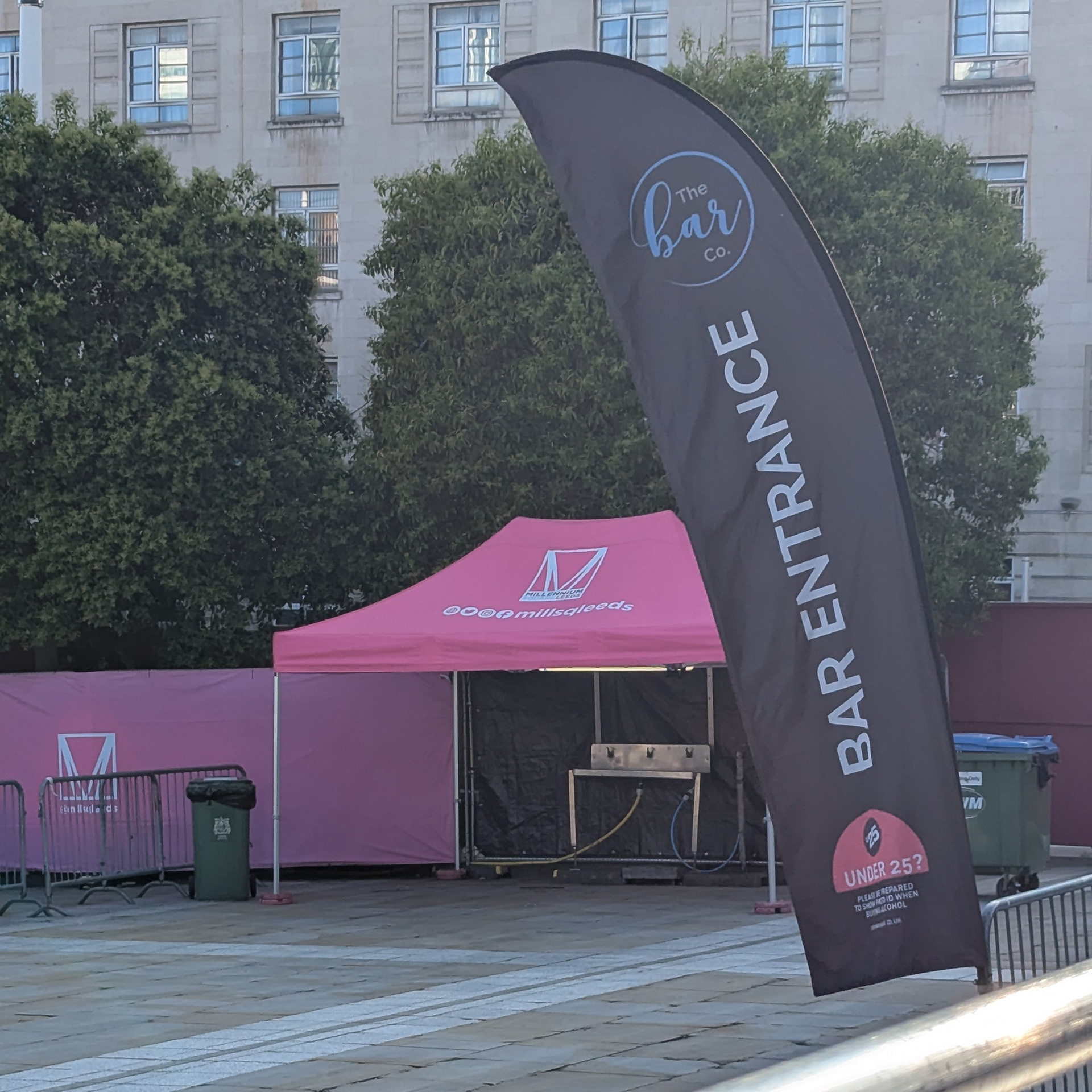
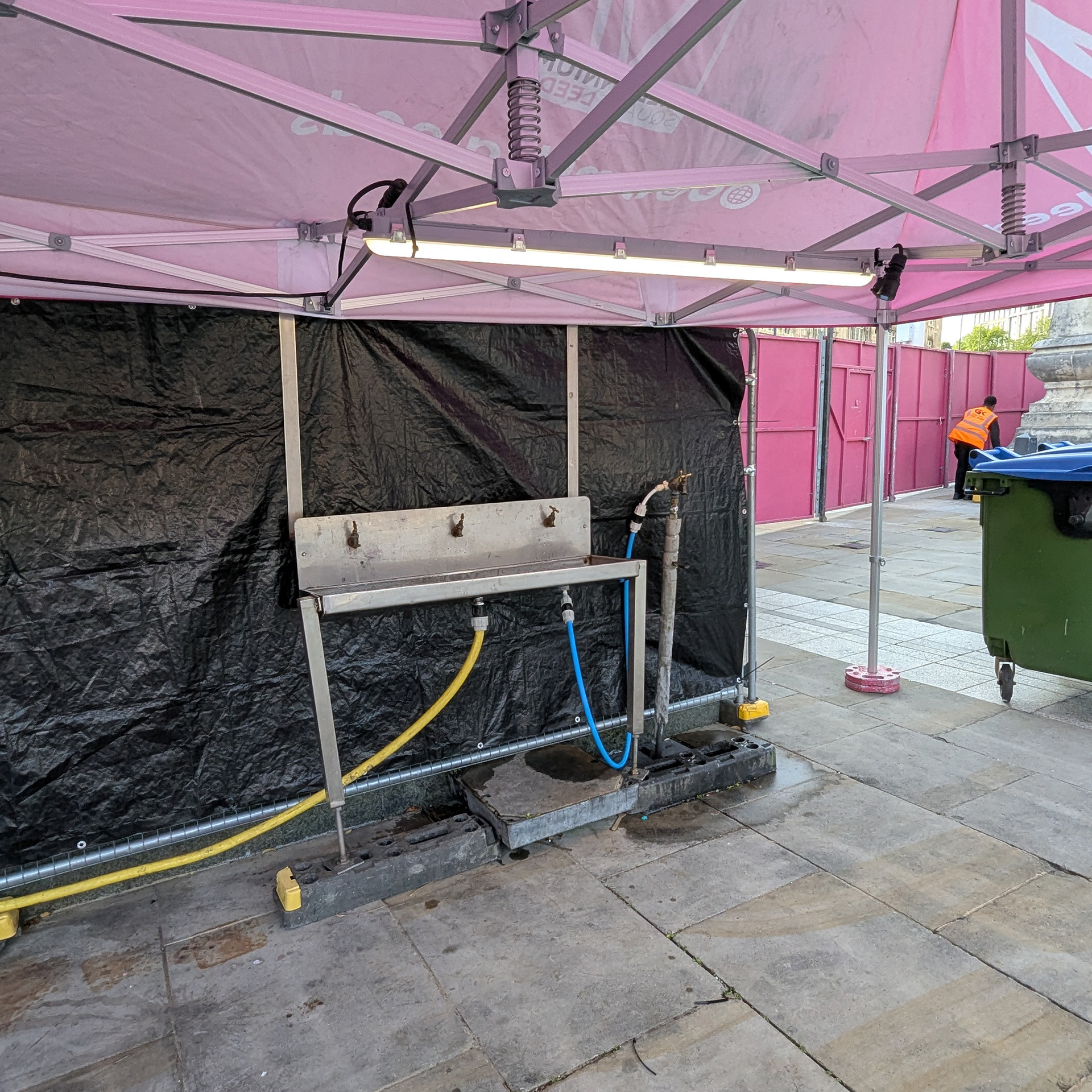
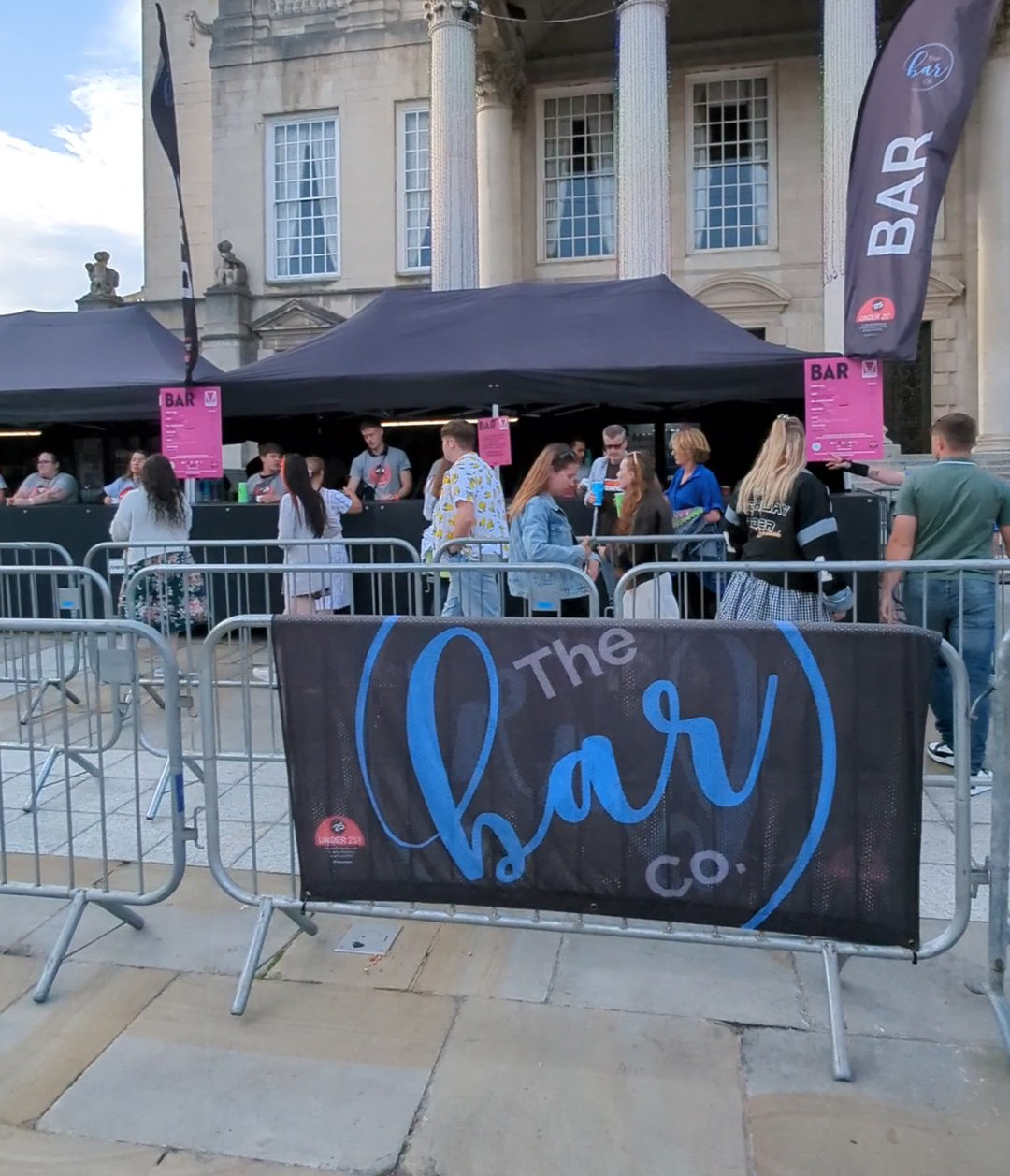
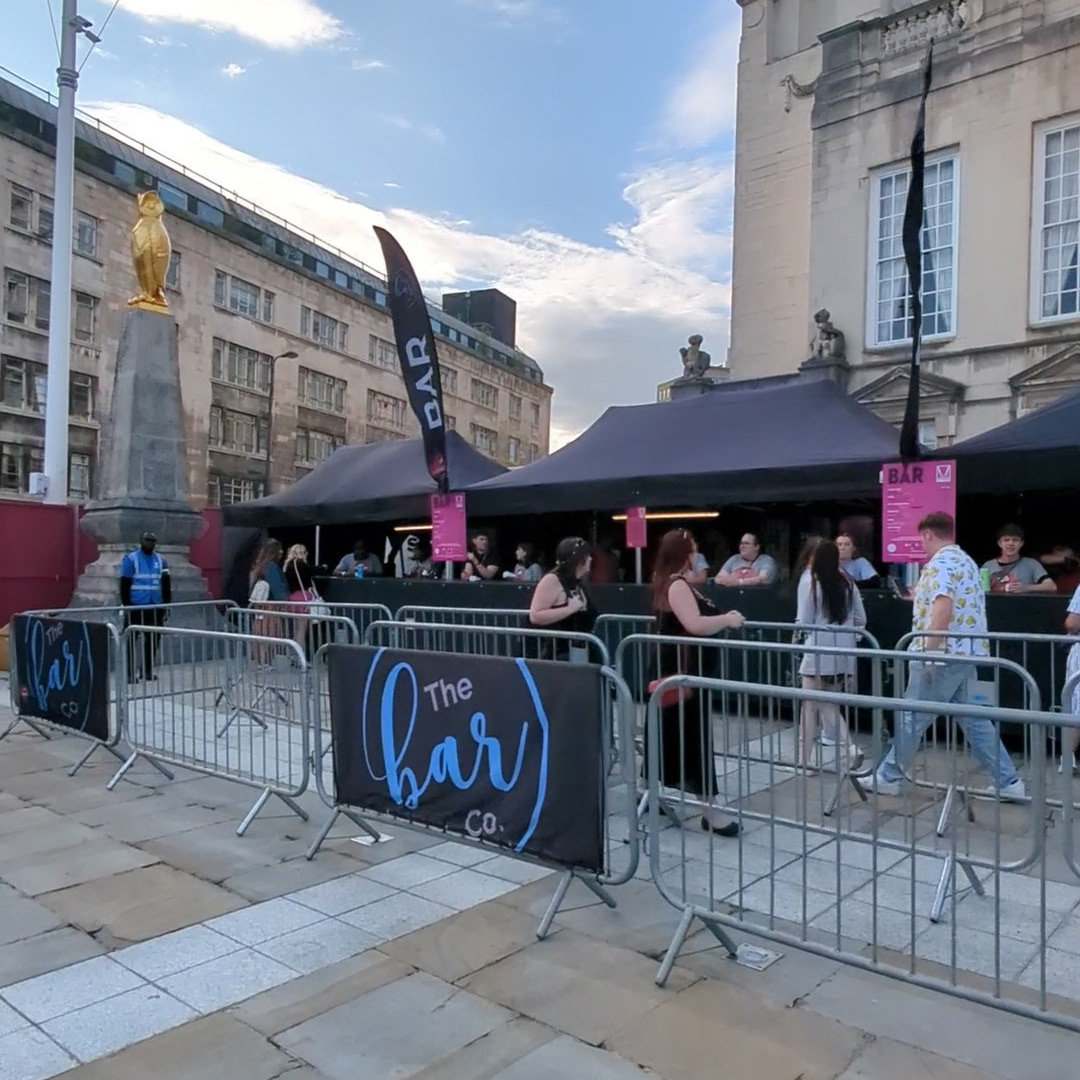


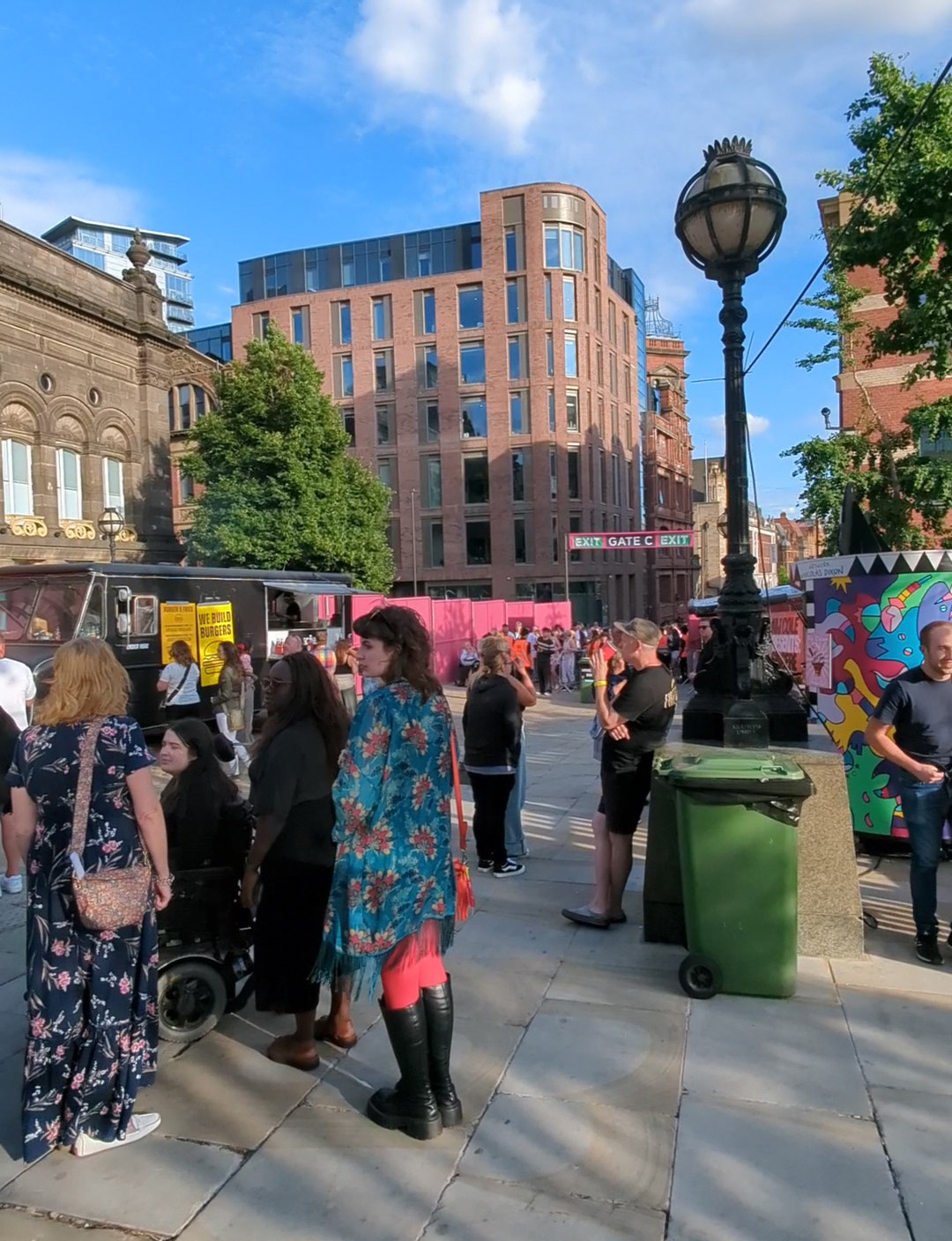
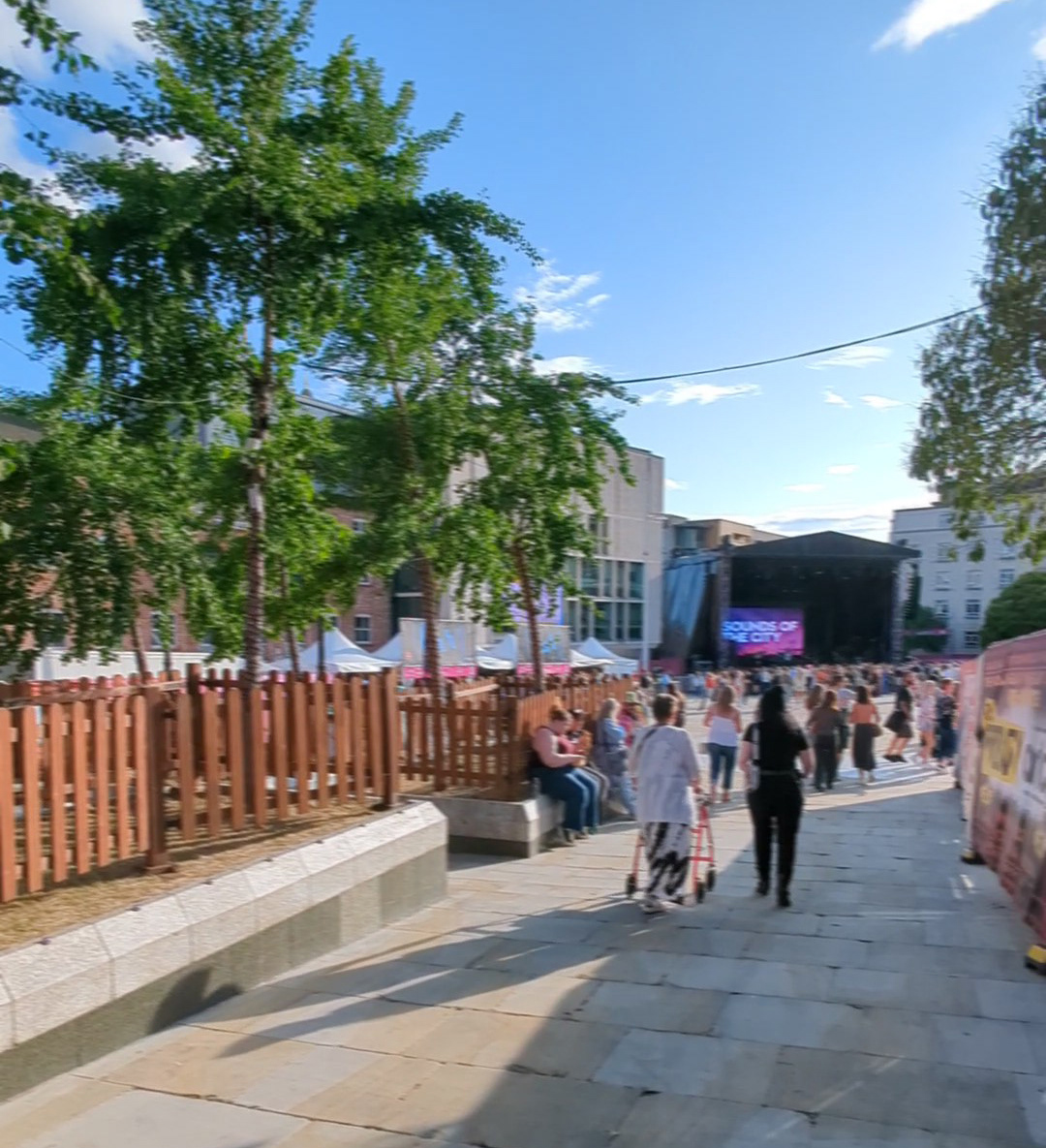

SEATING
The accessible viewing platform was a good size.
Access onto the platform was via a ramp that has a very slight incline, as the land naturally slopes downward, so the platform doesn’t need to be raised too high.
There is a marked central walkway.
Seating for ambulatory access customers was to the right. There were 5 rows of fold up seats, fastened together with cable ties in rows of 6. Having the seats tied together maintained the space between the rows and ensured chairs weren’t moved to become a potential obstruction.
The wheelchair spaces and companion seats were on the left. Members of staff helped to arrange everyone into rows and providing the fold up seats for the companions.
It was made clear that the central area between the white markings was to be kept clear at all times to allow people to move around on and off the platform.
The platform was surrounded by sturdy metal fencing, which was a reasonable height to be safe yet easy to see over. There were no sharp or square edges. The height also meant that we had a clear view over anyone standing in front of the platform.
In front of the platforms there was an addition fence for general admission ticket holders to lean against, meaning they were not causing a nuisance to those on the platform nor were drinks or coats being put on the edge of the platform. The space between the fences was probably less than 30cm.
The additional fence worked a treat until a couple of ladies decided they’d prefer to sit on the fence rather than stand like everyone else. Luckily, we could still see over them but they obviously didn’t see an issue with it.
The placement of the platform meant we had a good view of the stage and it felt safe as we were not surrounded by people. The platform didn’t feel crowded.
Being an outdoor public space, there is no shelter from the weather so you need to come prepared. We were blessed with a lovely, sunny Summer evening.
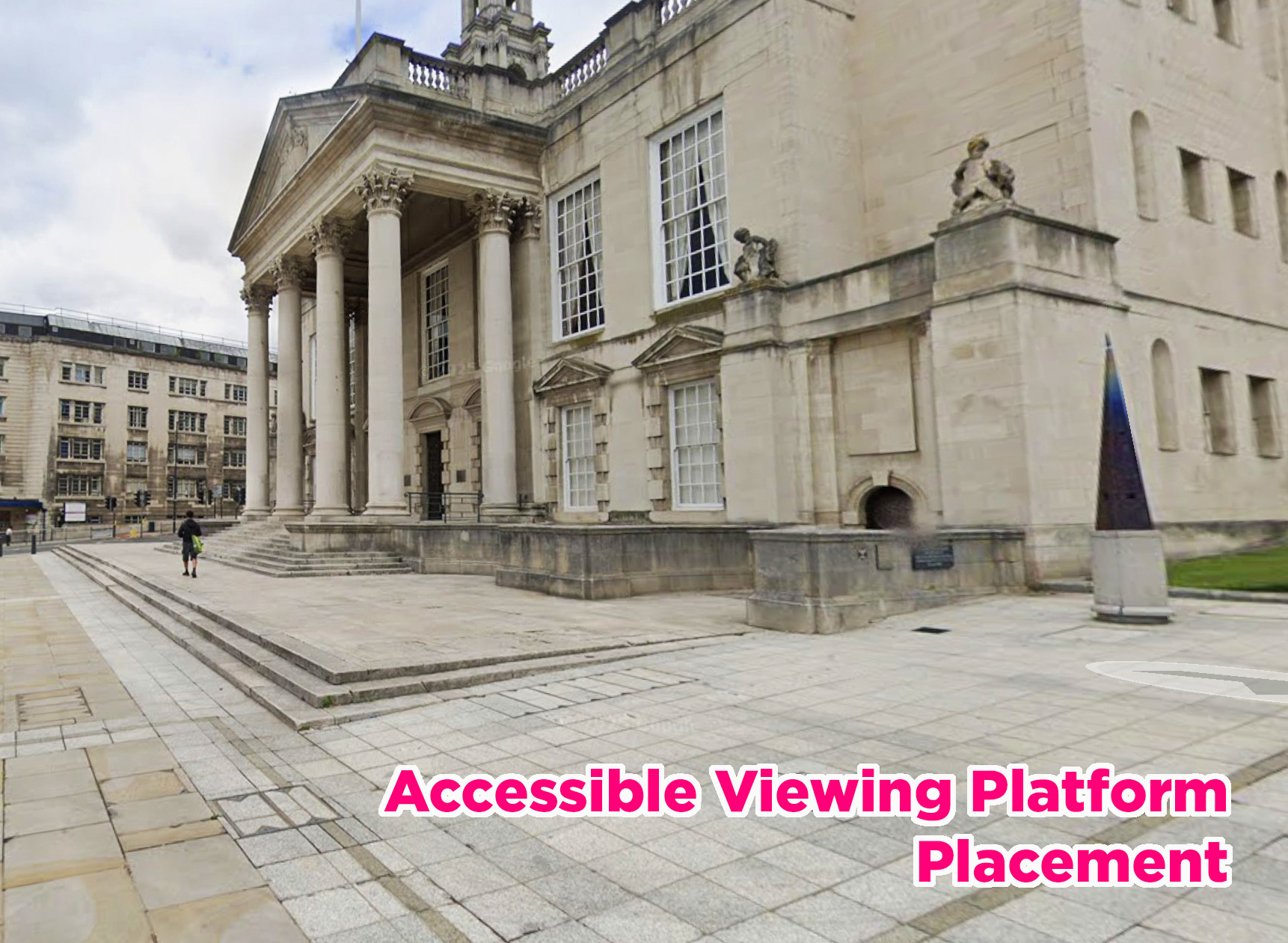

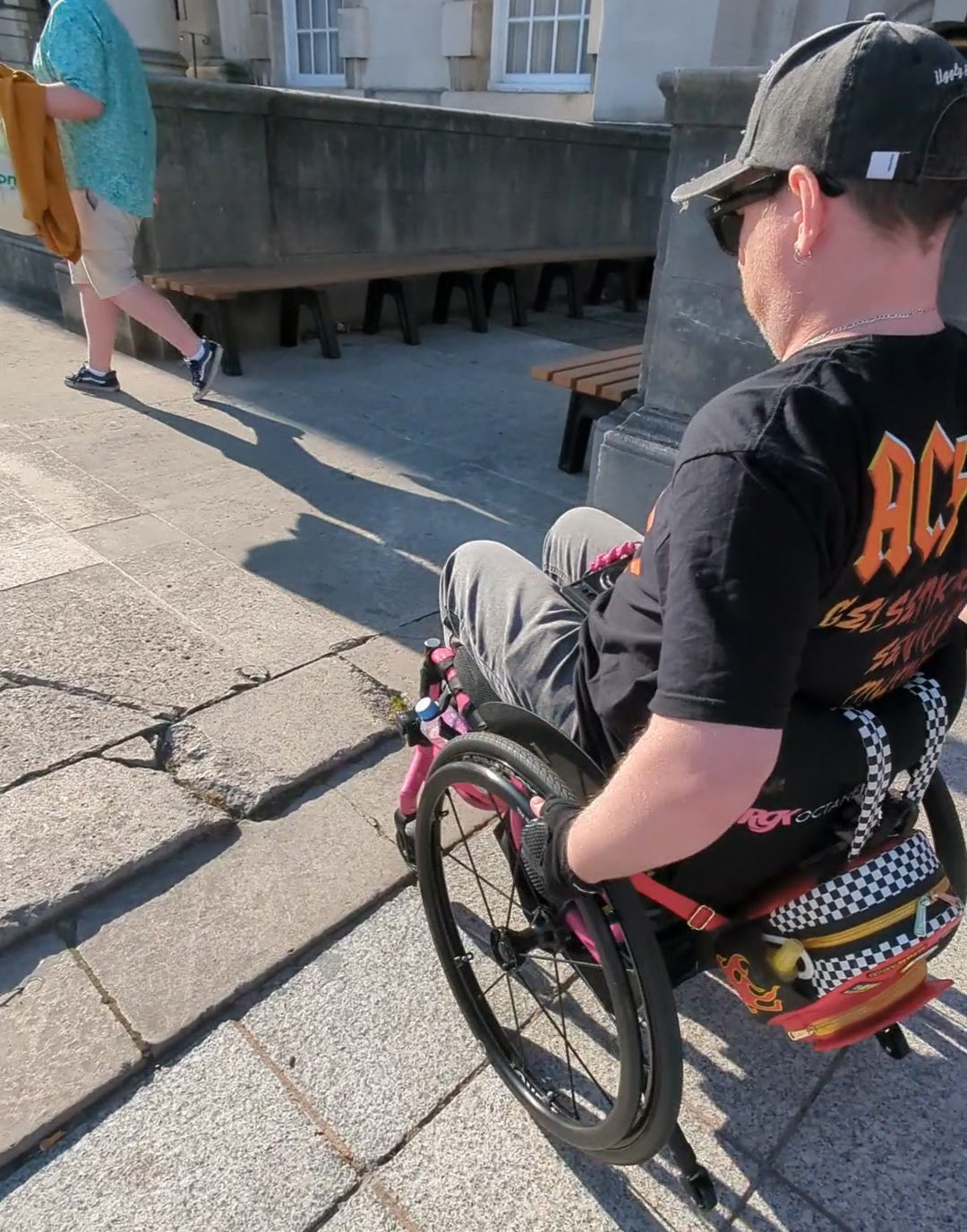
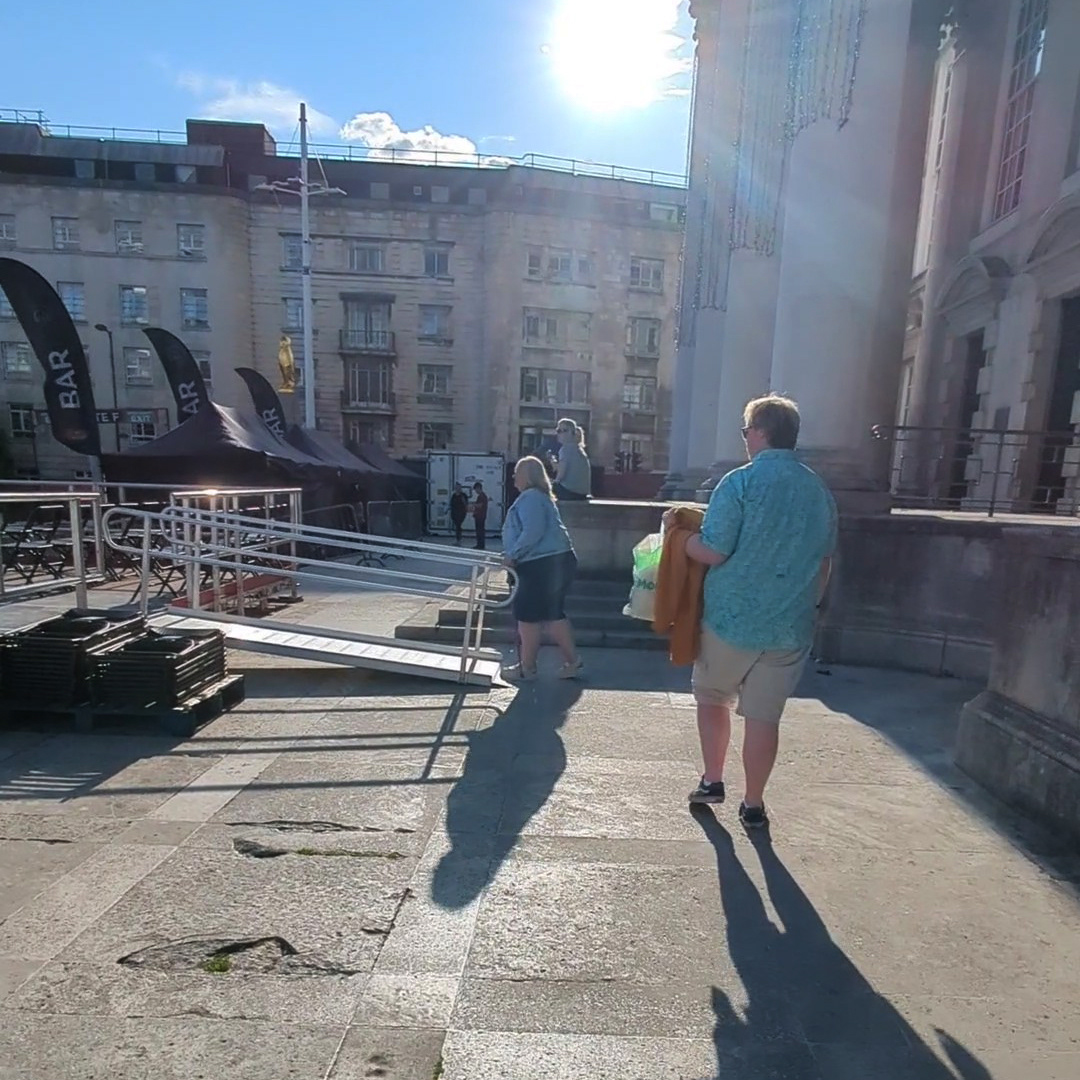
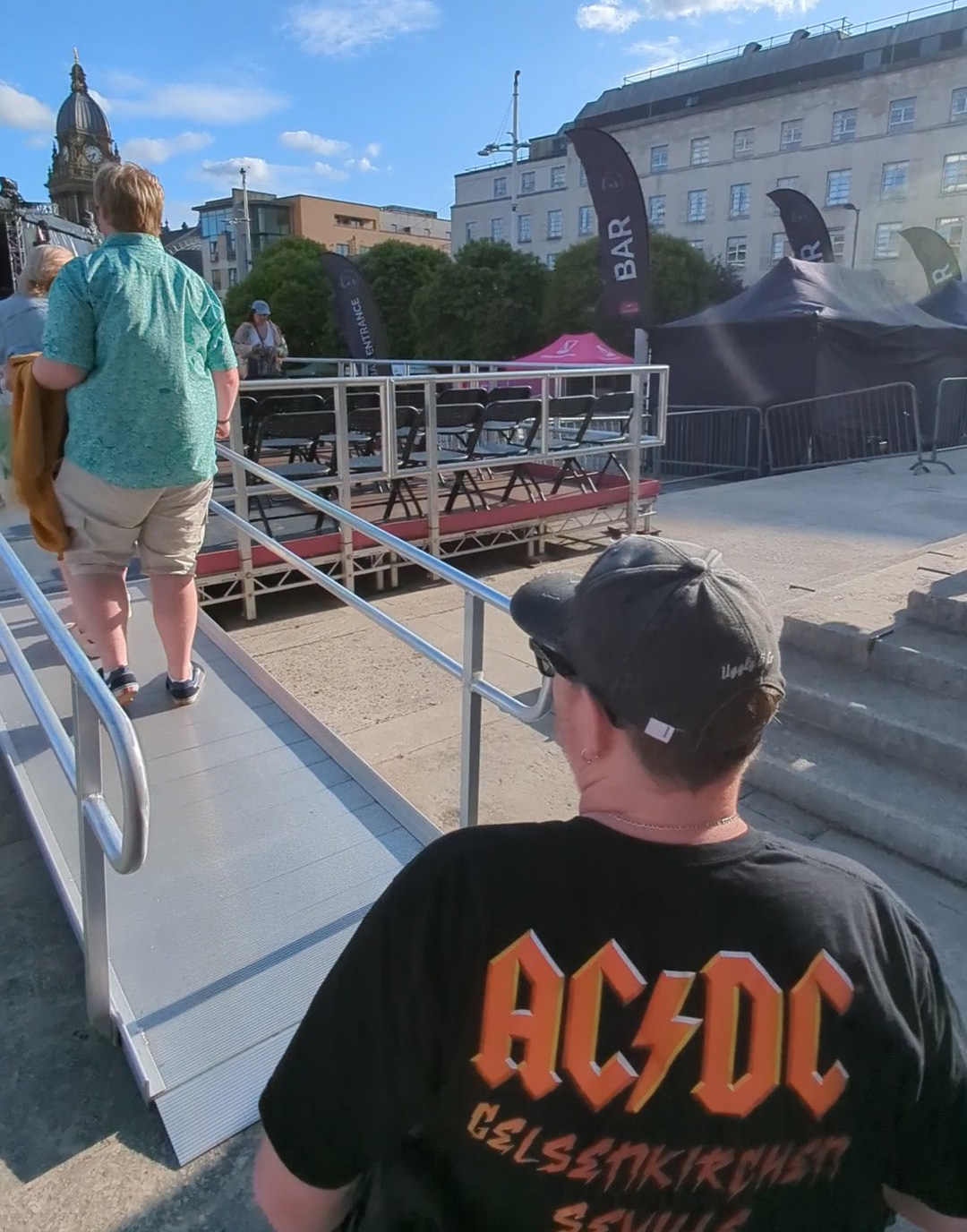

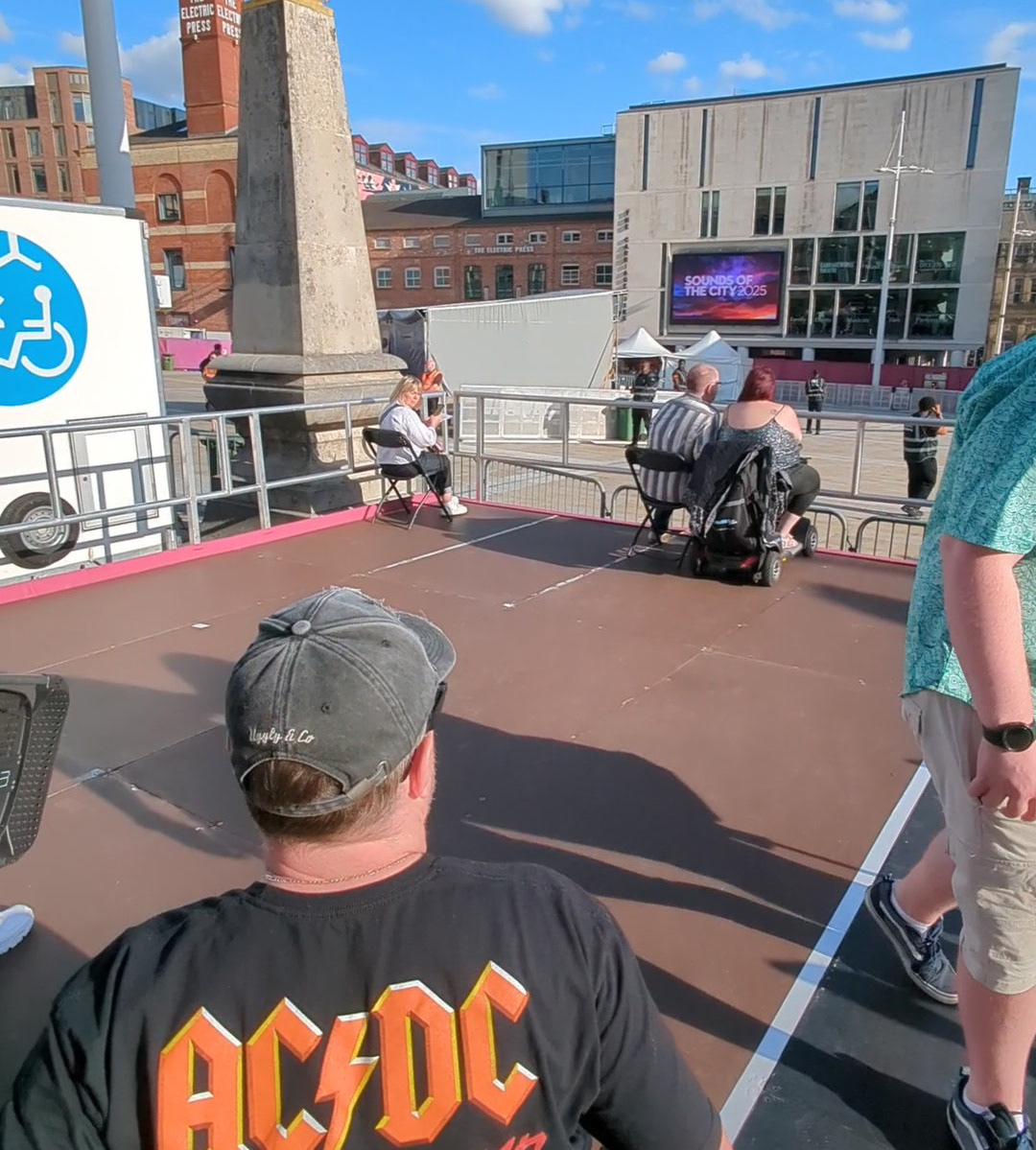
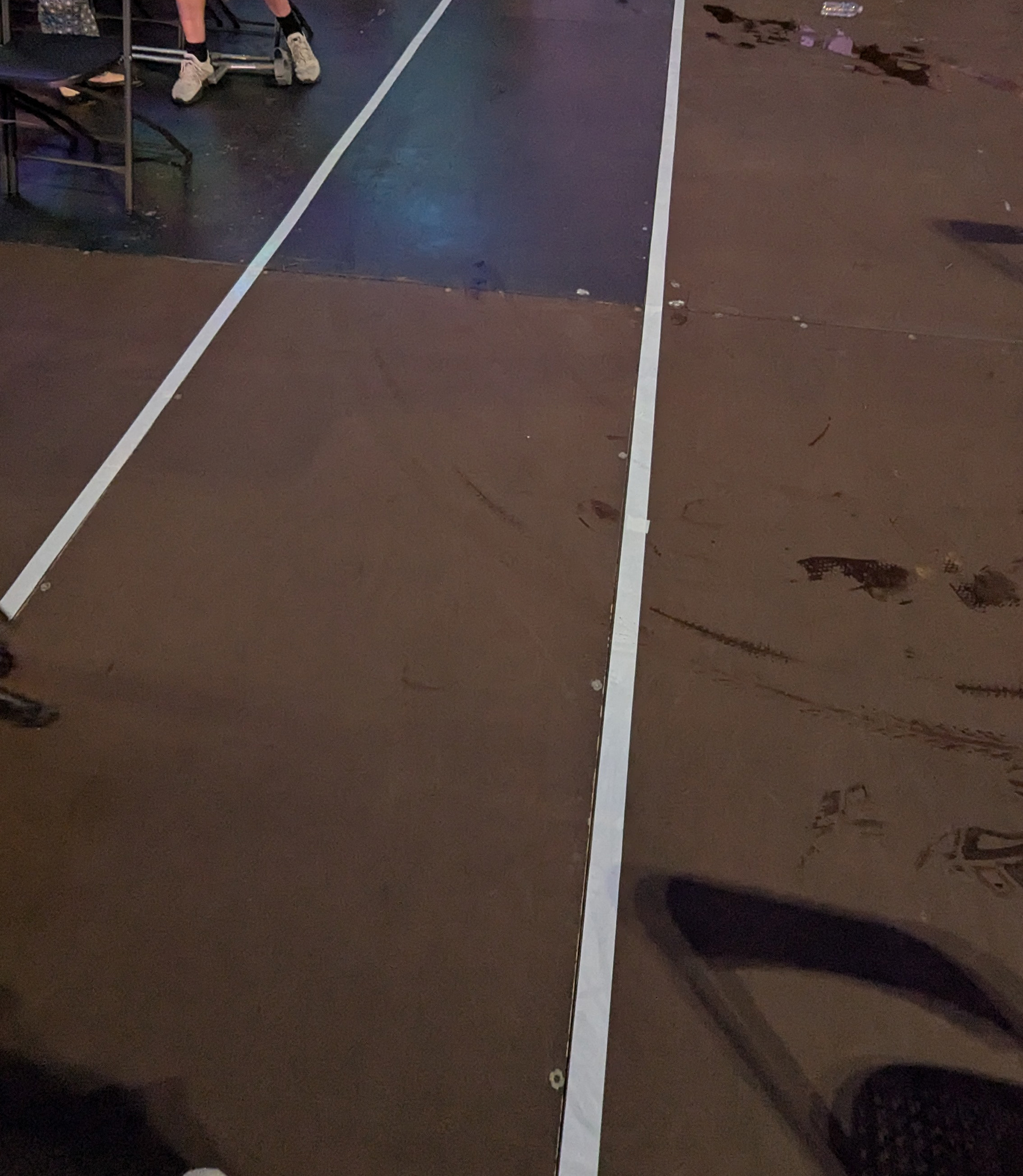

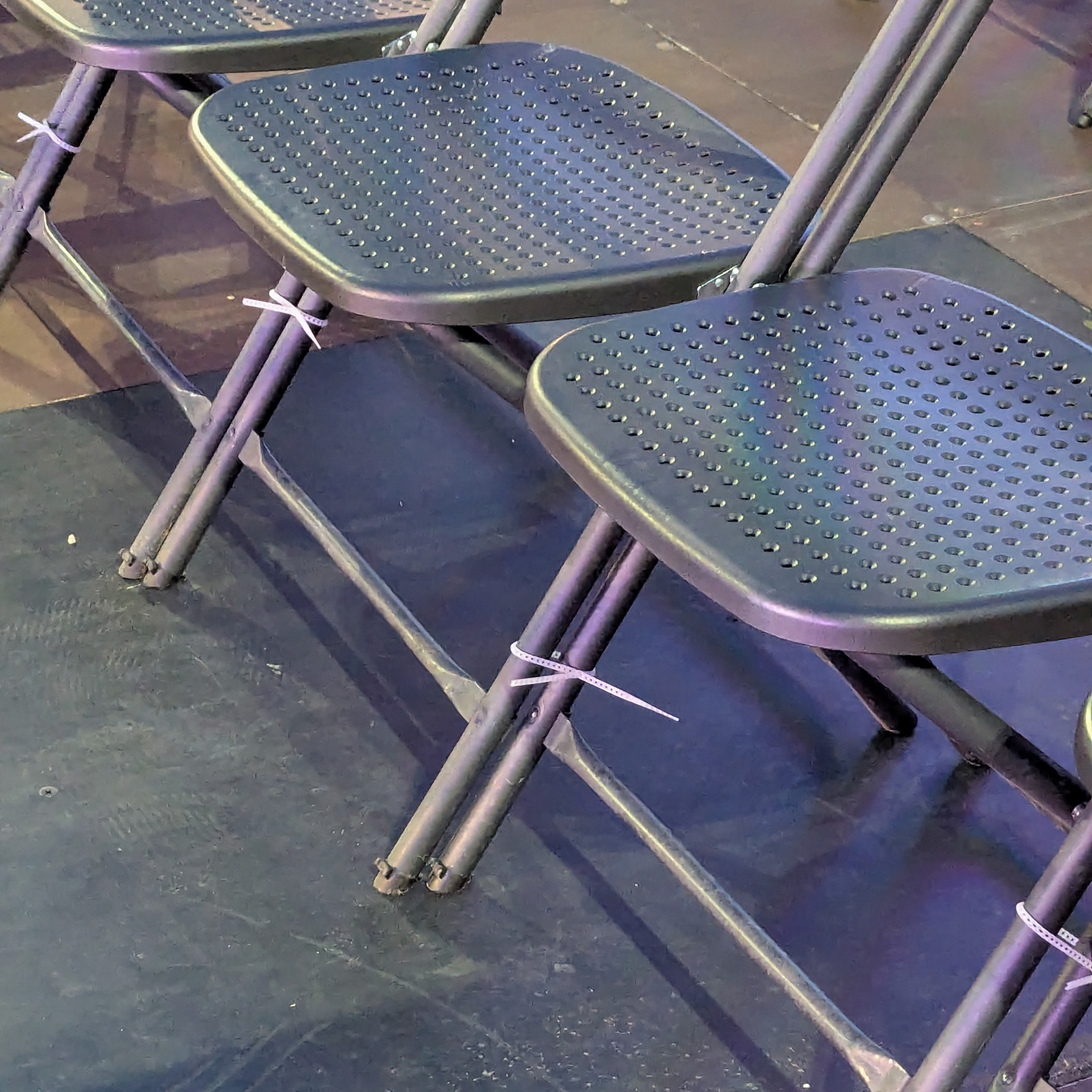
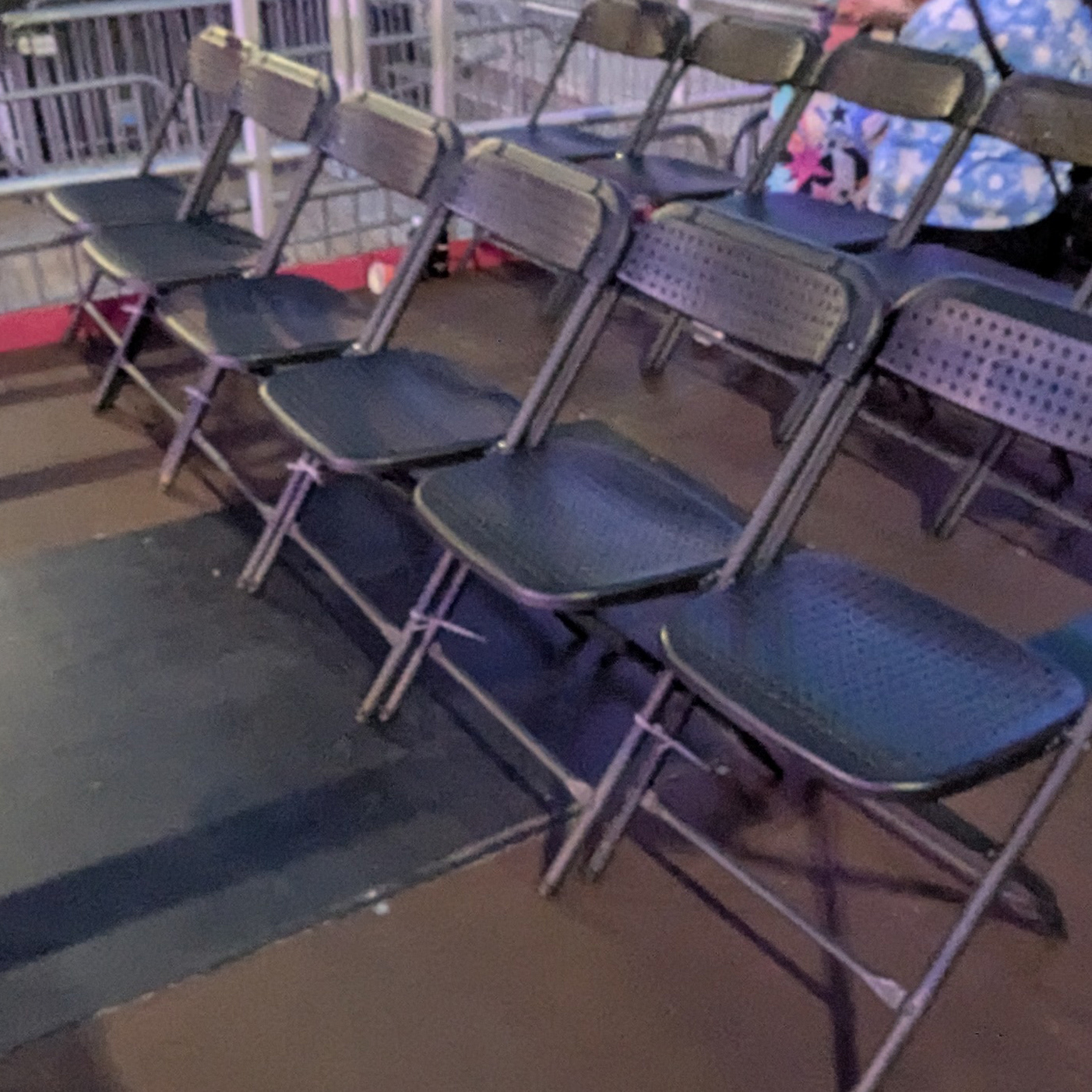
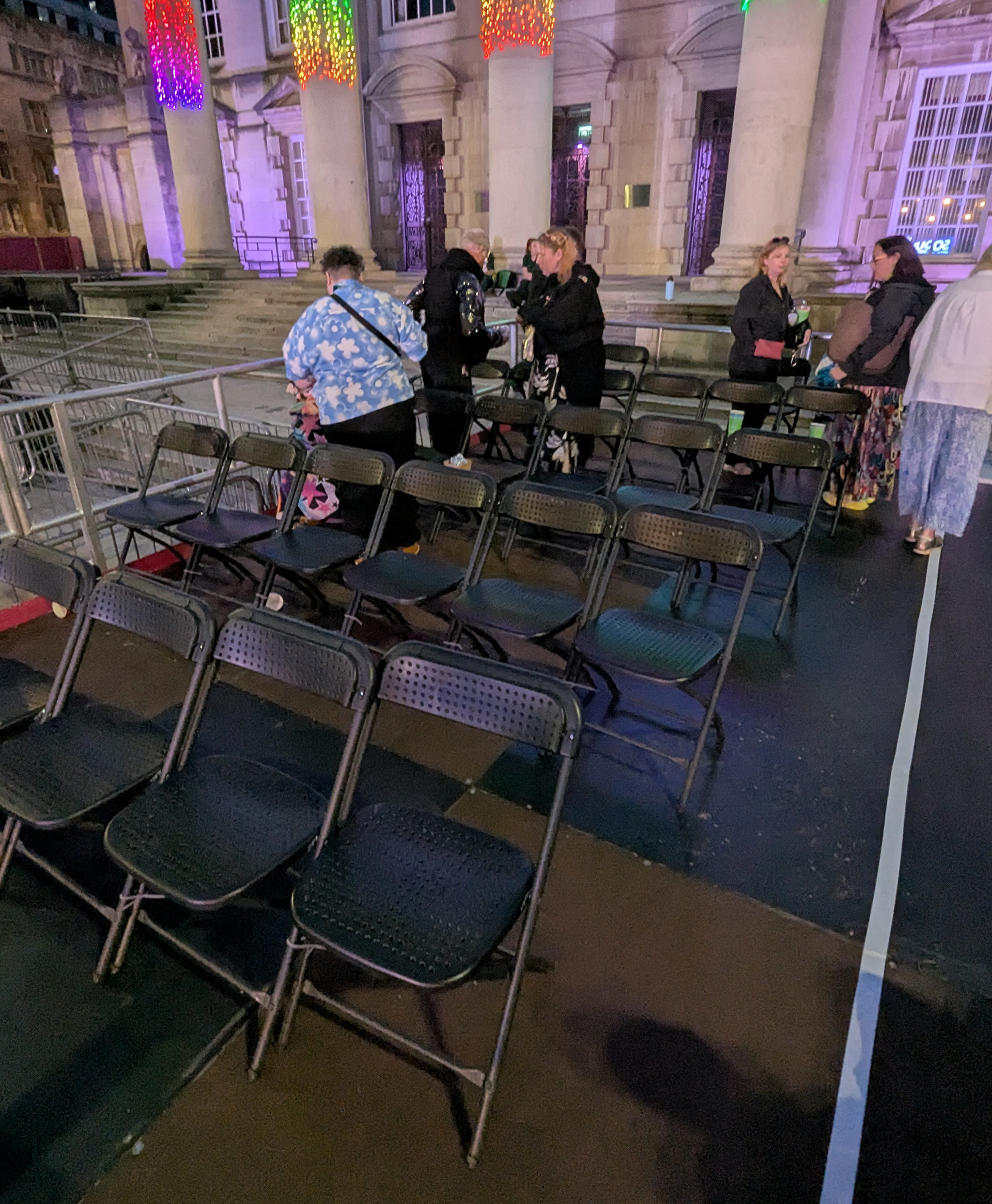
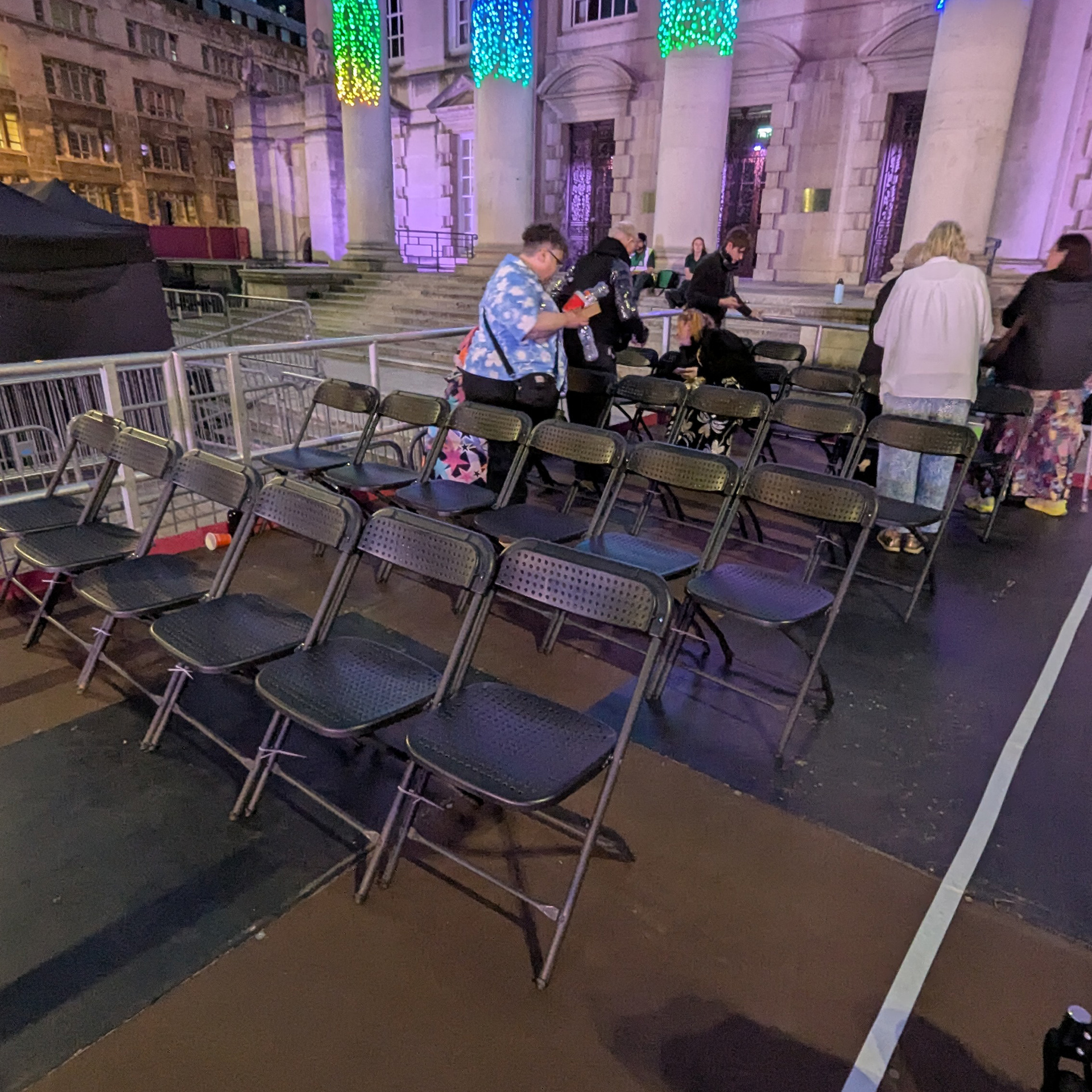
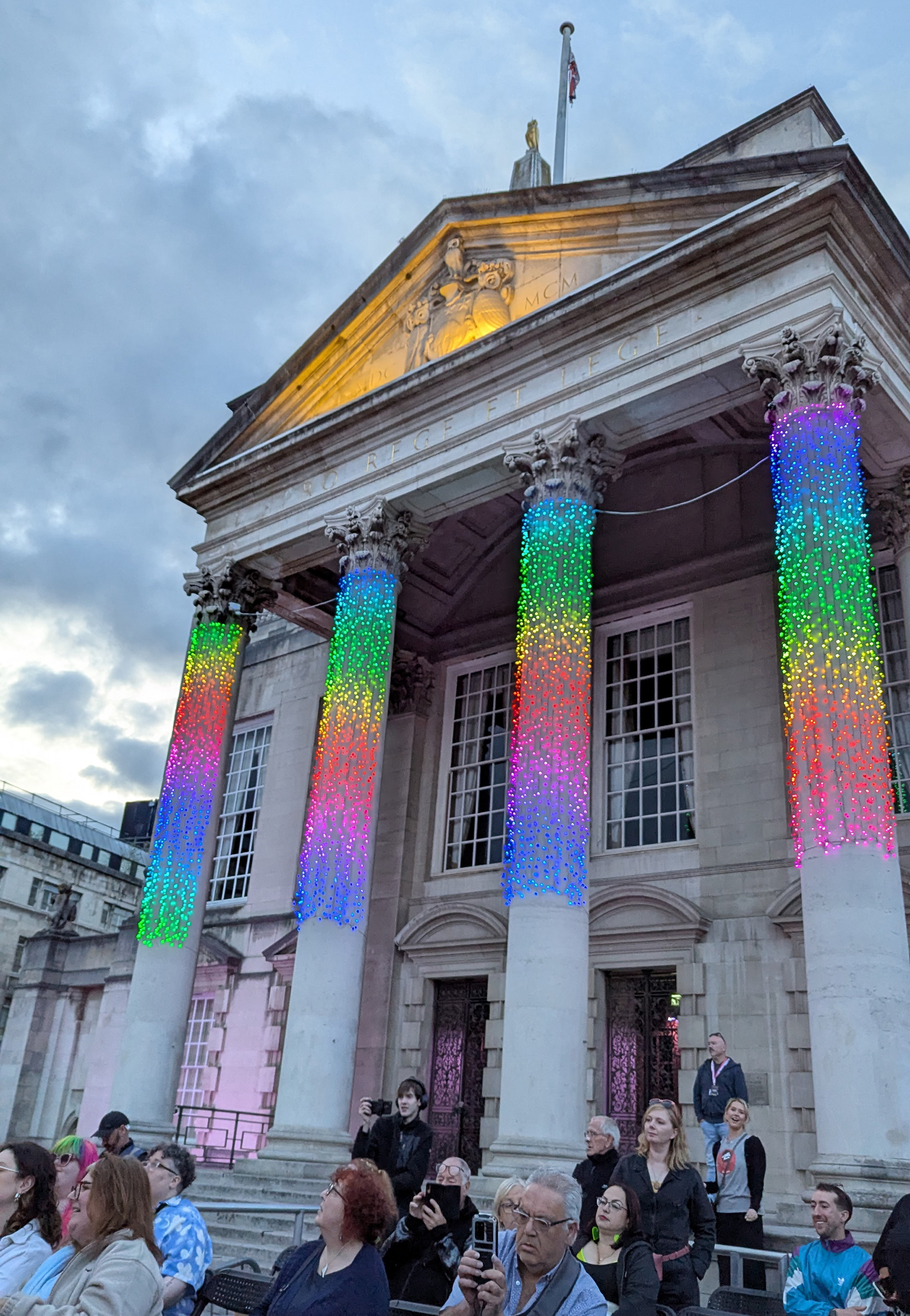
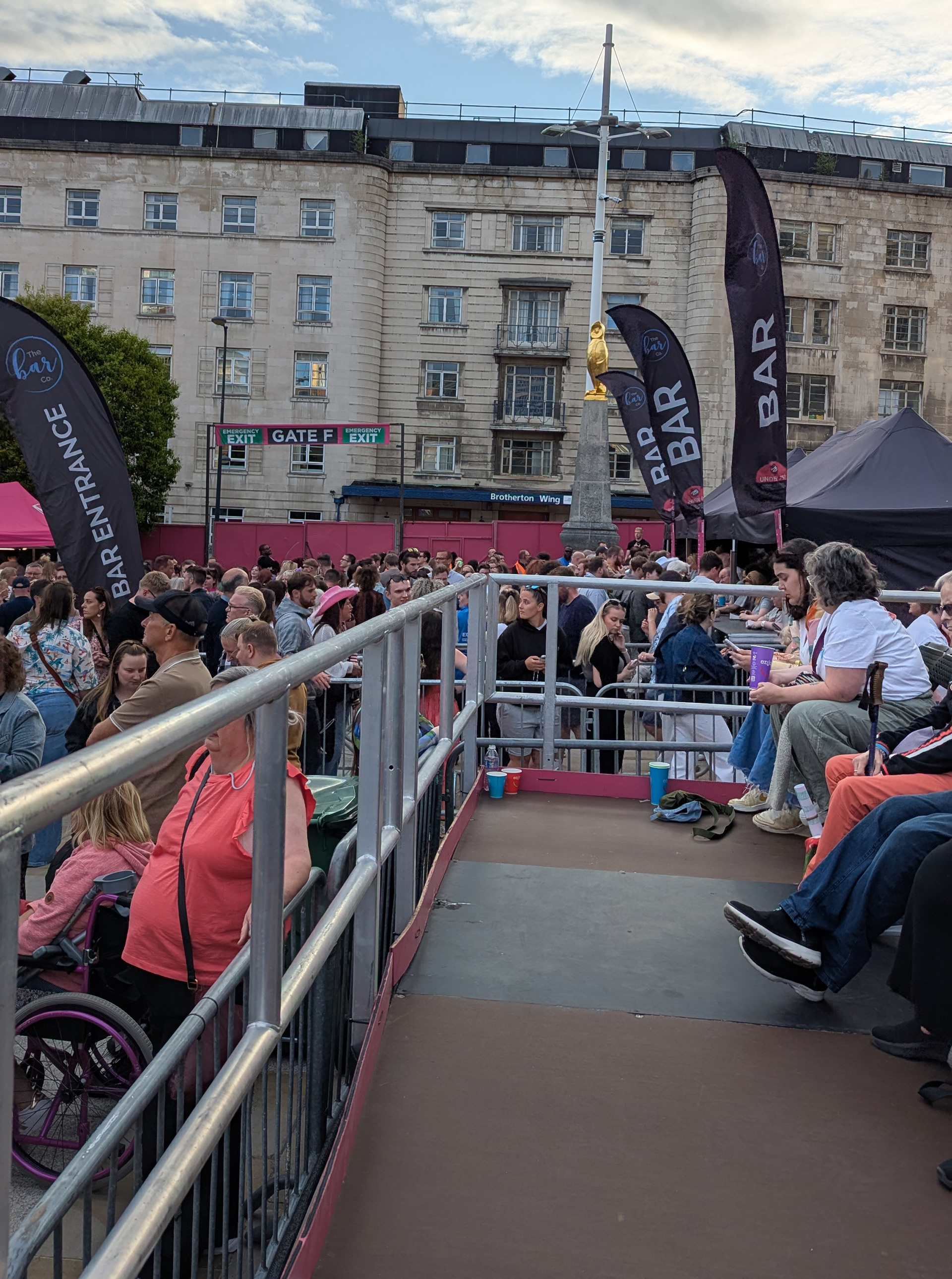


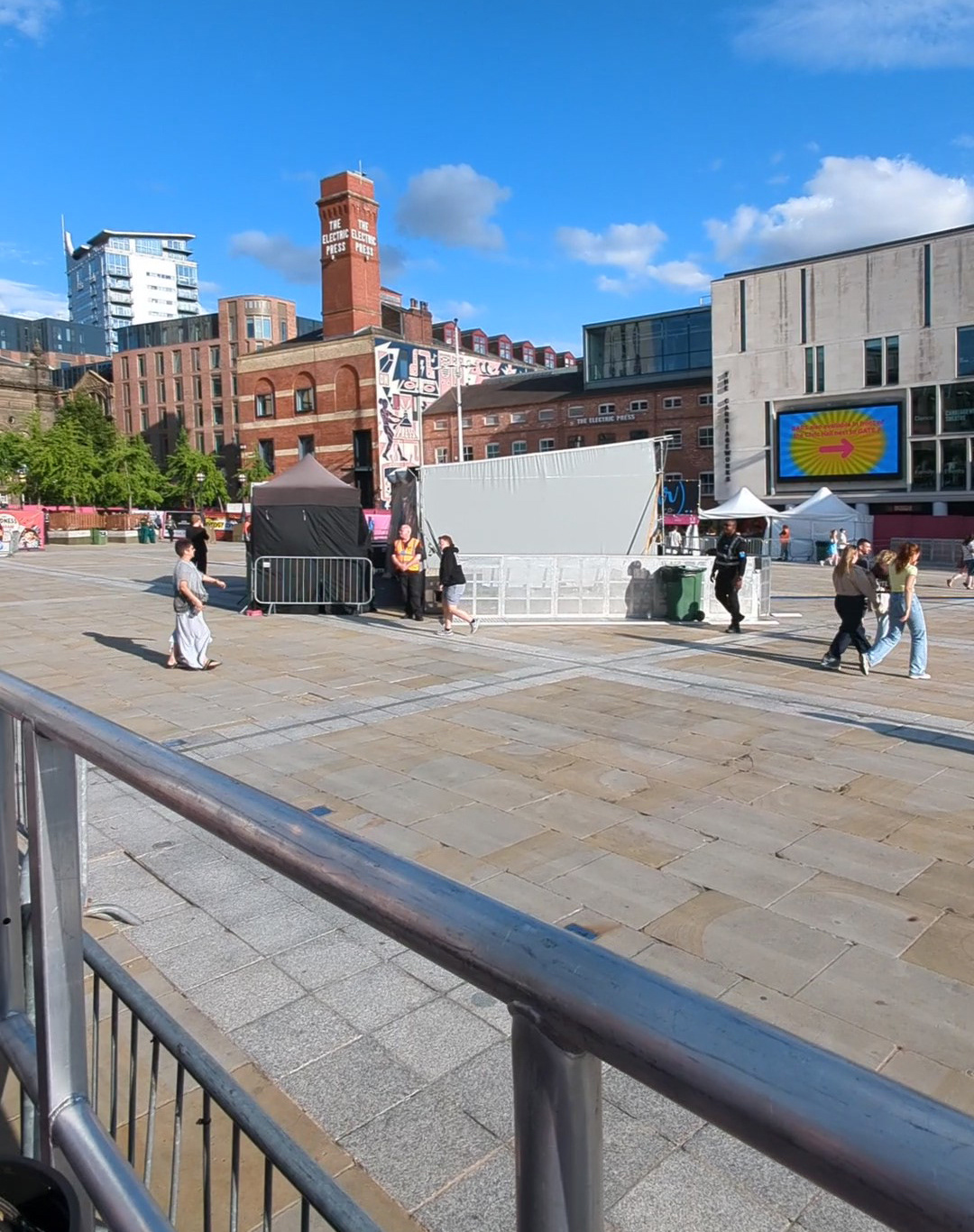
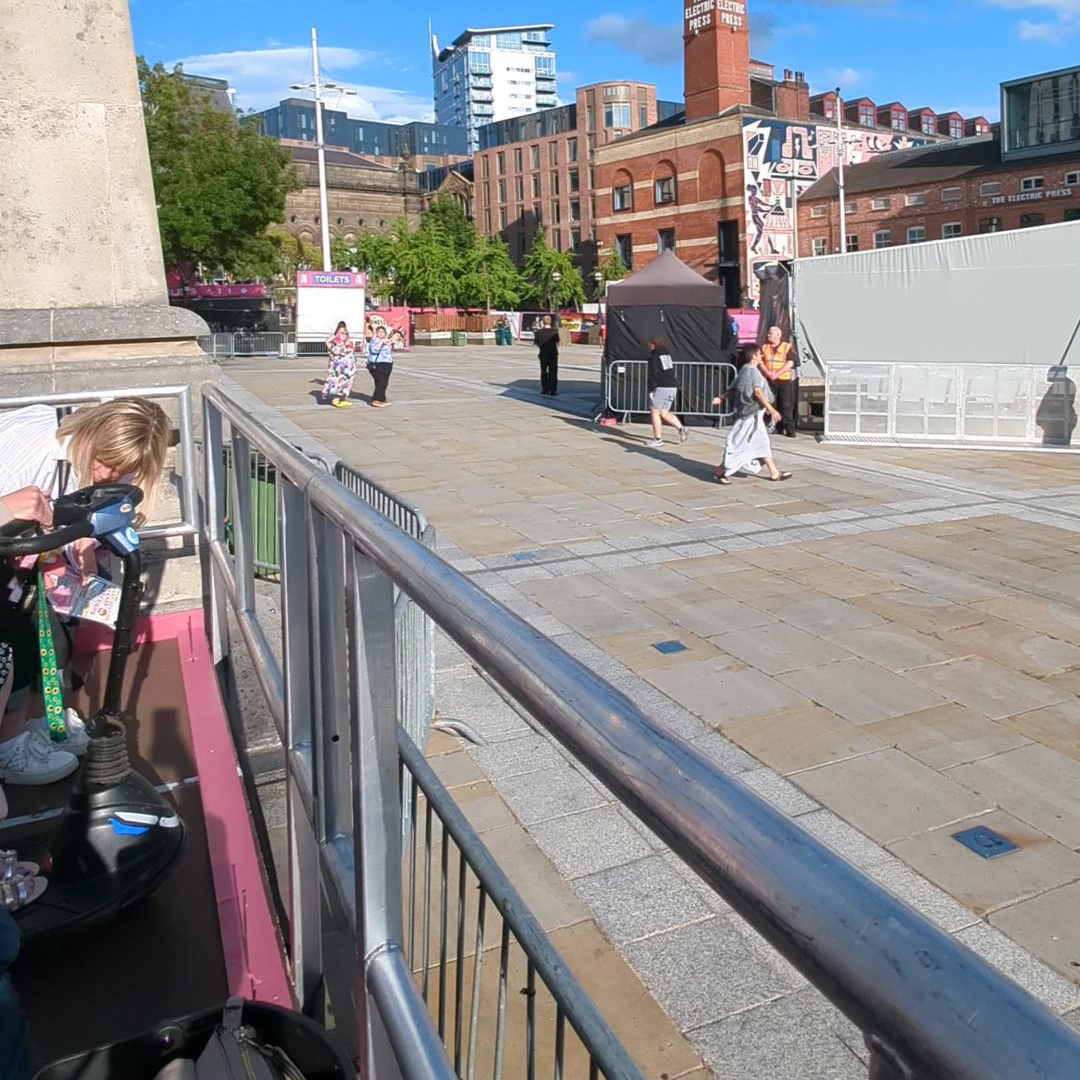
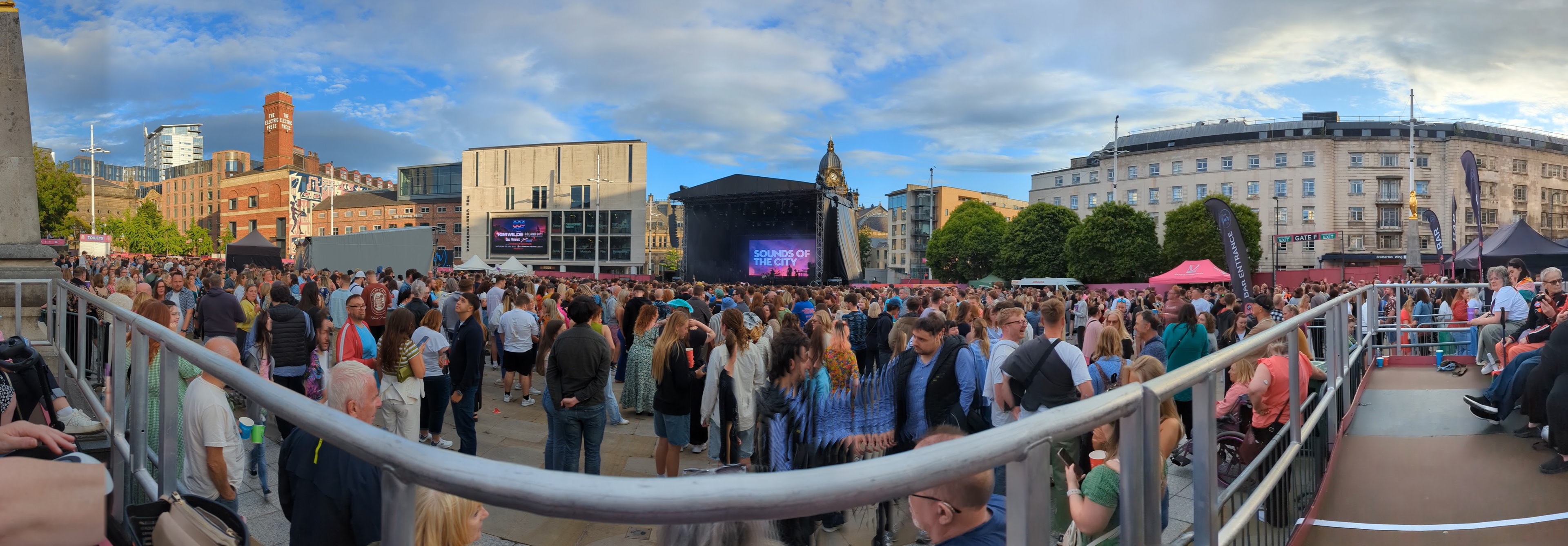

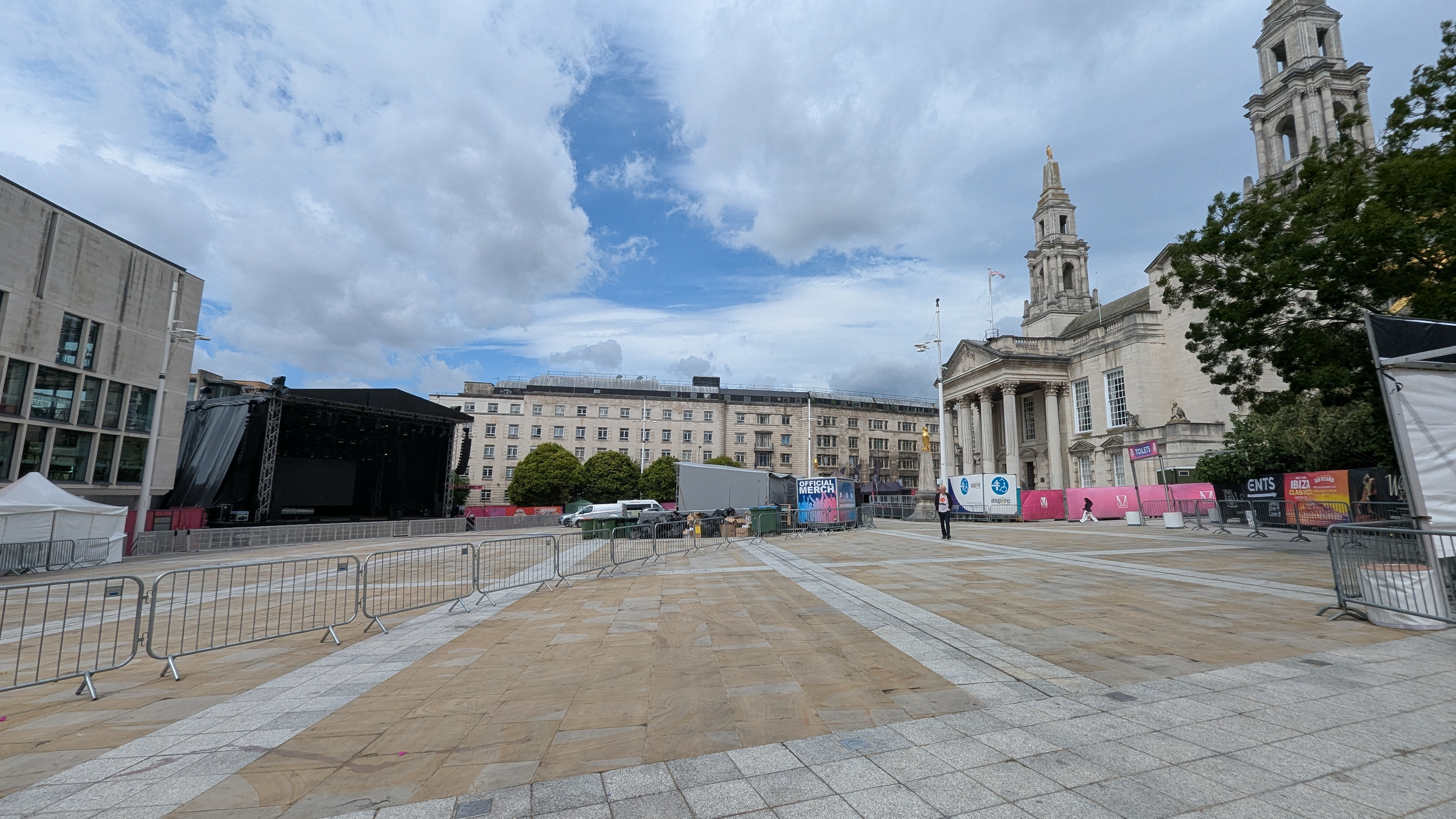
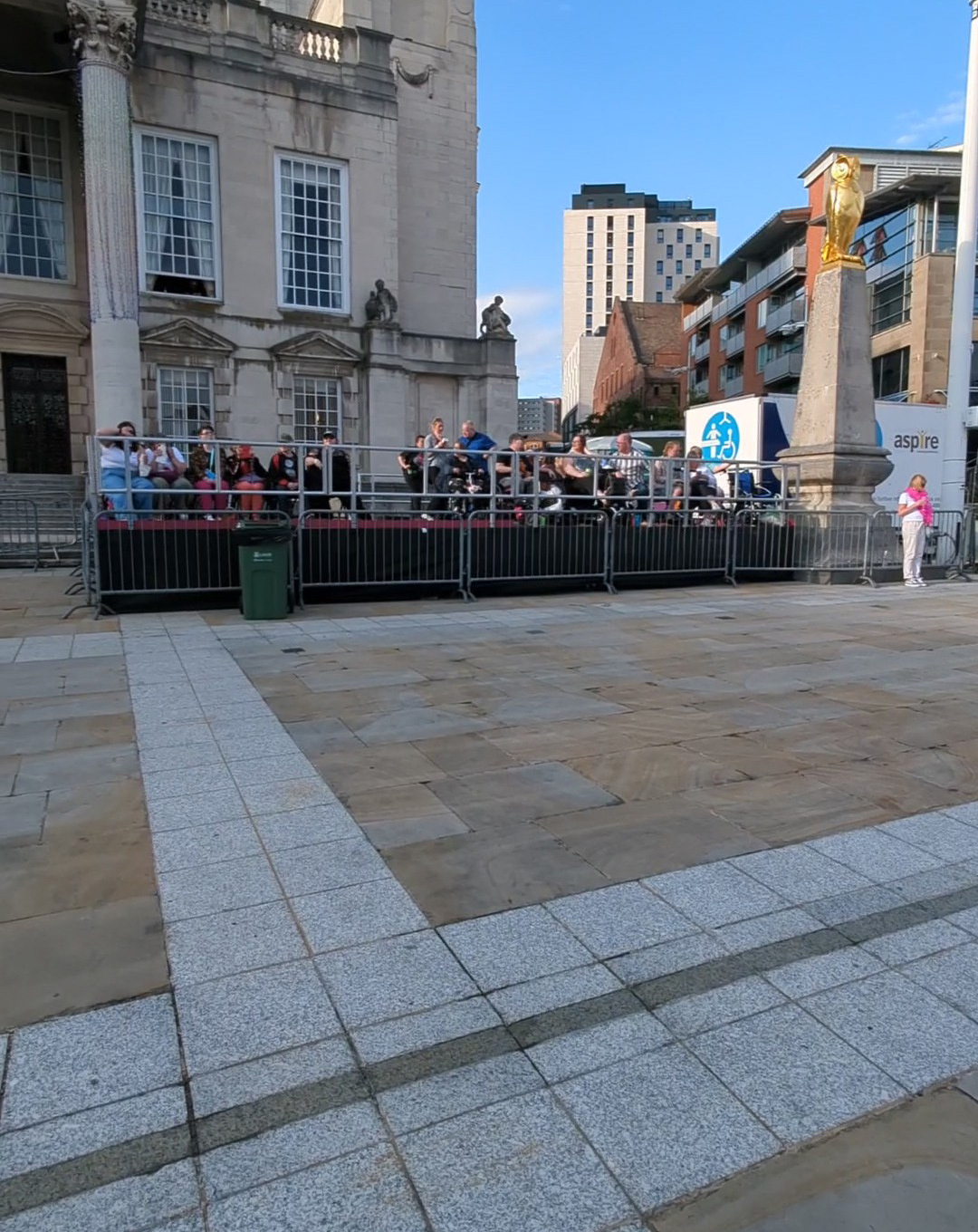
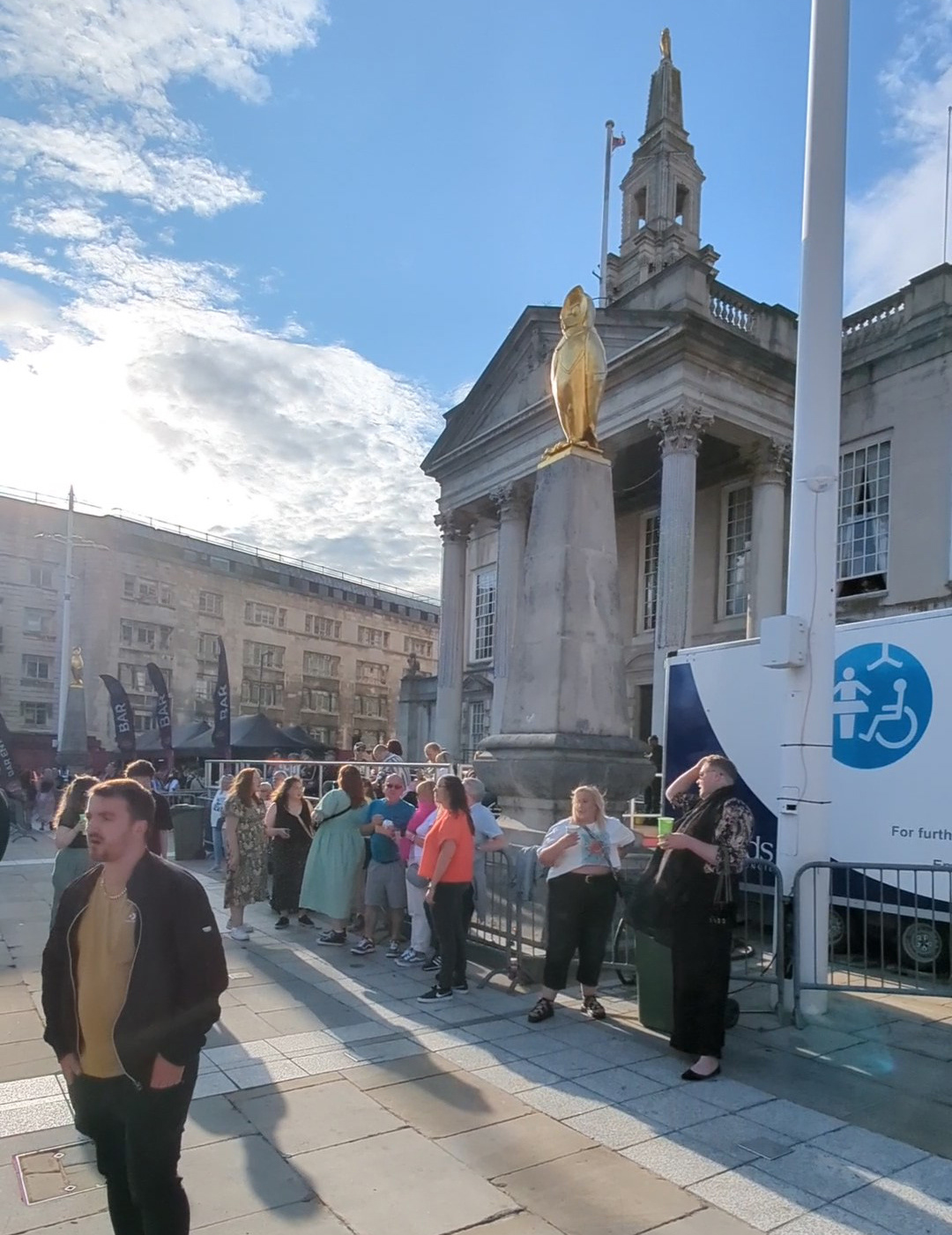
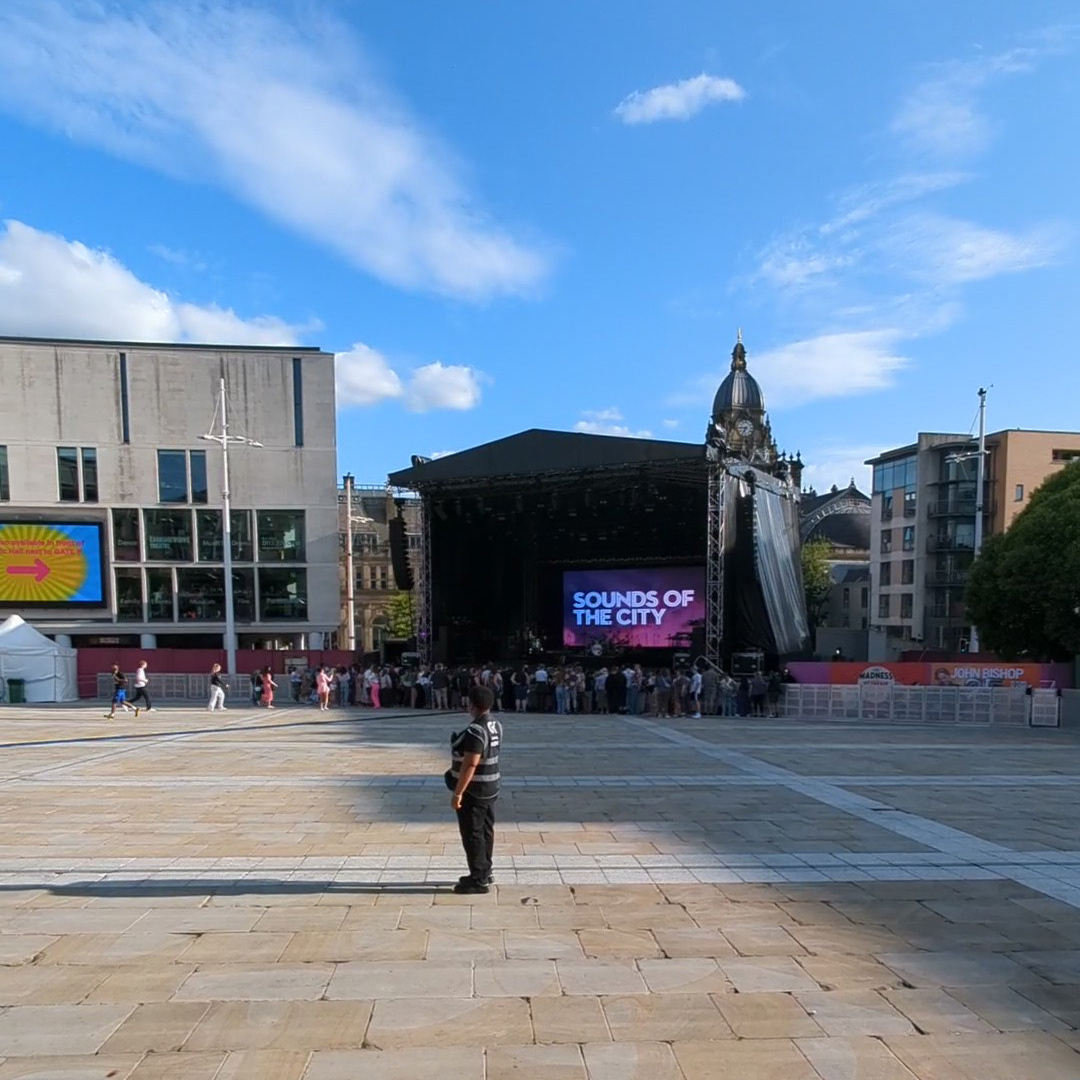

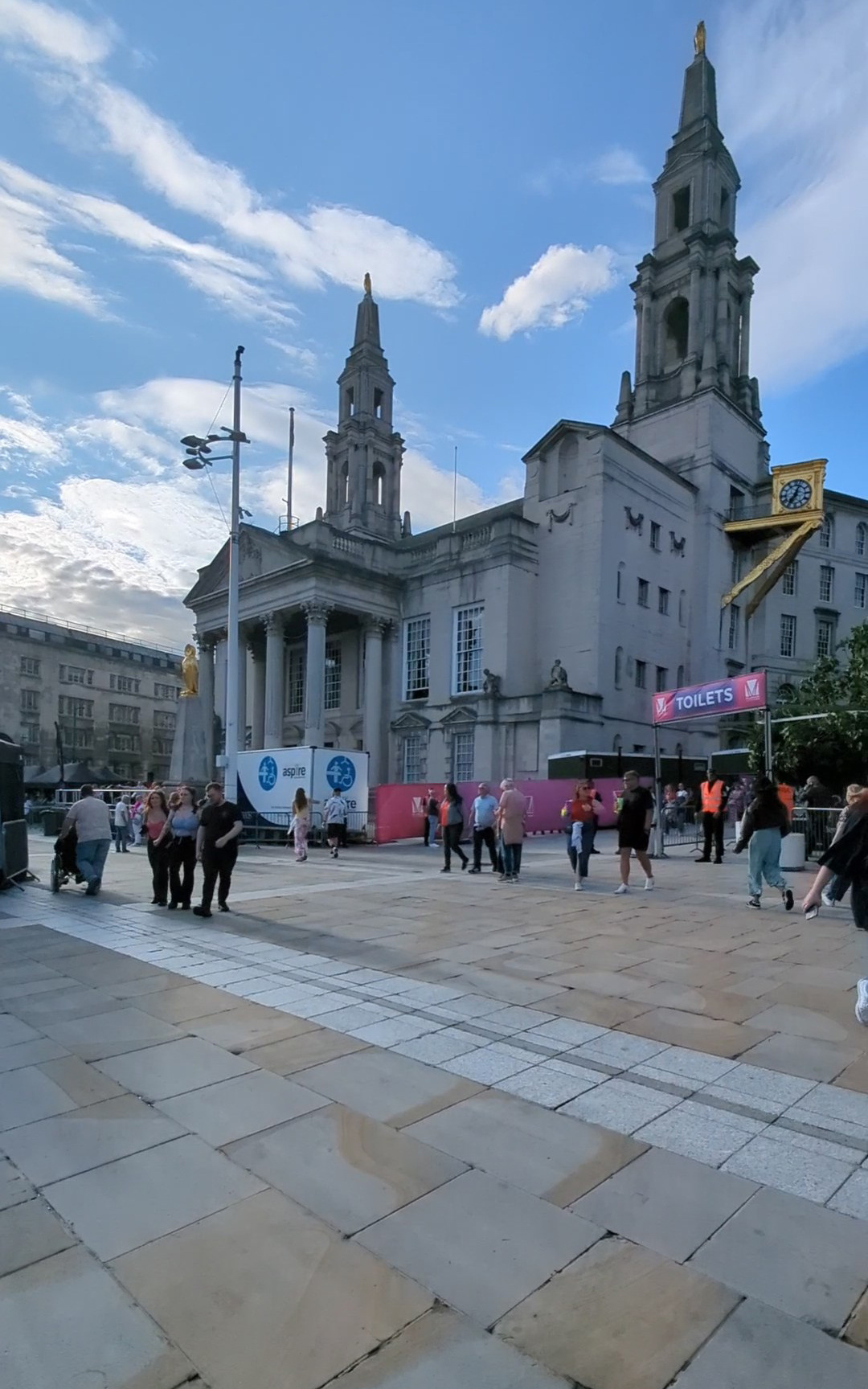

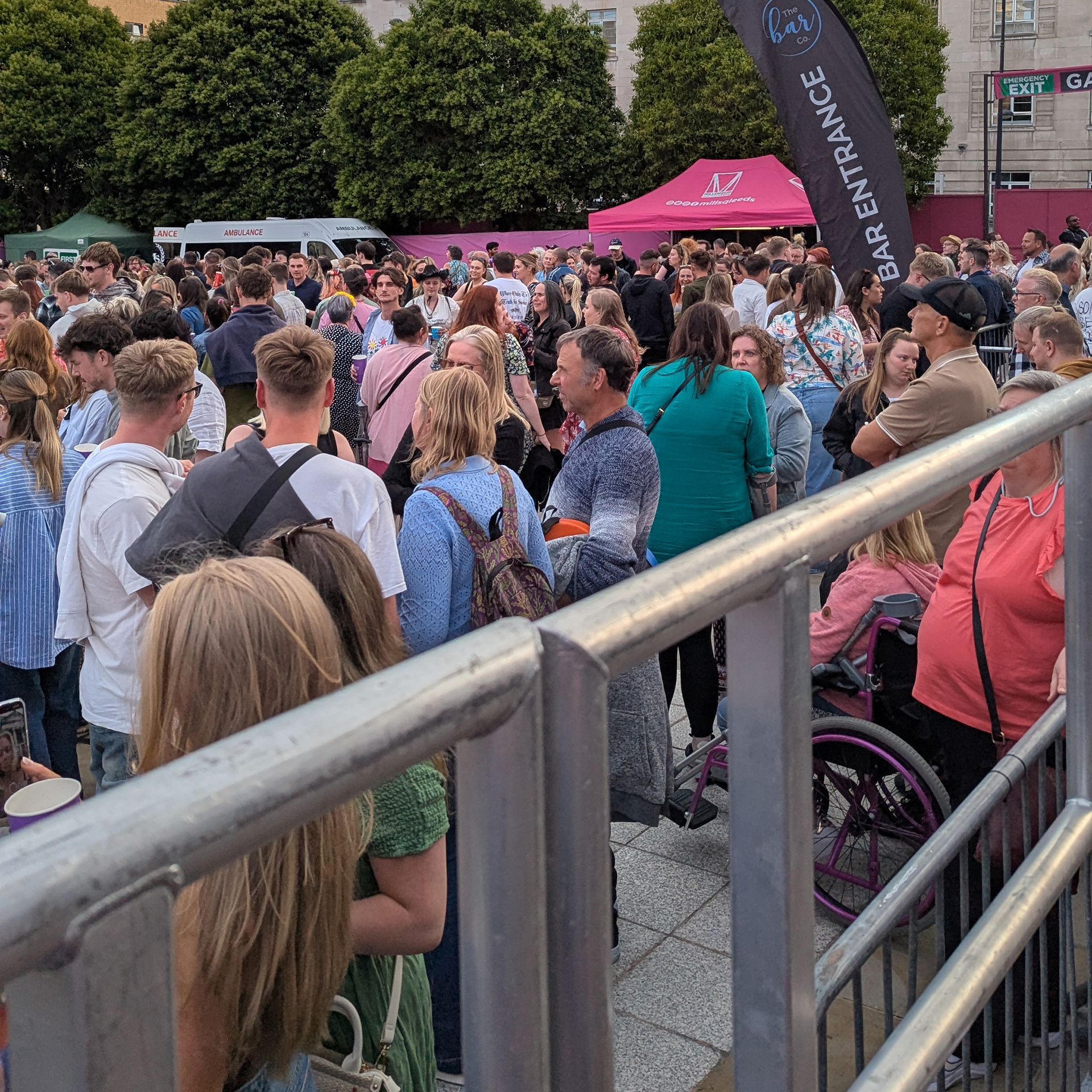

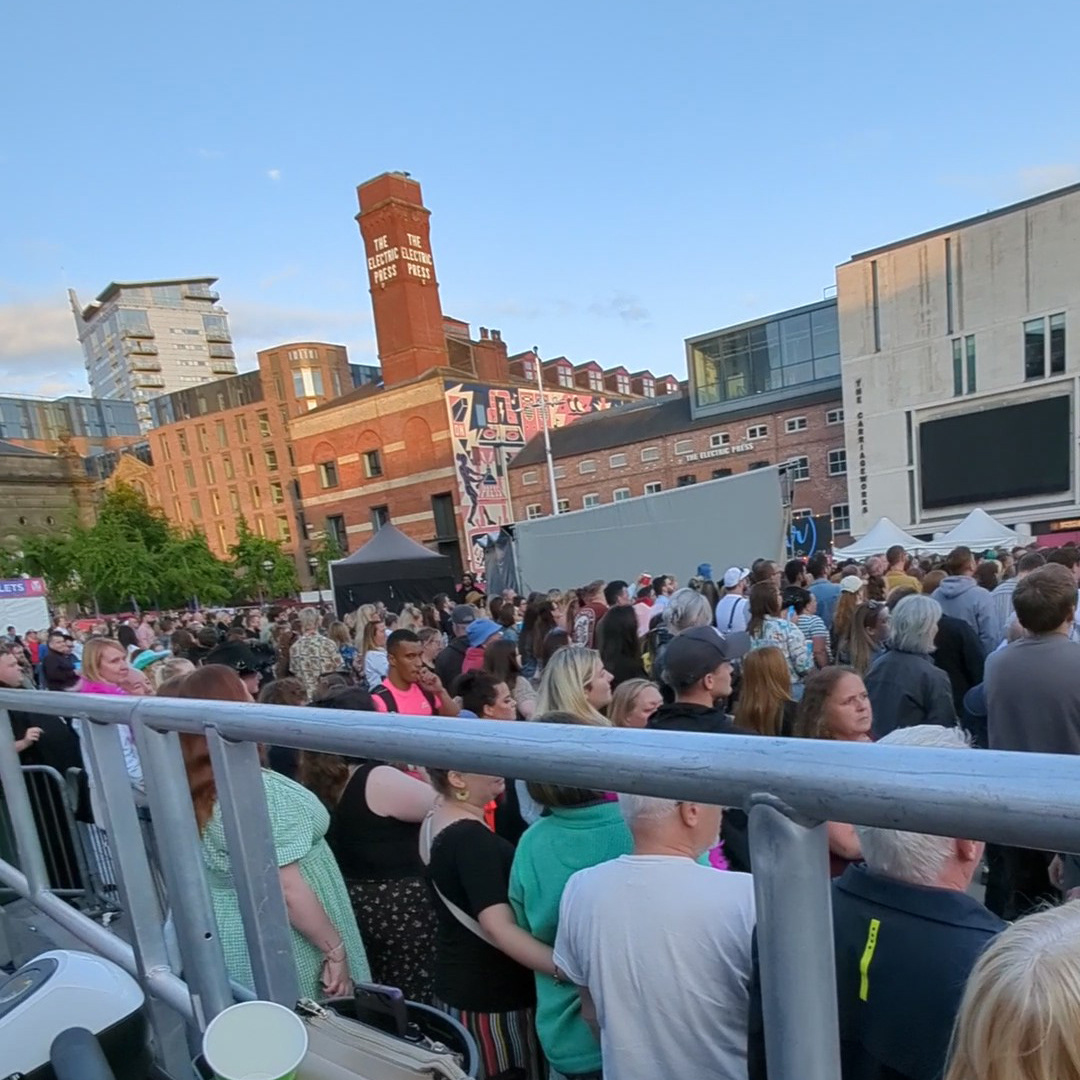
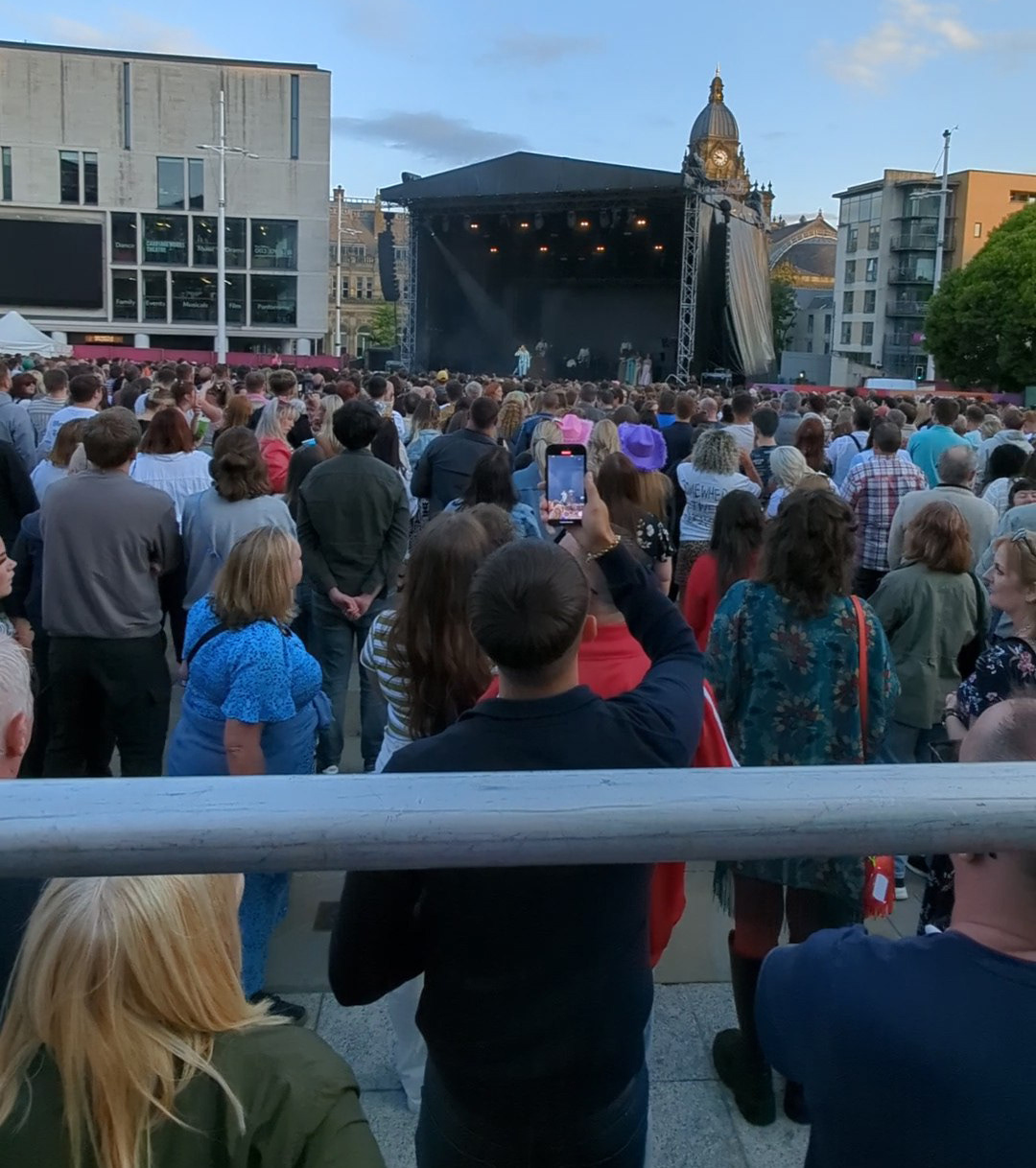

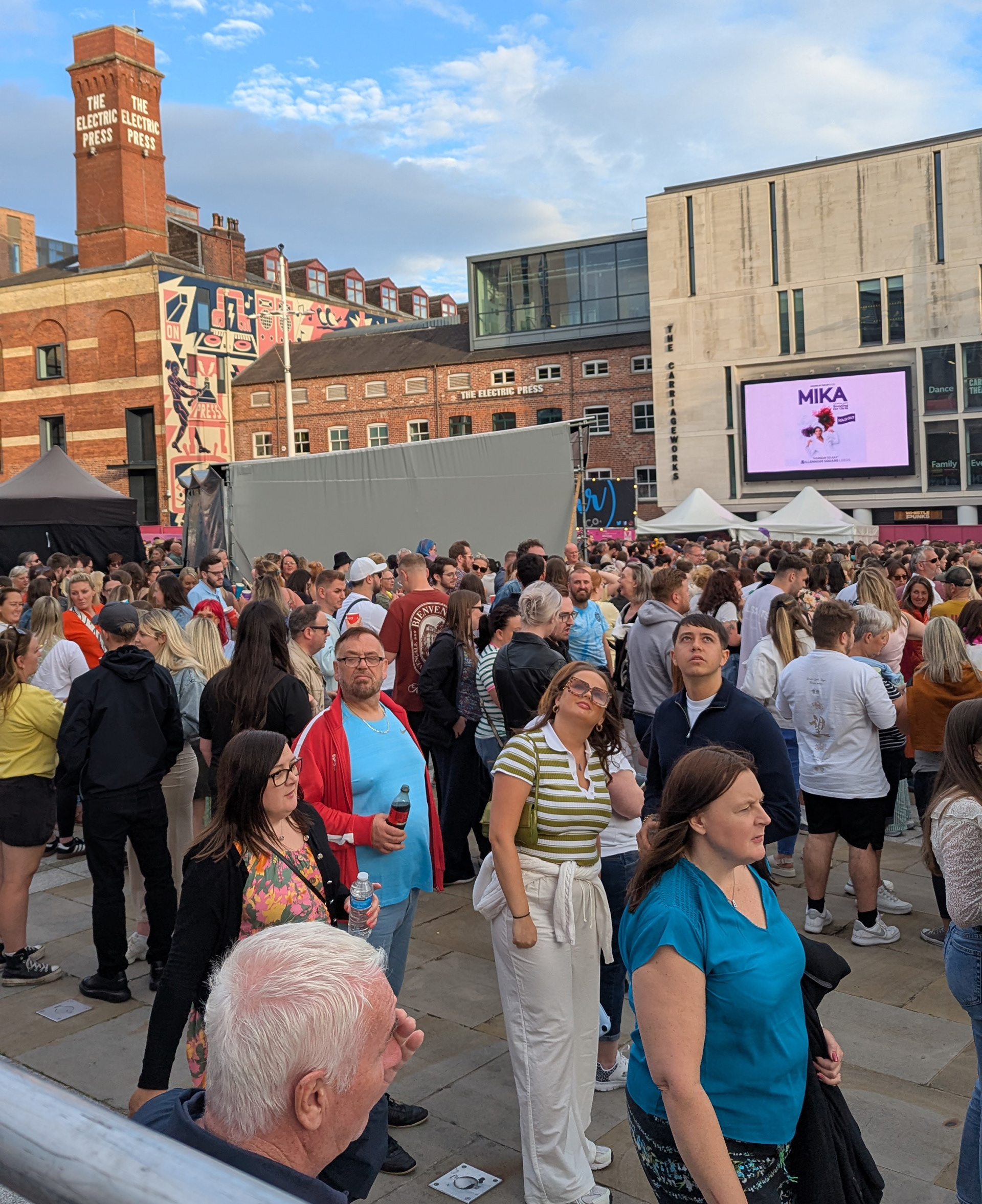
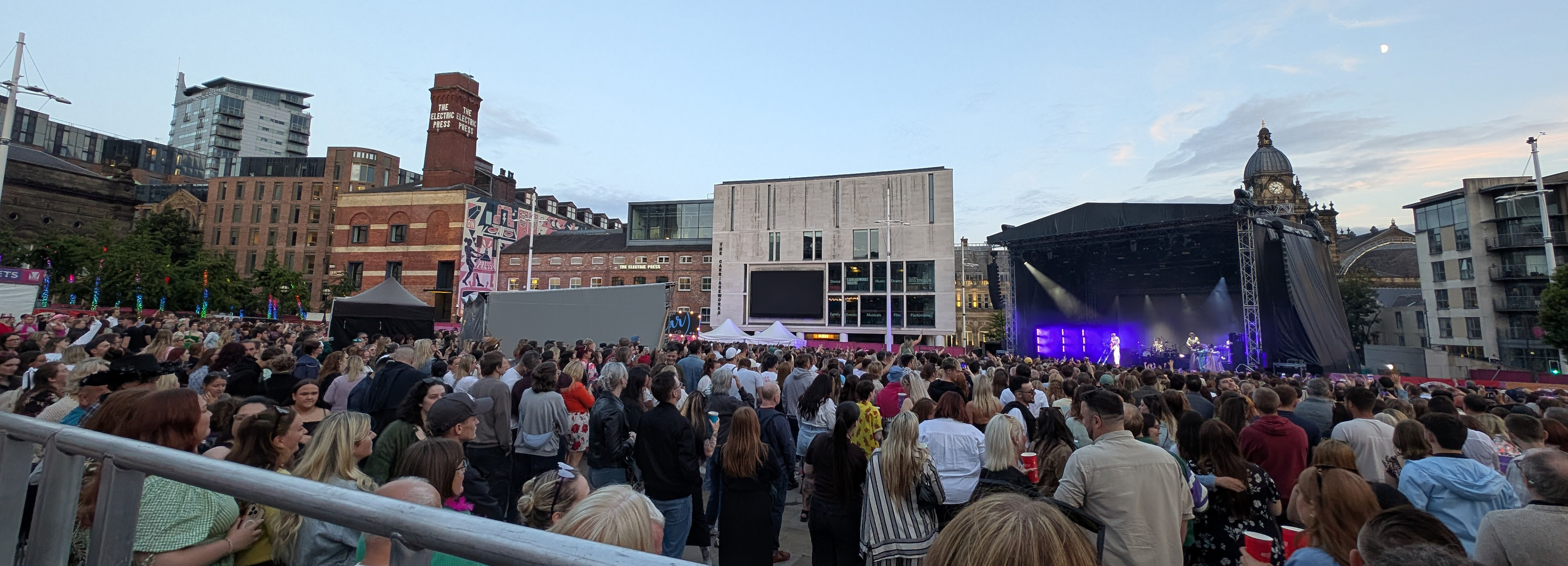
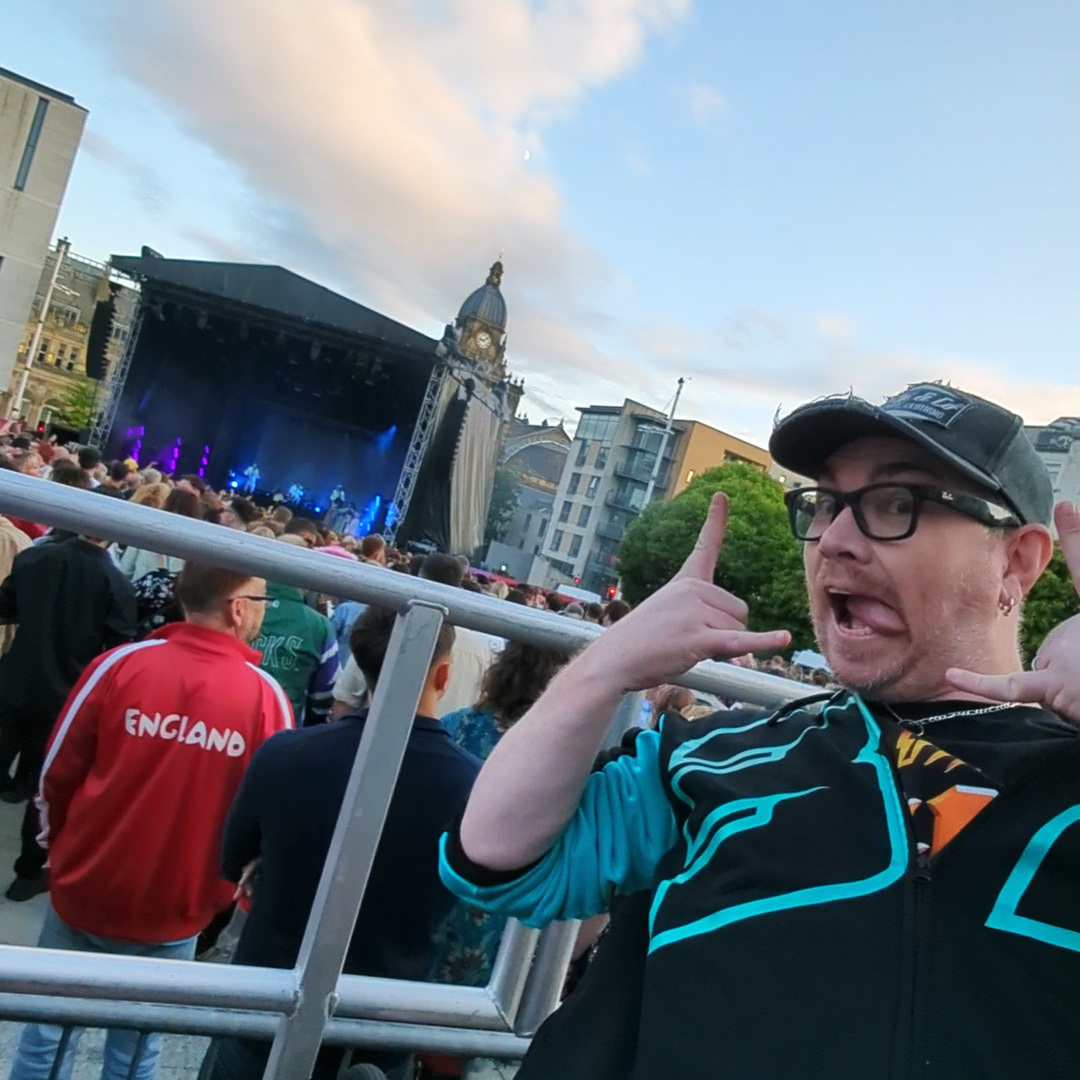

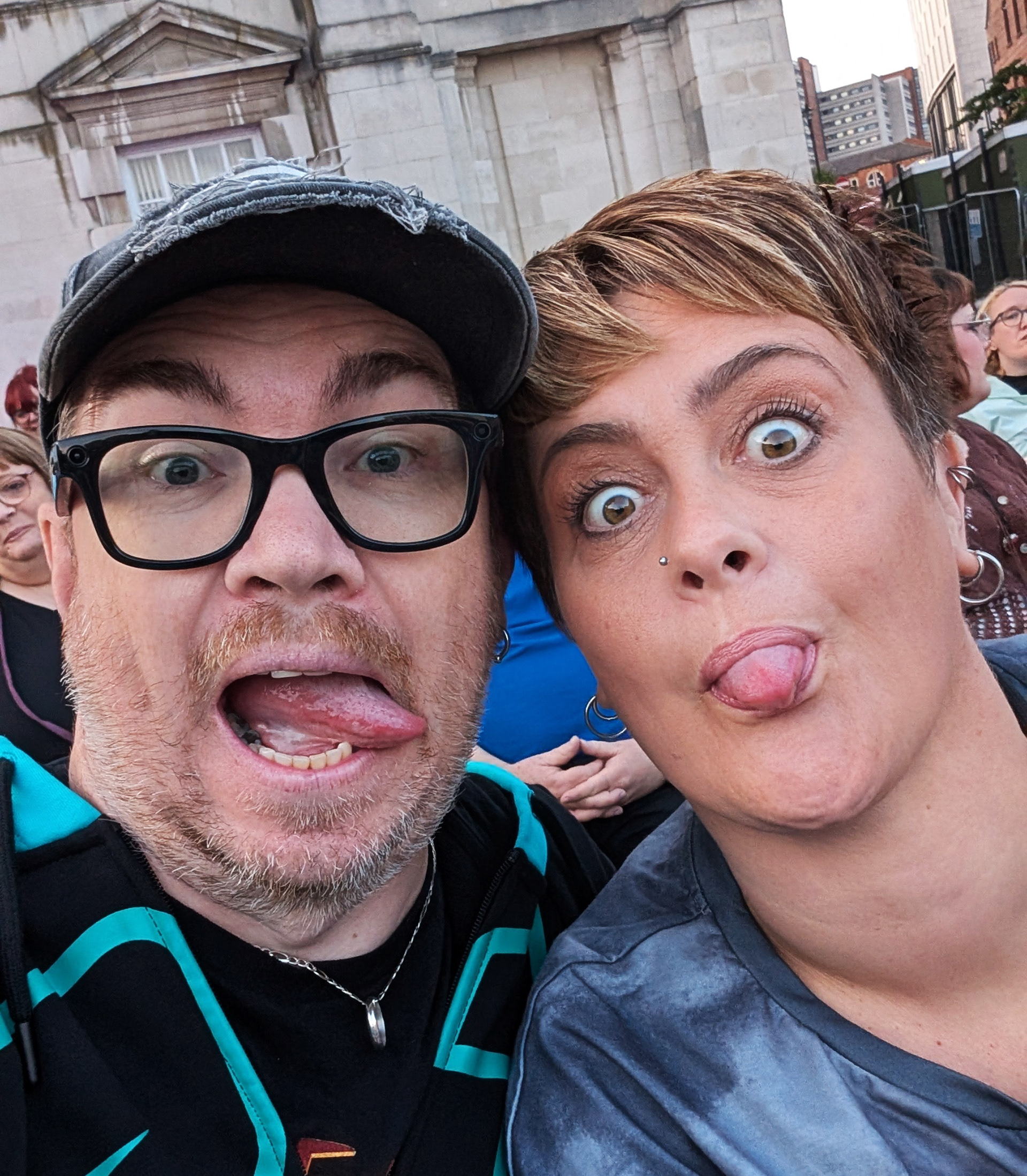
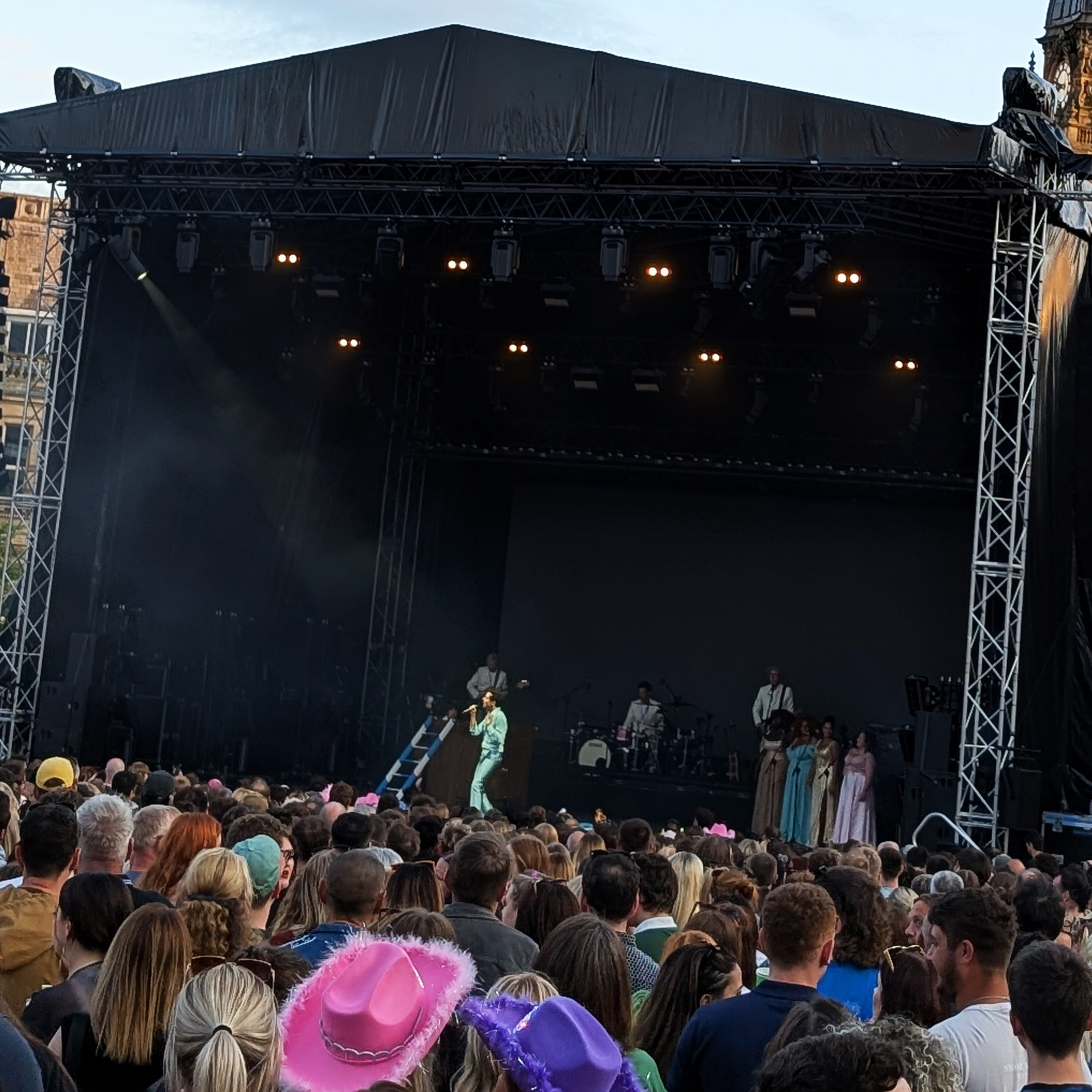
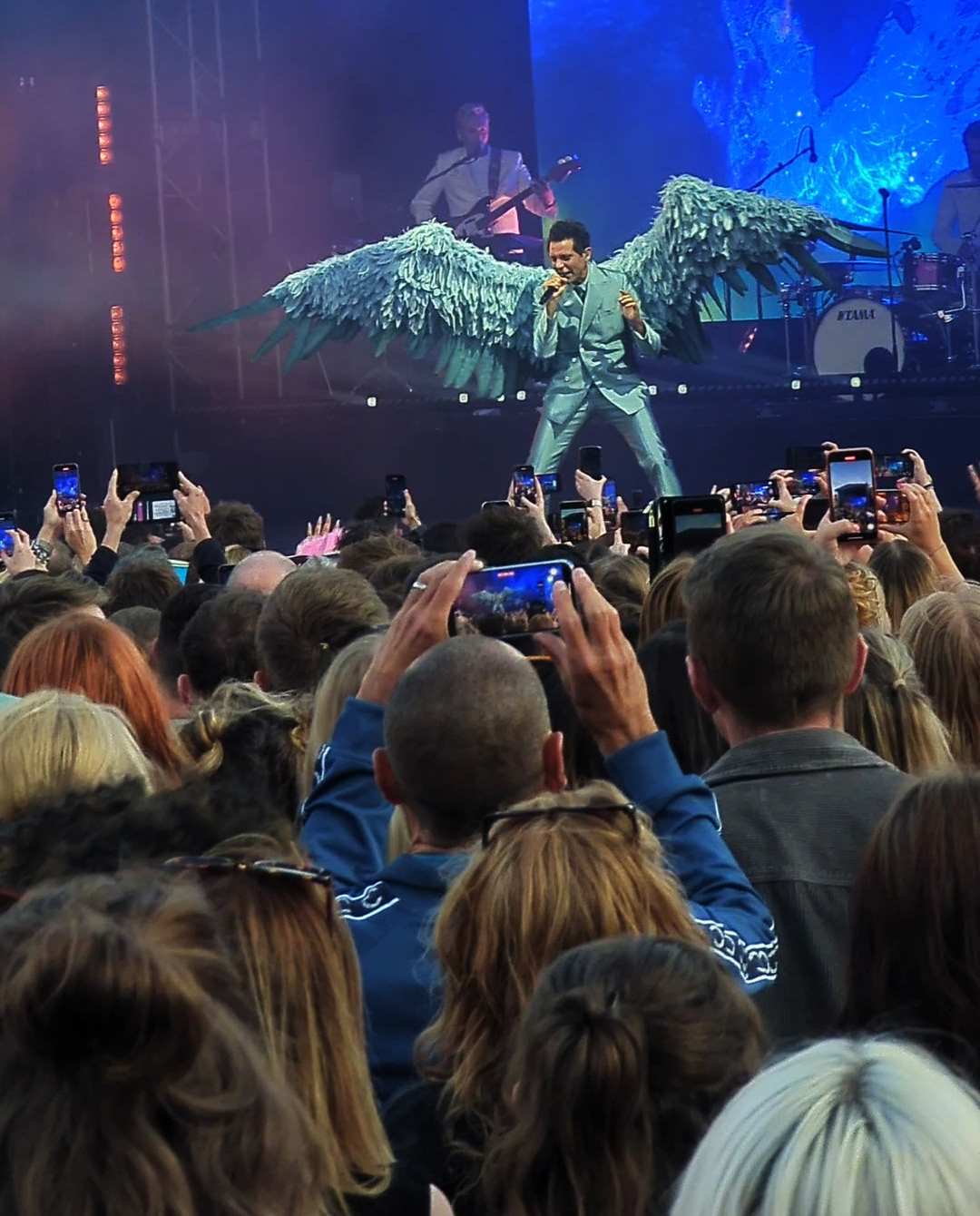

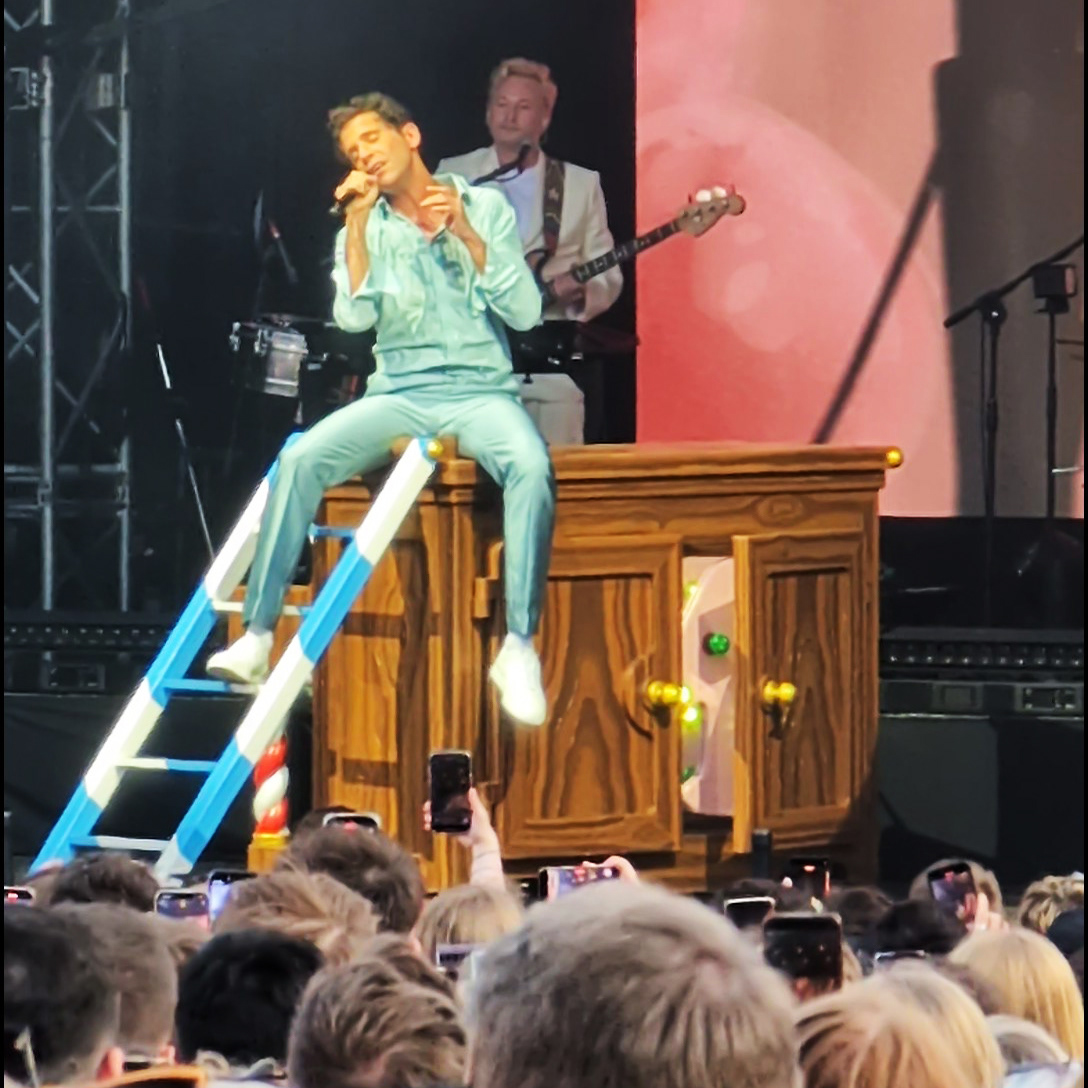
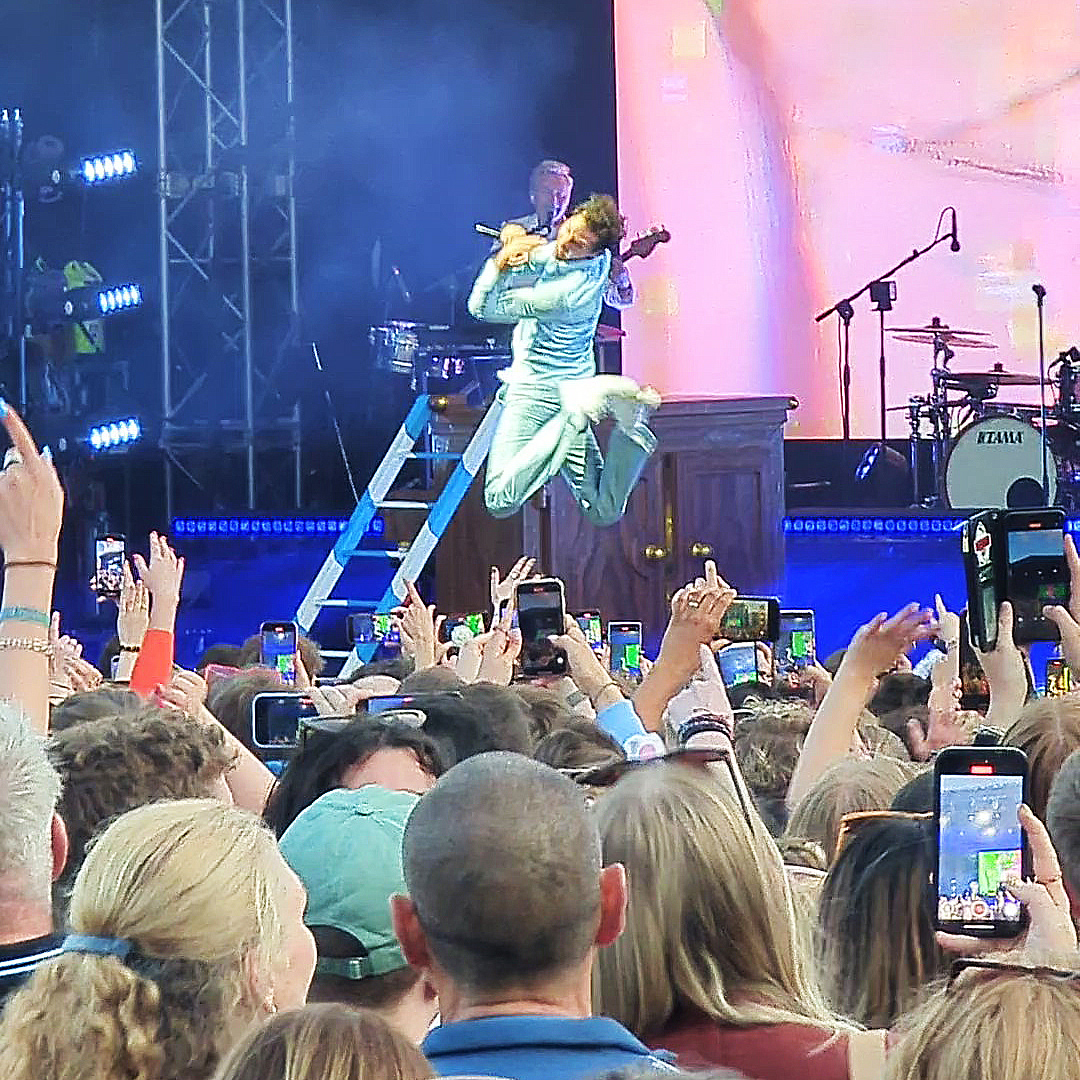
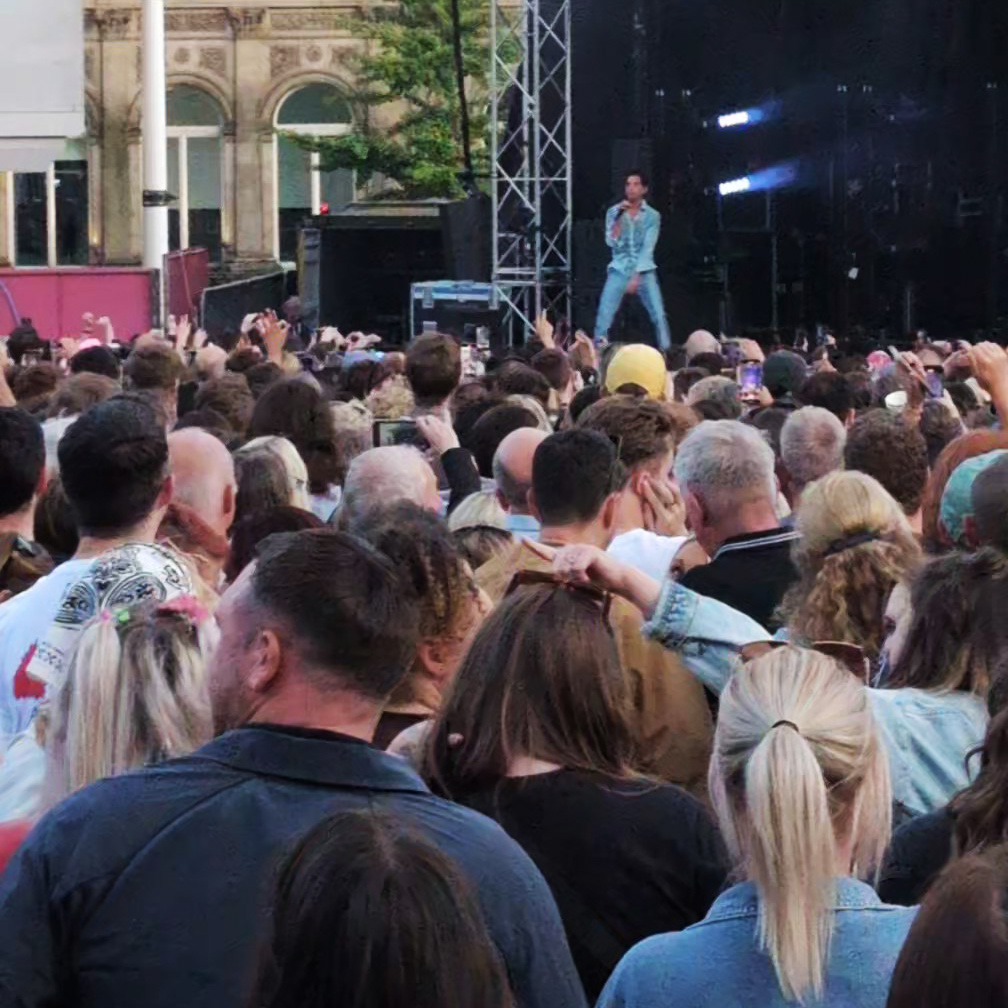
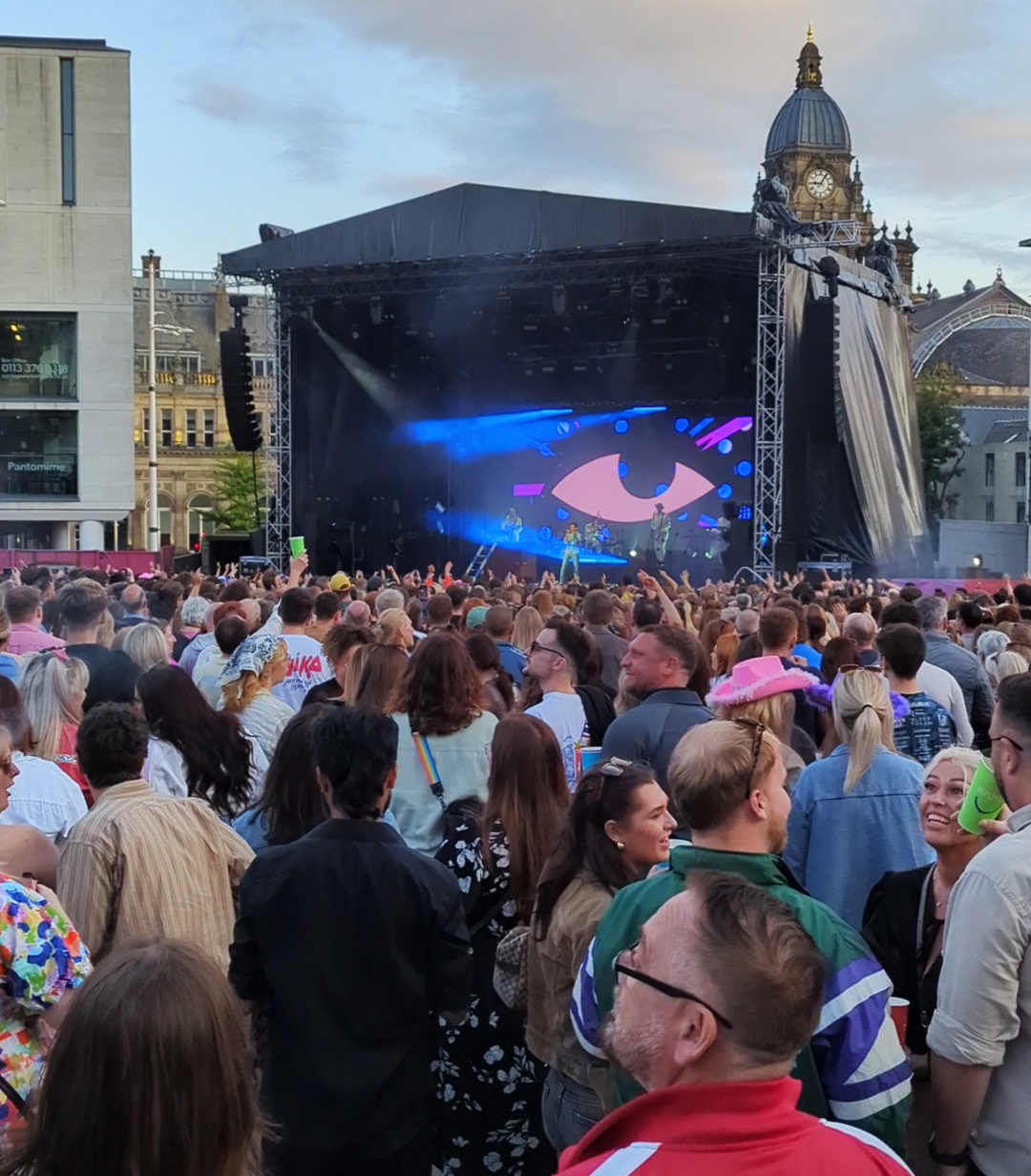
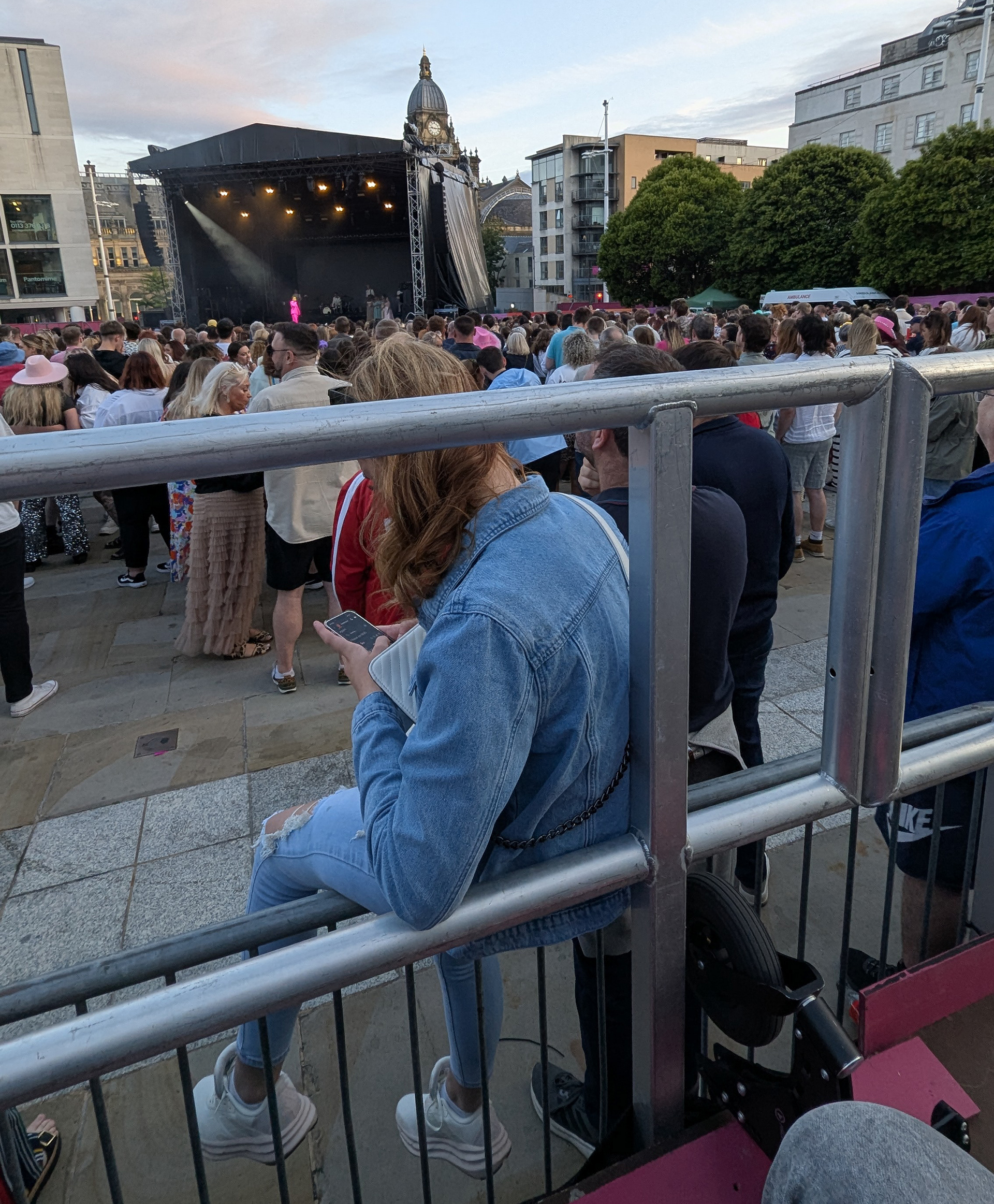

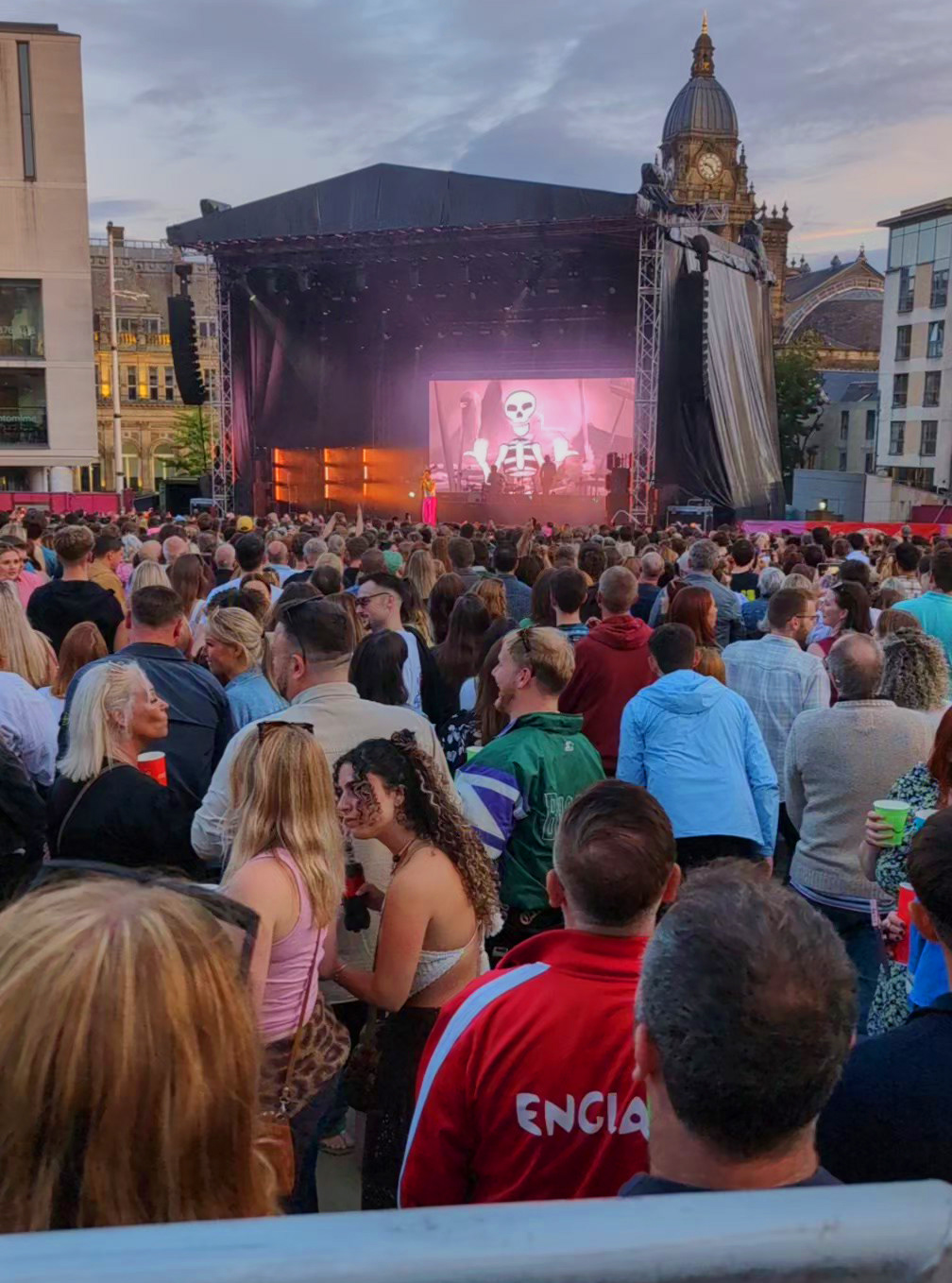

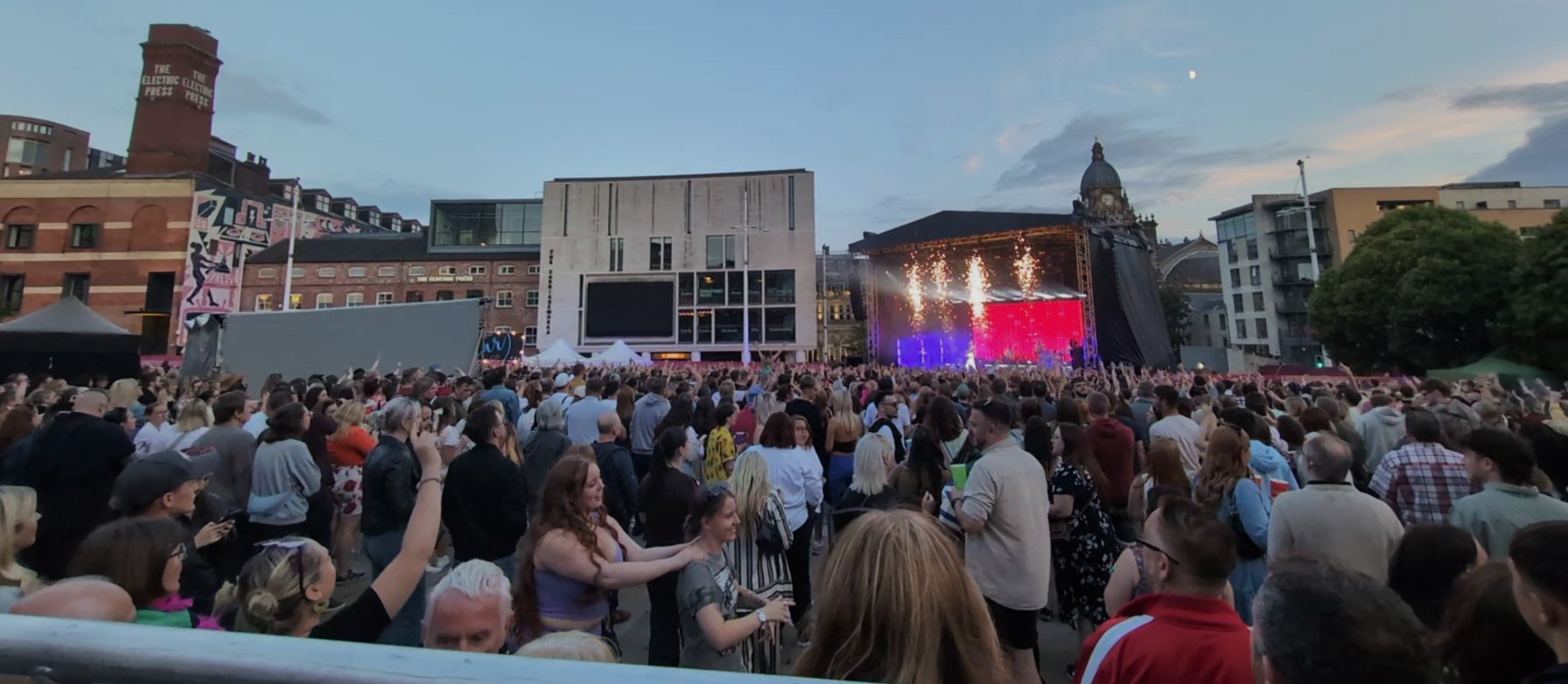
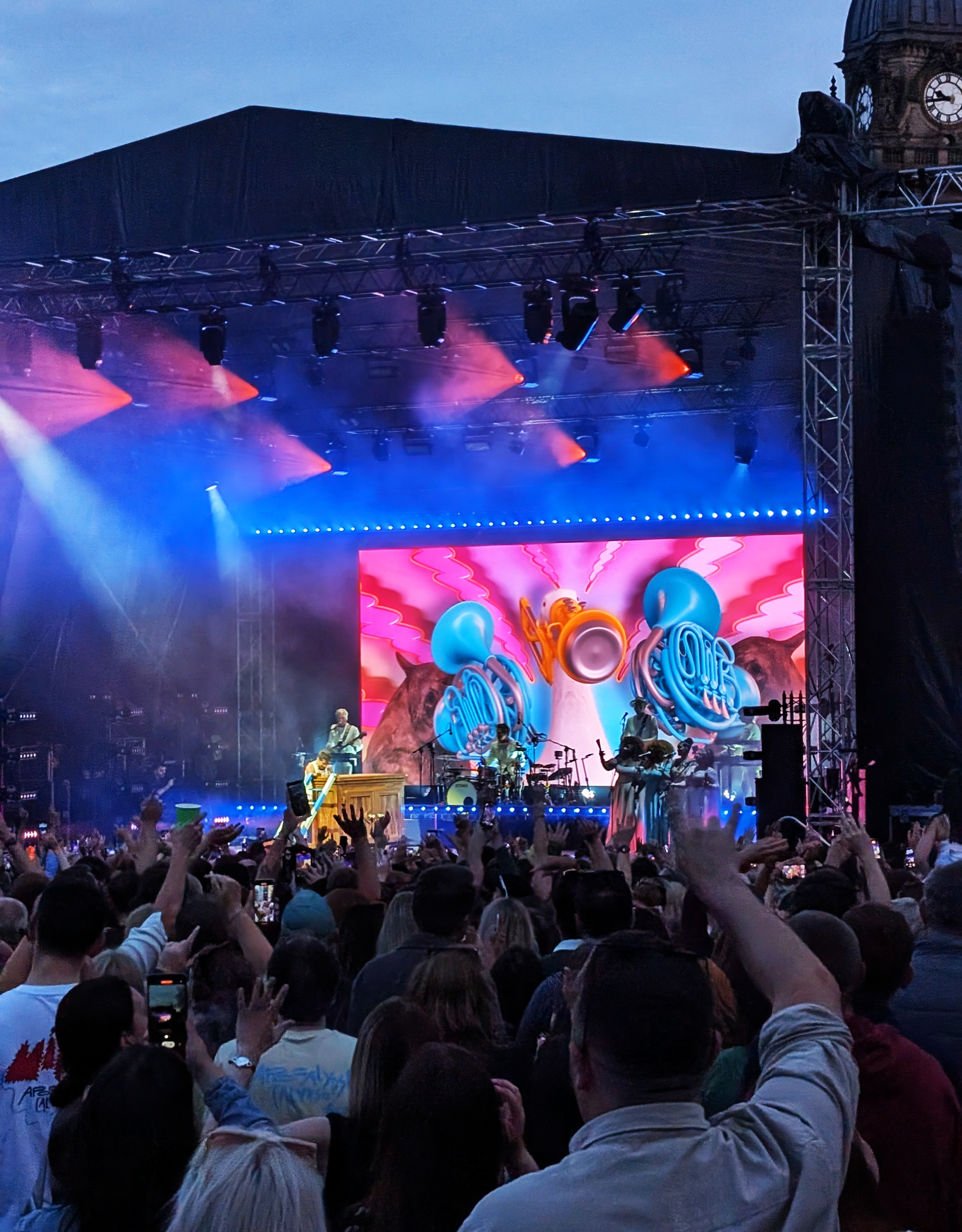

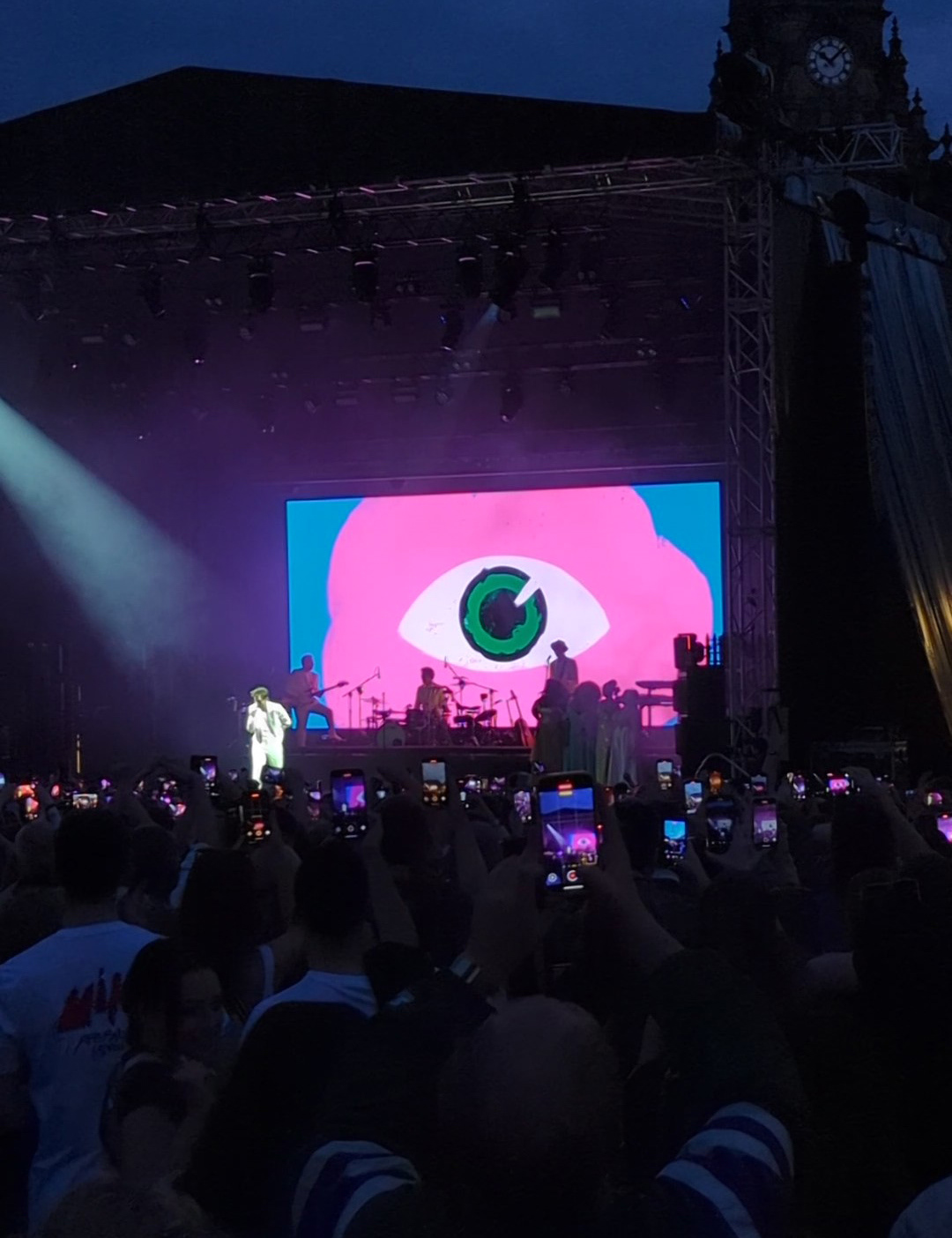
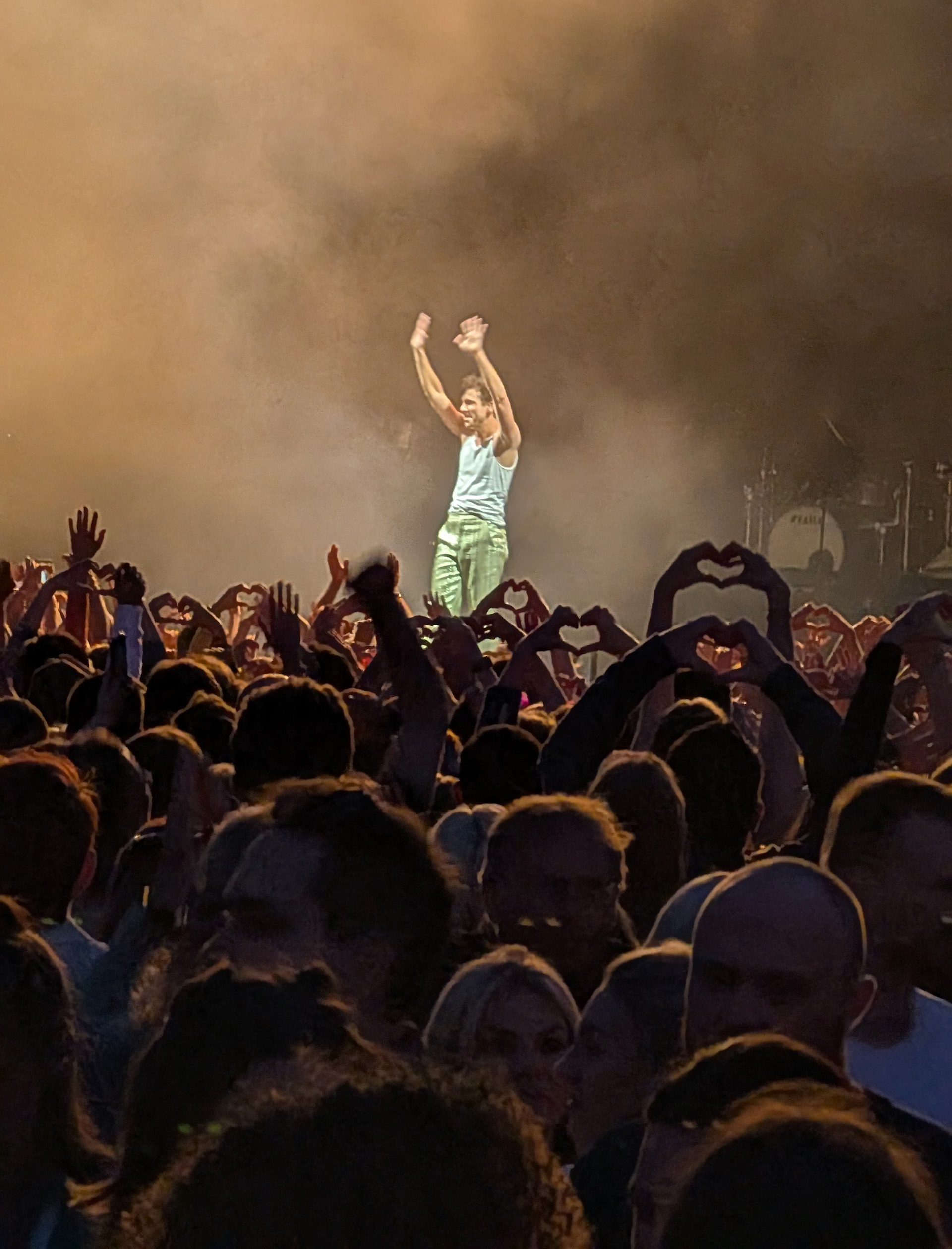

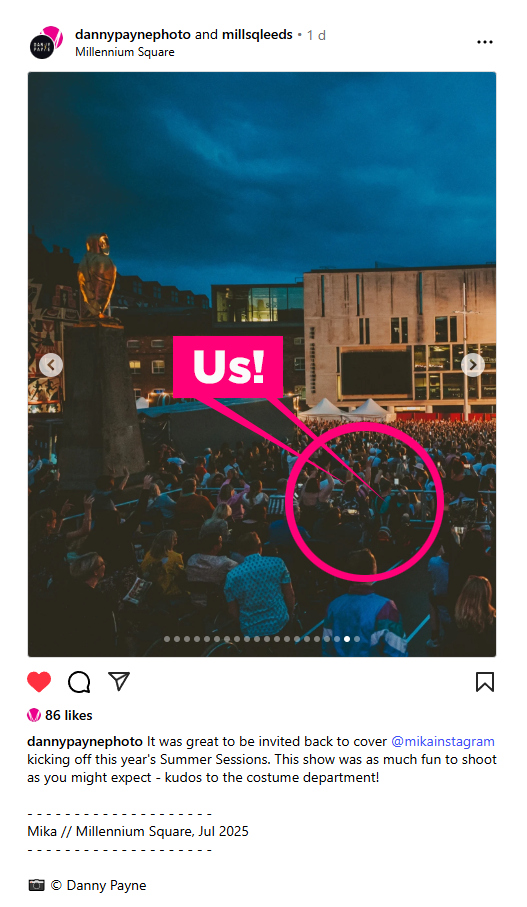
GETTING BACK OUT
As the show finished, the crowd quickly started to move. The Square was well lit to help you find your way around.
A large notice was posted on the video screen on the stage directing the standing crowd to exit at Gates B & C.
There were queues for the portable toilets making the route back to Gate A busy so we just waited a few minutes. By the time we moved (only around 5 minutes, if that!), the Square was almost empty and the exits were clear. We headed back up the incline to Gate A and back the way we came in.
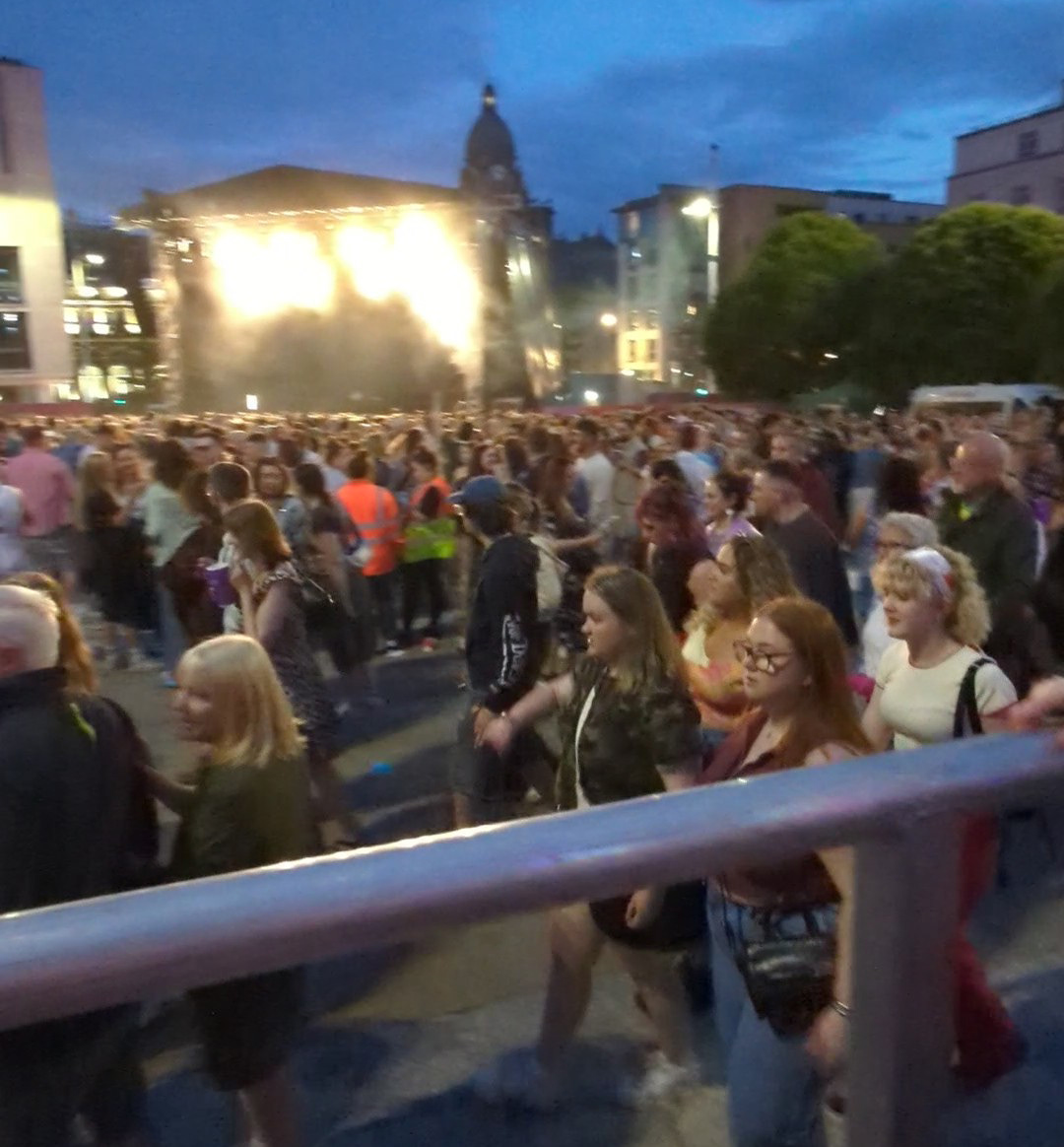
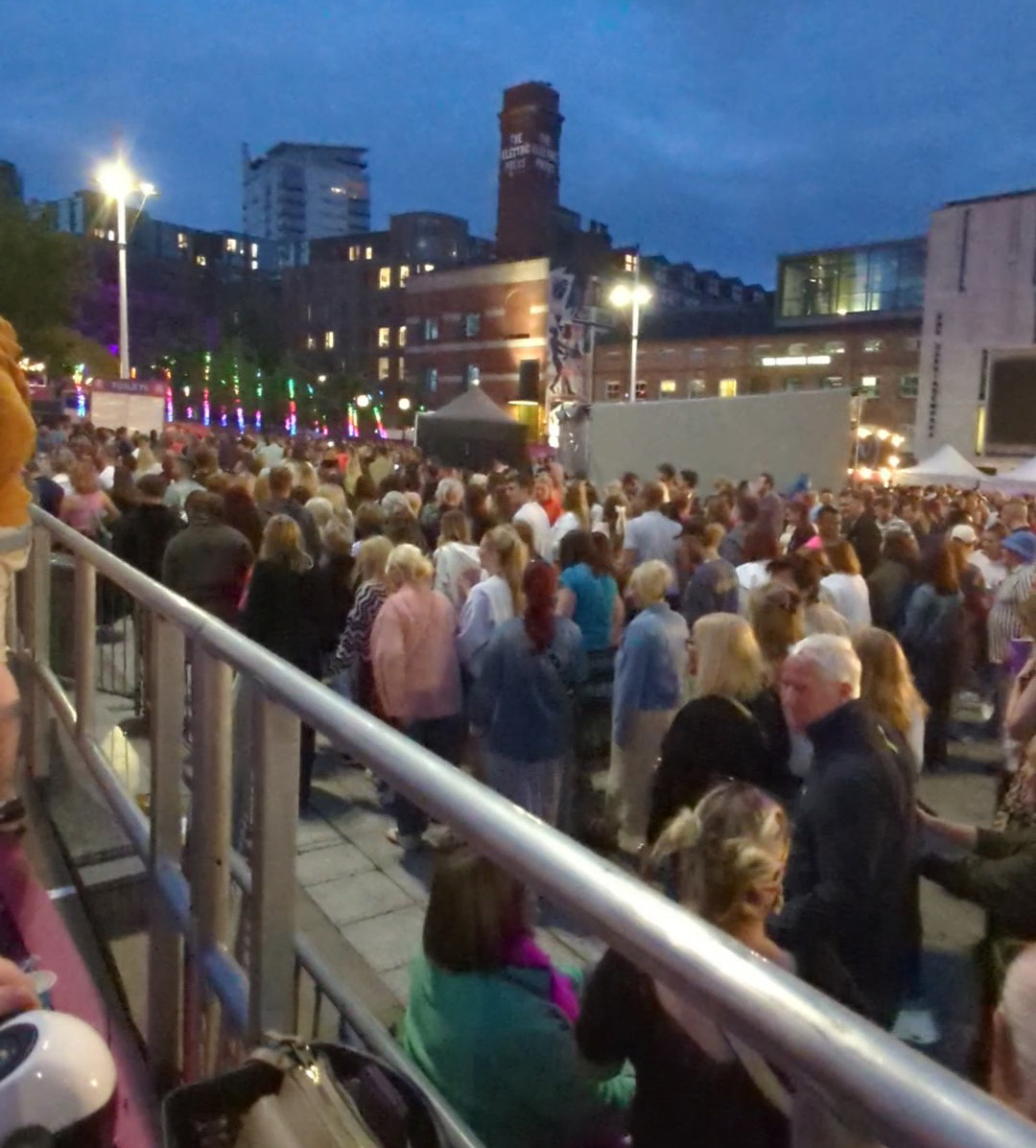

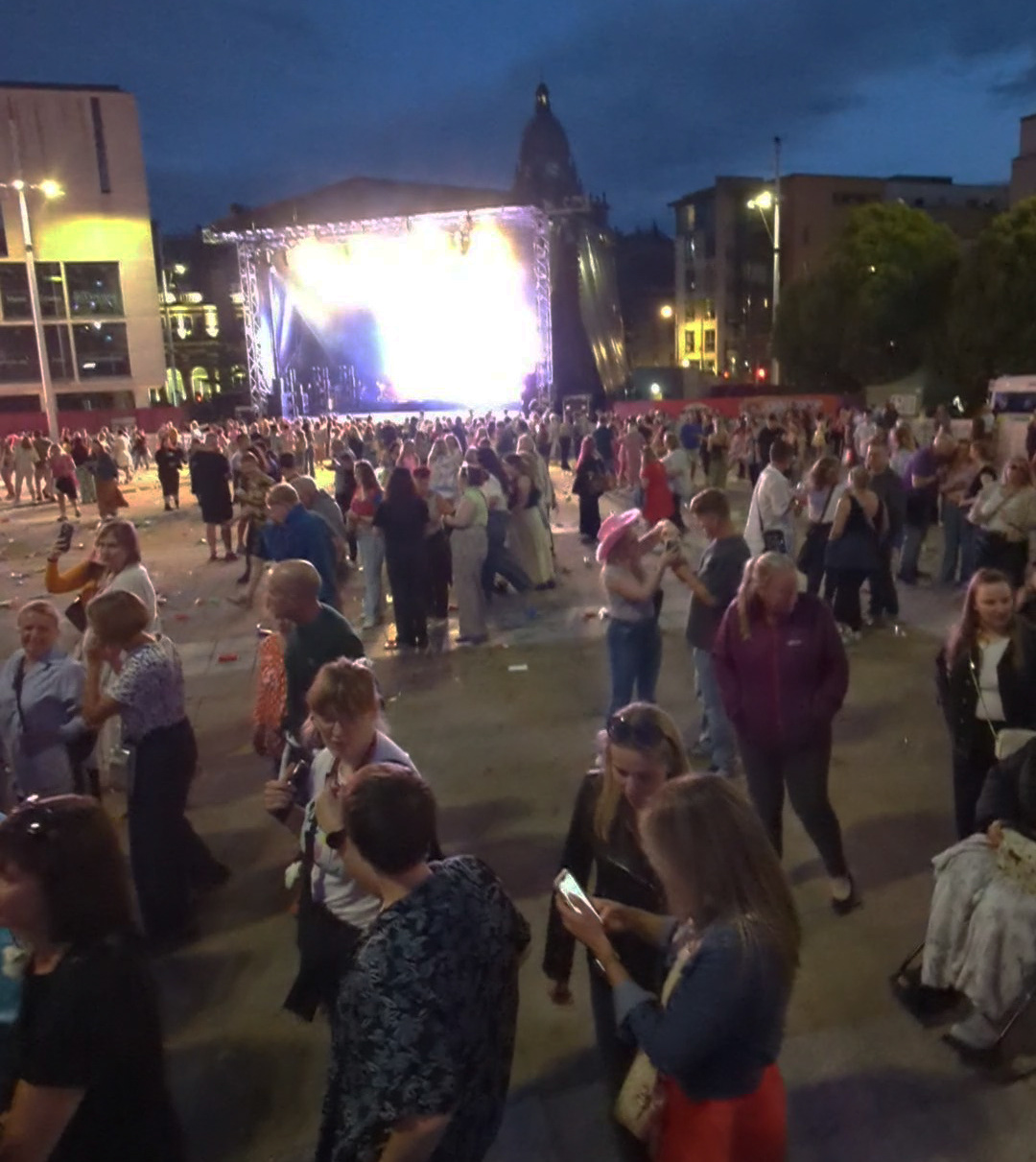
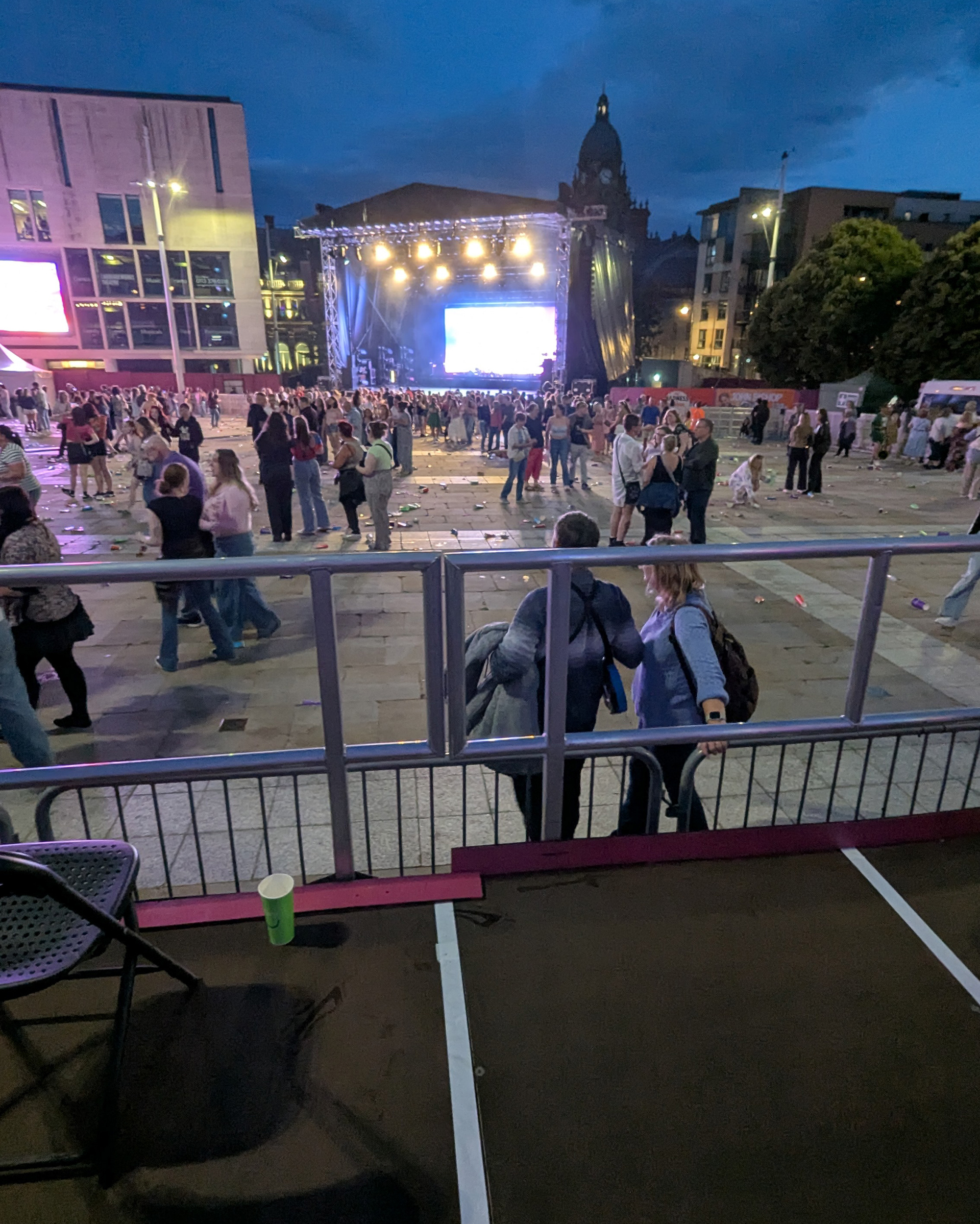
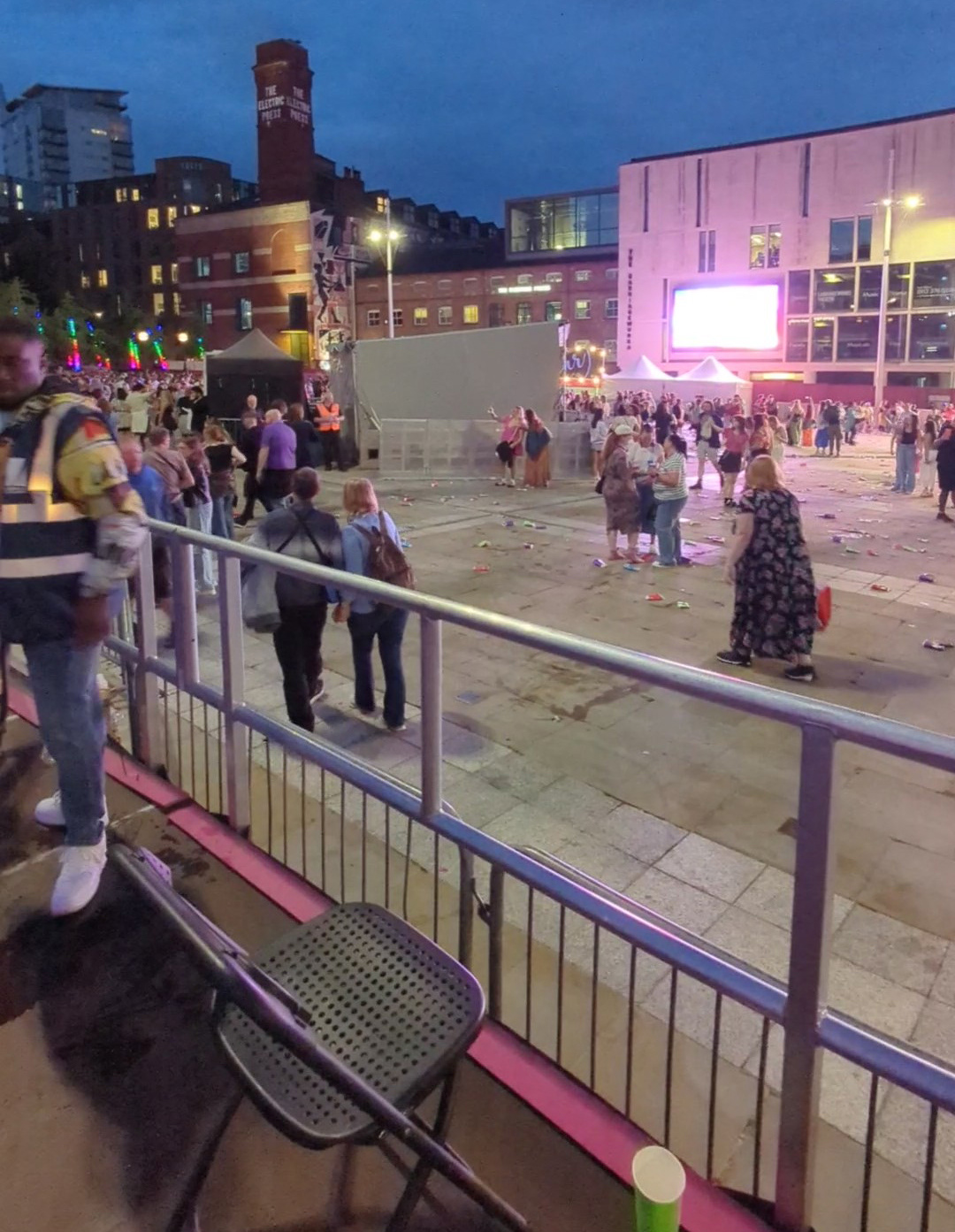

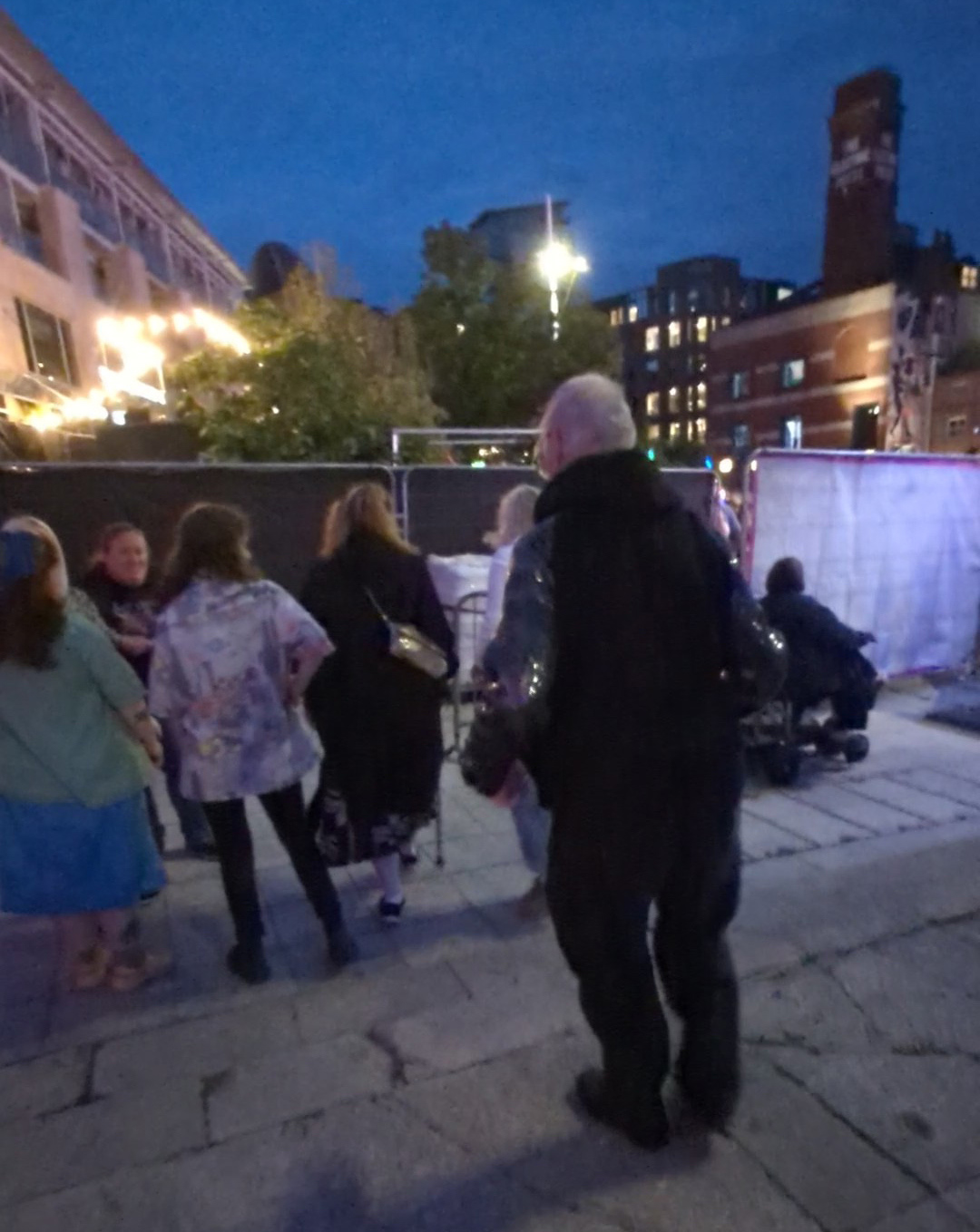
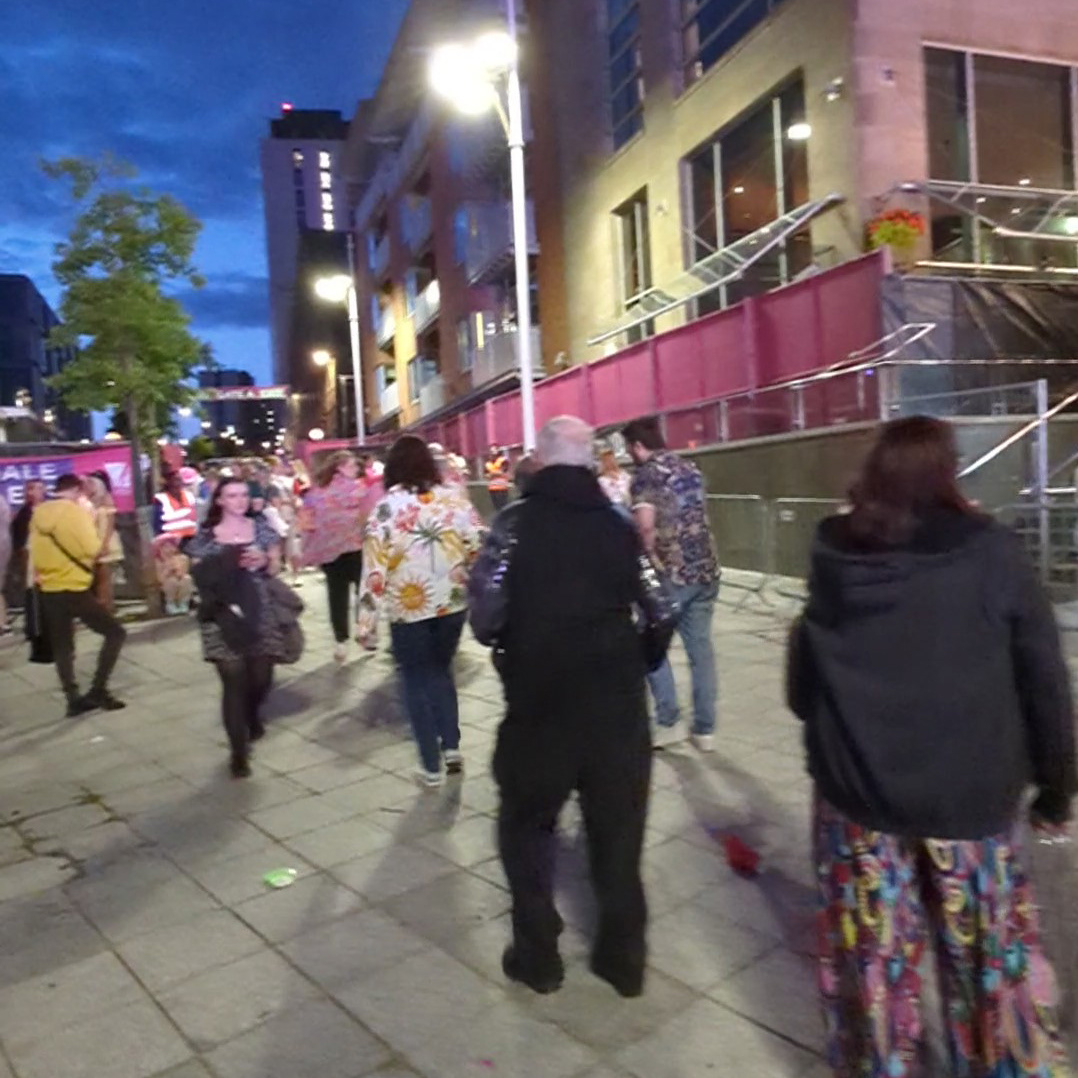
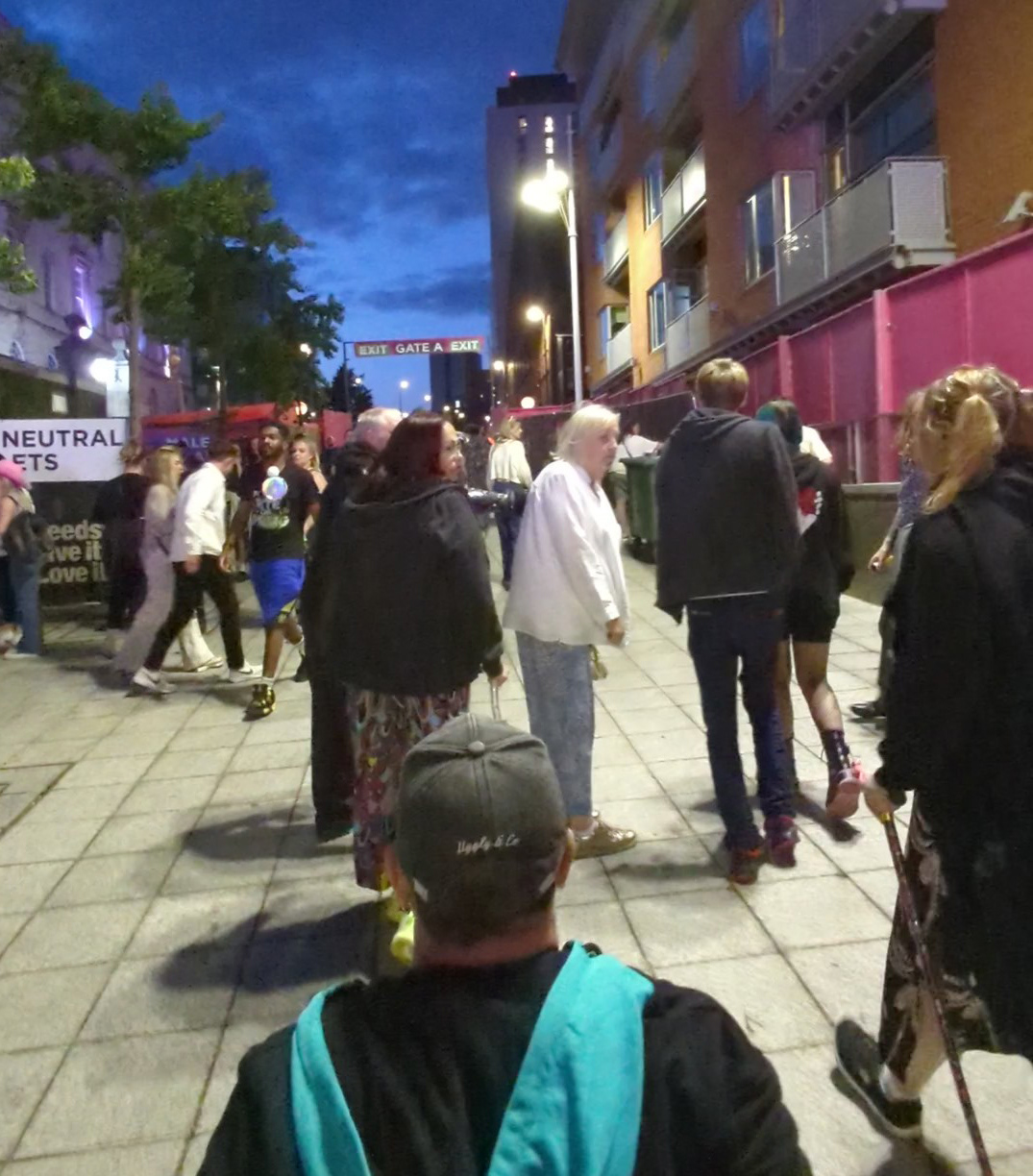
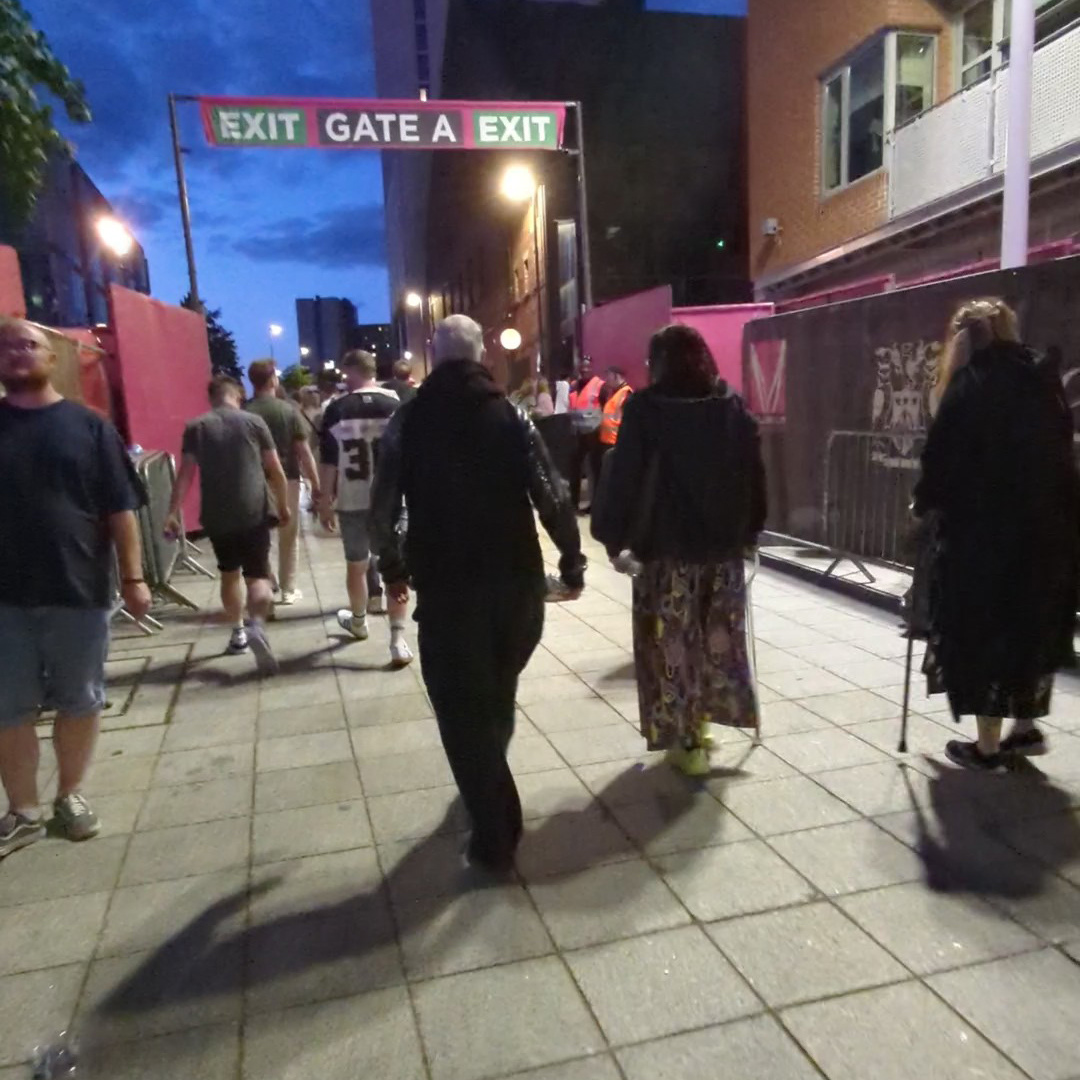
OVERALL EXPERIENCE
MIKA was amazing, as were Scouting for Girls!
The information provided to help you get to the venue could be clearer. Some of the streets named in the instructions were not shown on the map, and the map didn’t indicate the location of the gates. If, on the day, you arrive at the wrong gate, there is no signage to help you find your way to where you need to be.
There was a noticeable lack of staff at the gates before they opened. No one to ask for assistance or to organise the queues. No signage to indicate a designated access lane.
Platform placement and organisation were good, and having exclusive, accessible toilets close by was a significant advantage. The platform felt safe and there was plenty of space.
The atmosphere was good and there was no trouble. I suppose this could change depending on who is performing.
Overall, certainly somewhere I’d consider visiting again in the future. It’s a decent size capacity but has the feel of being a smaller event.

